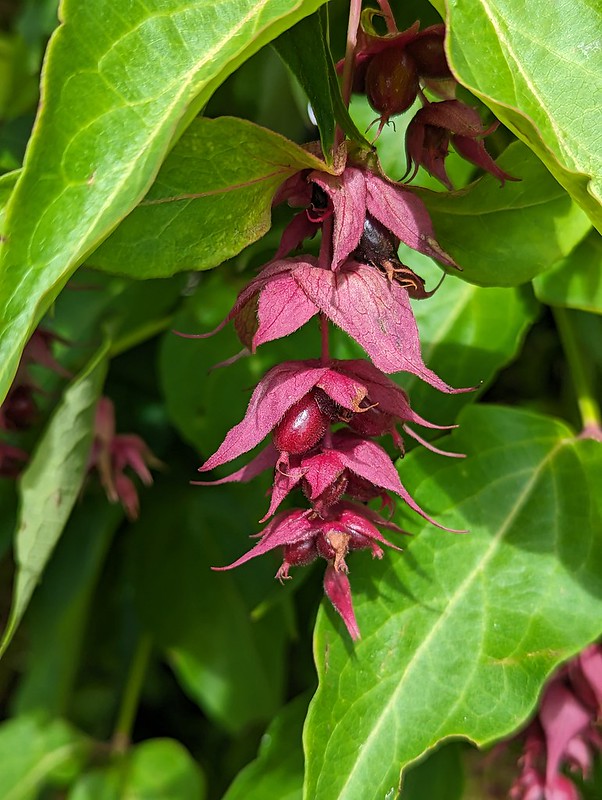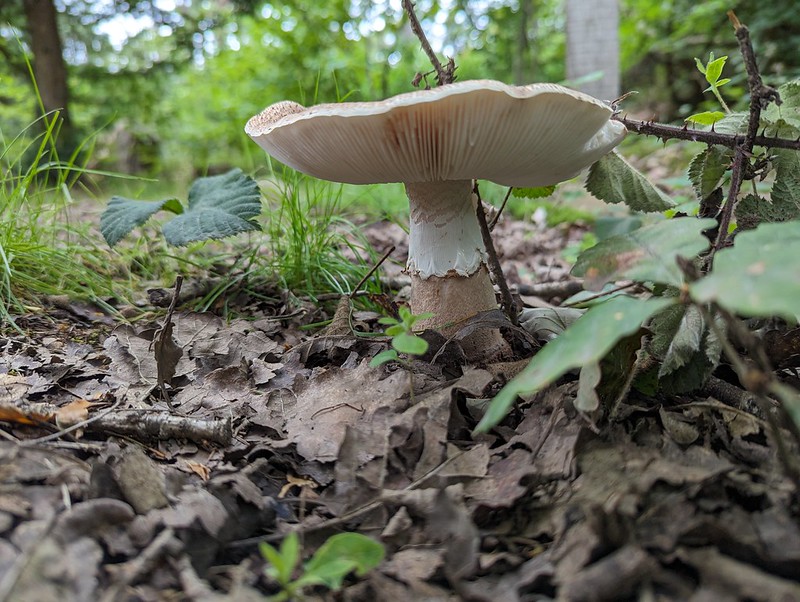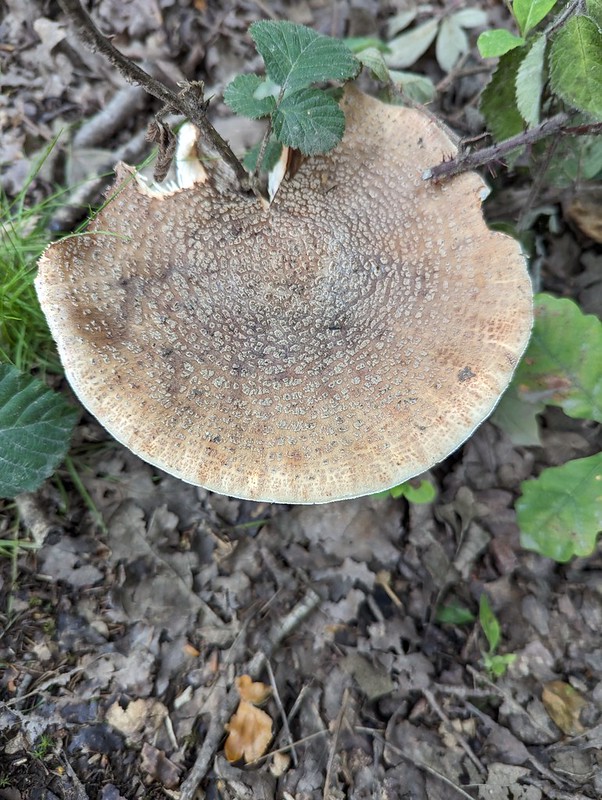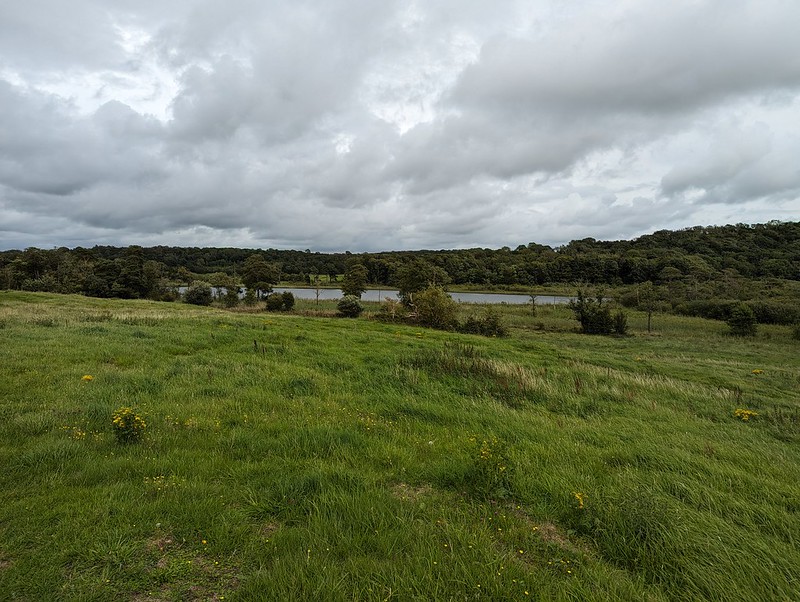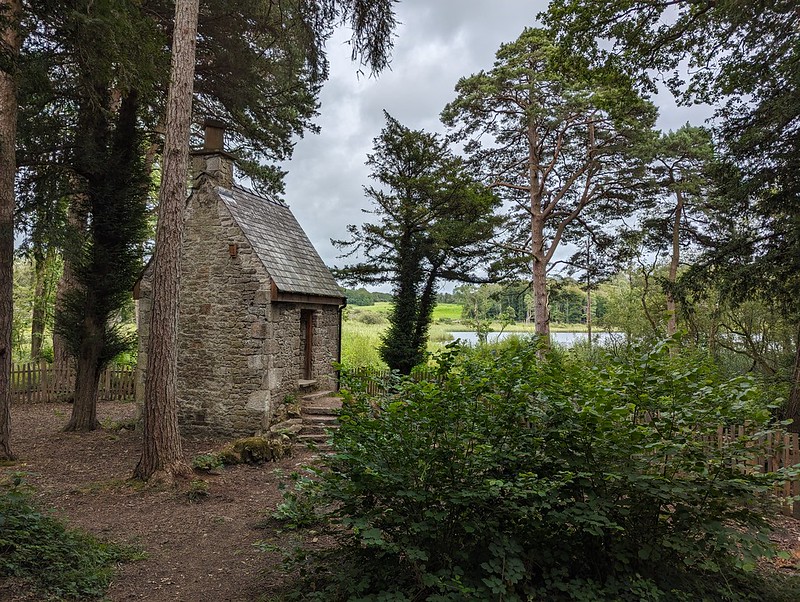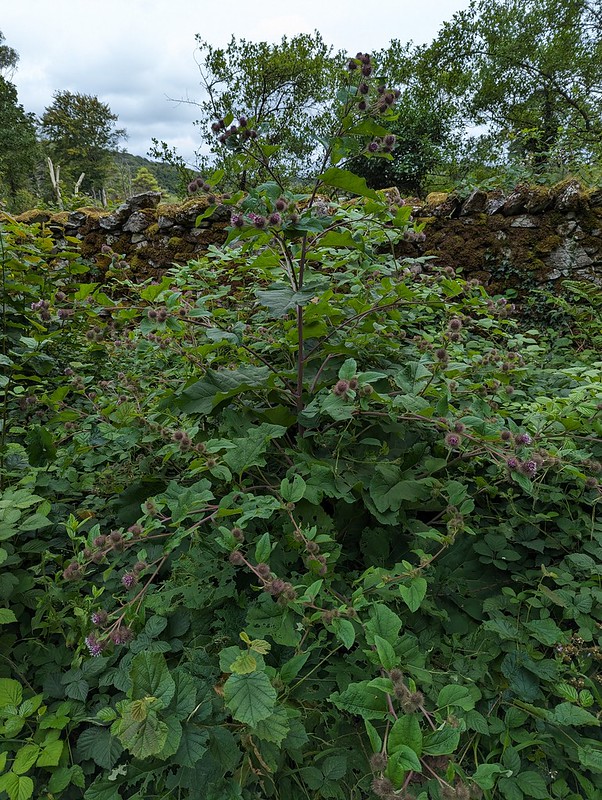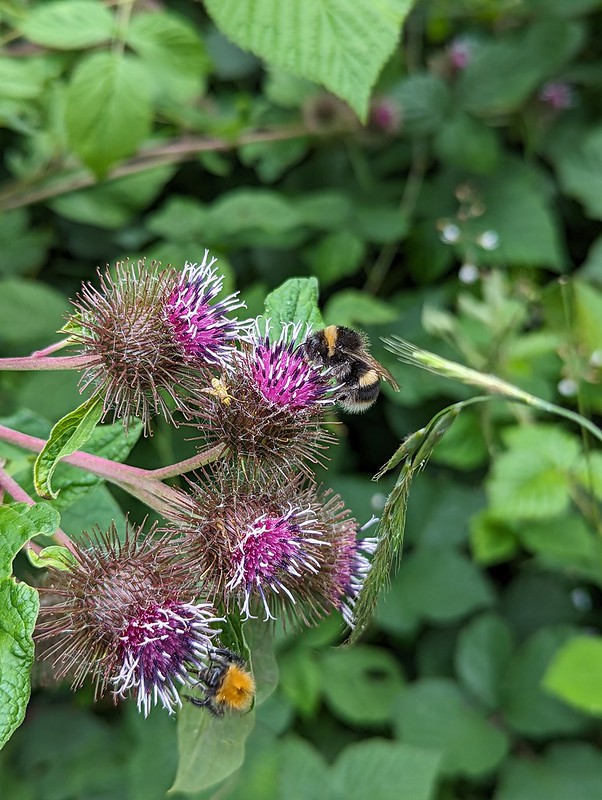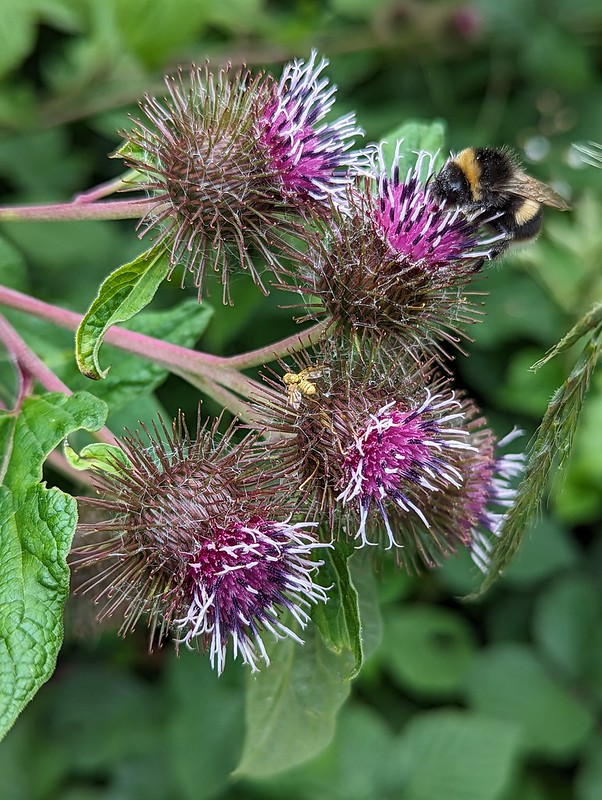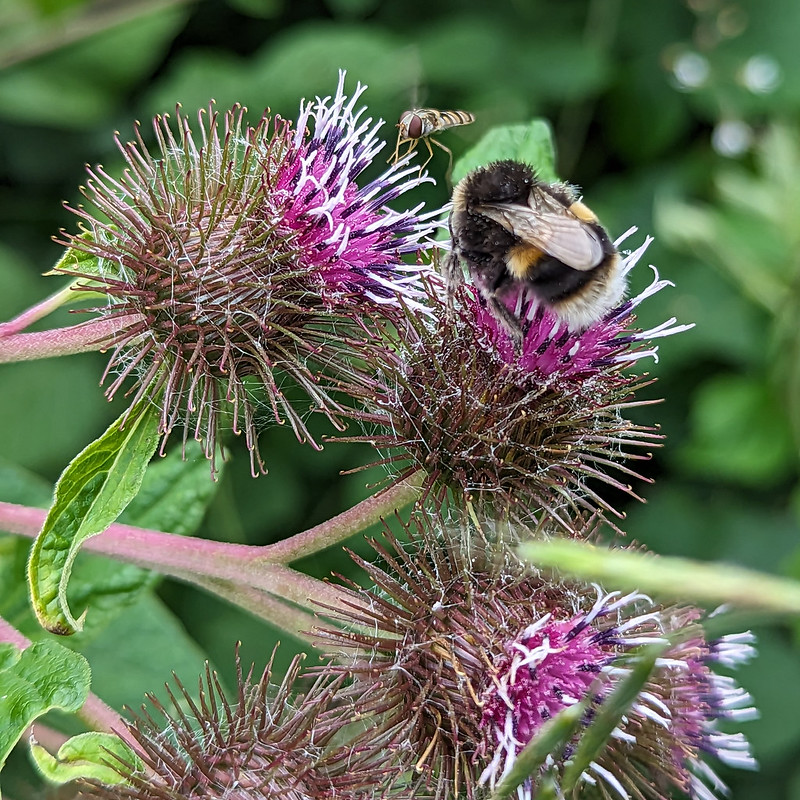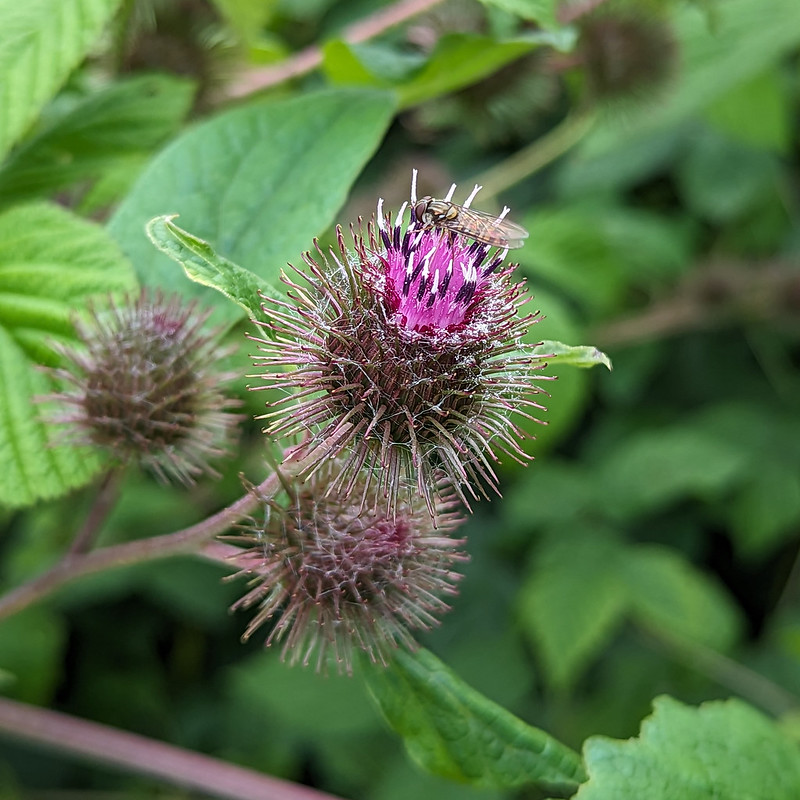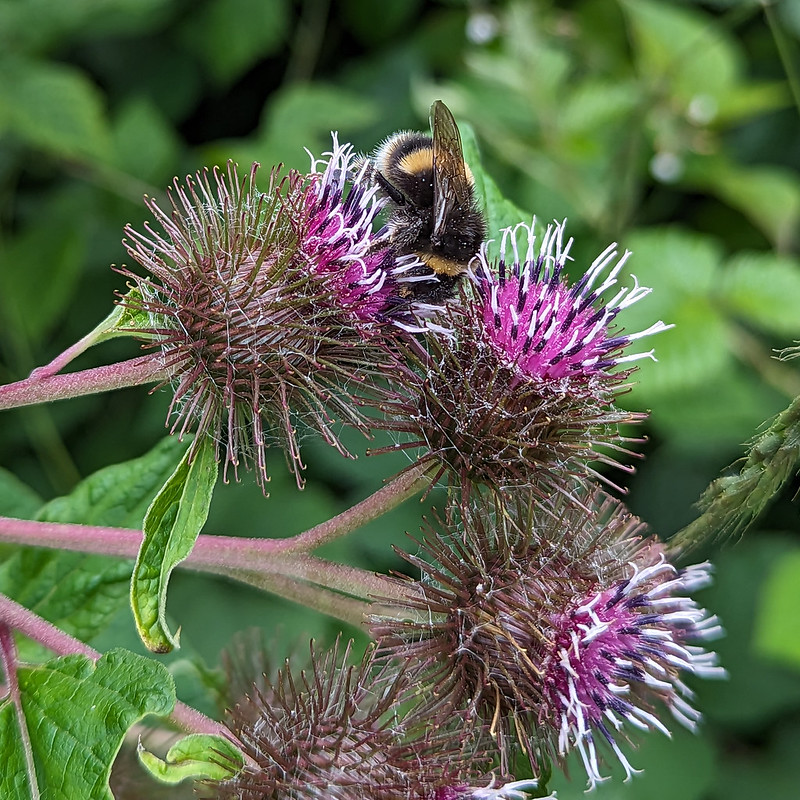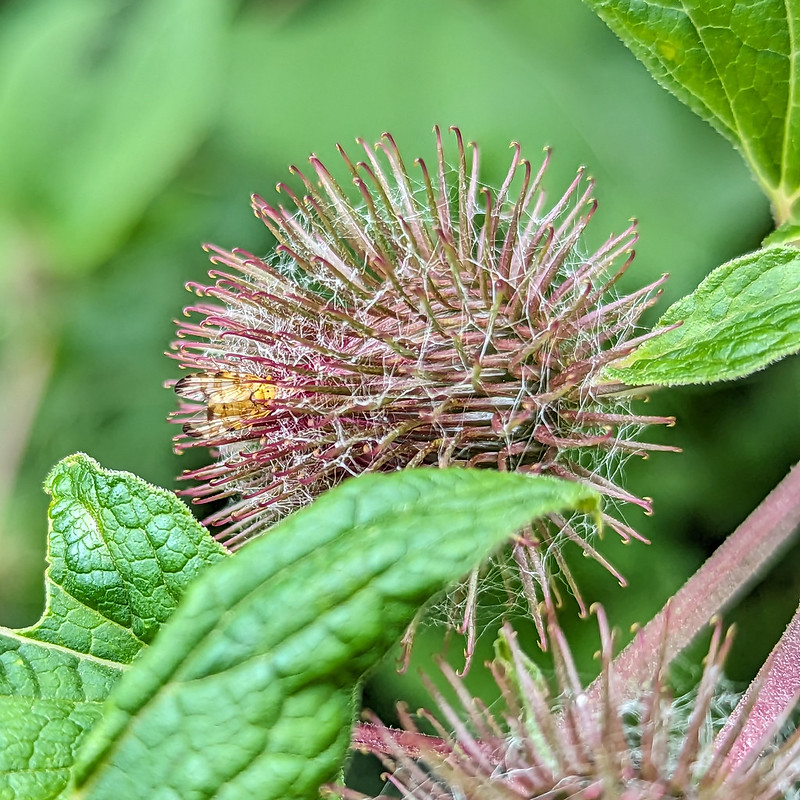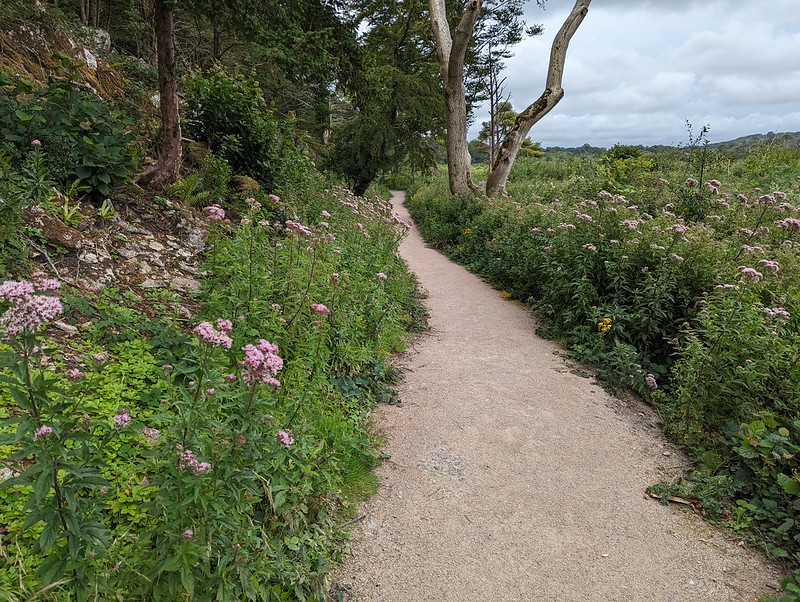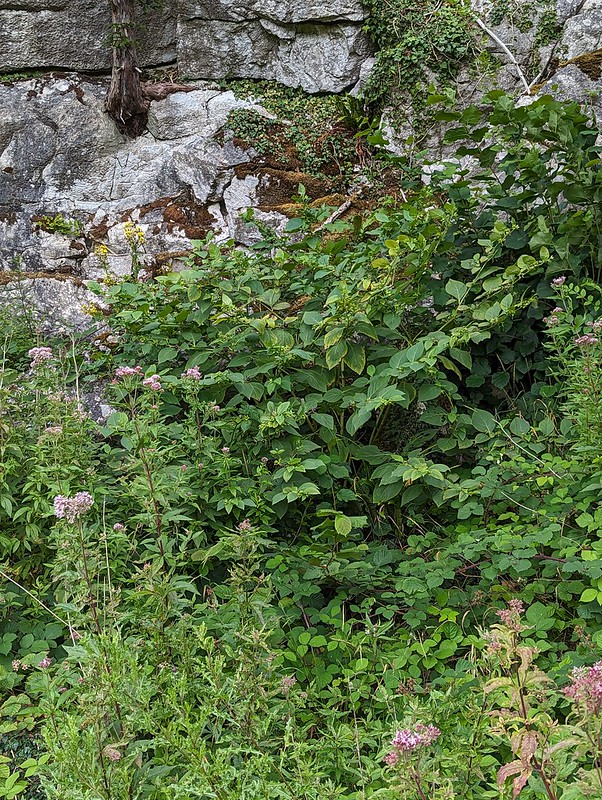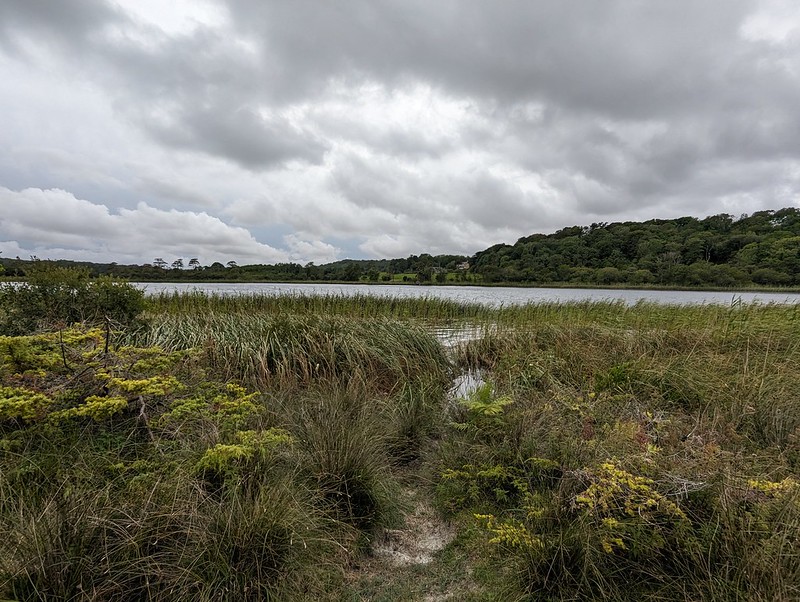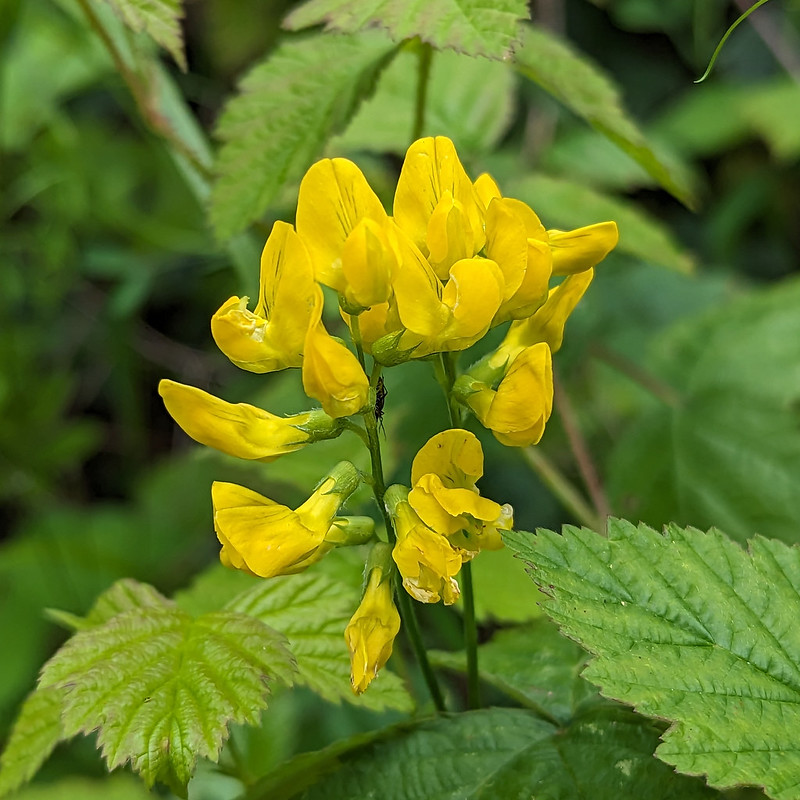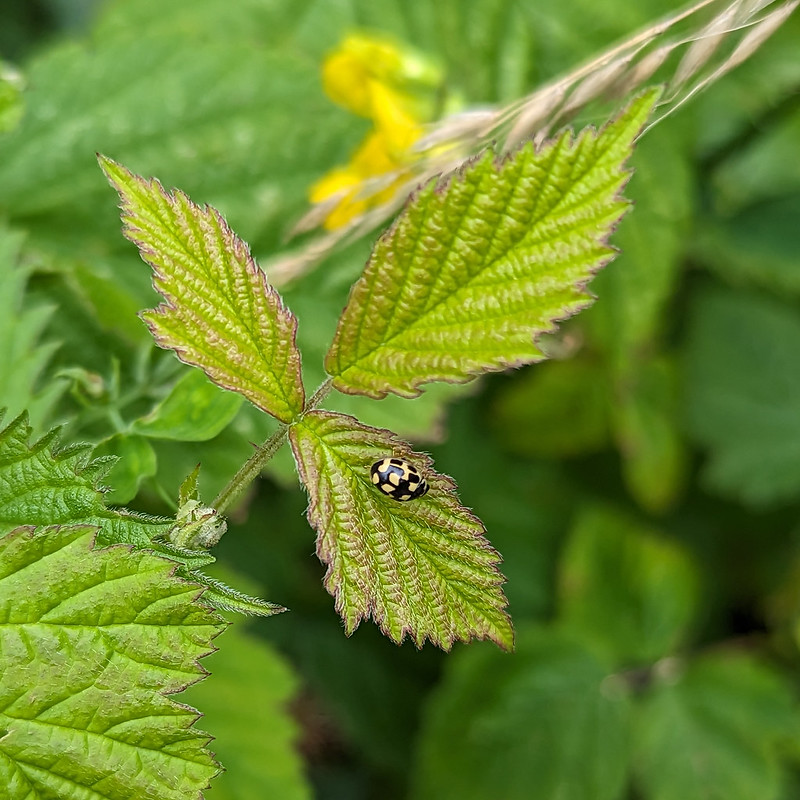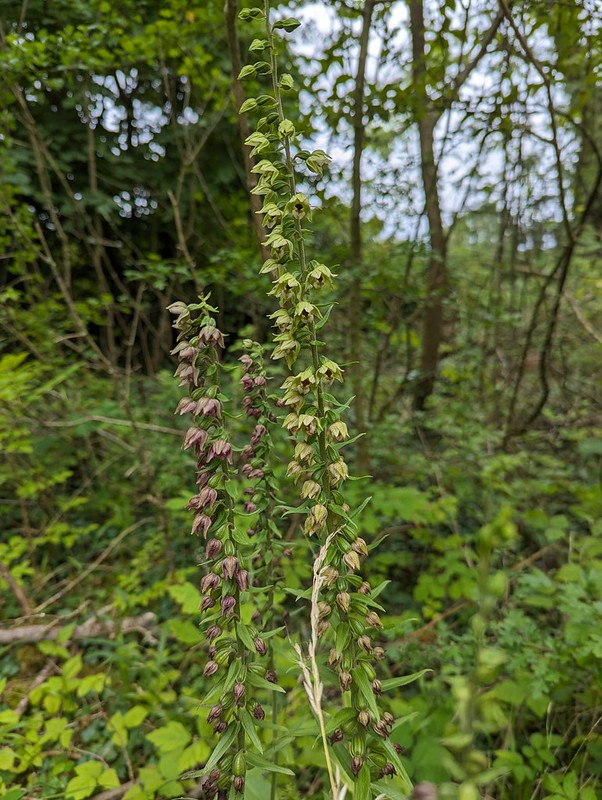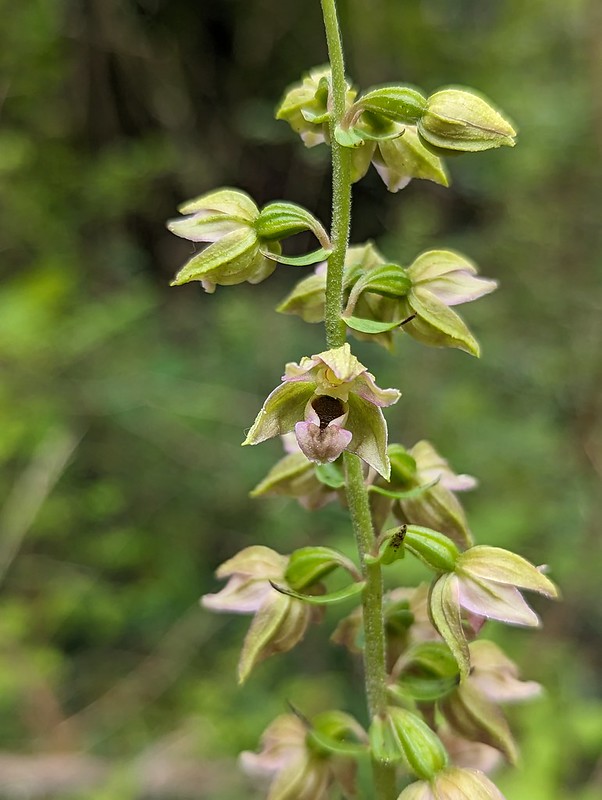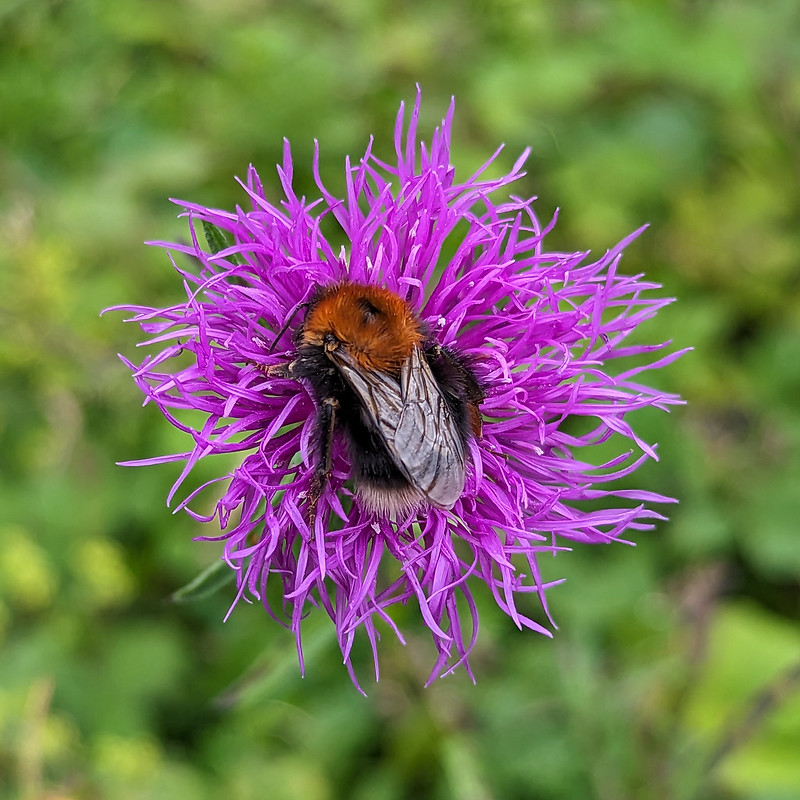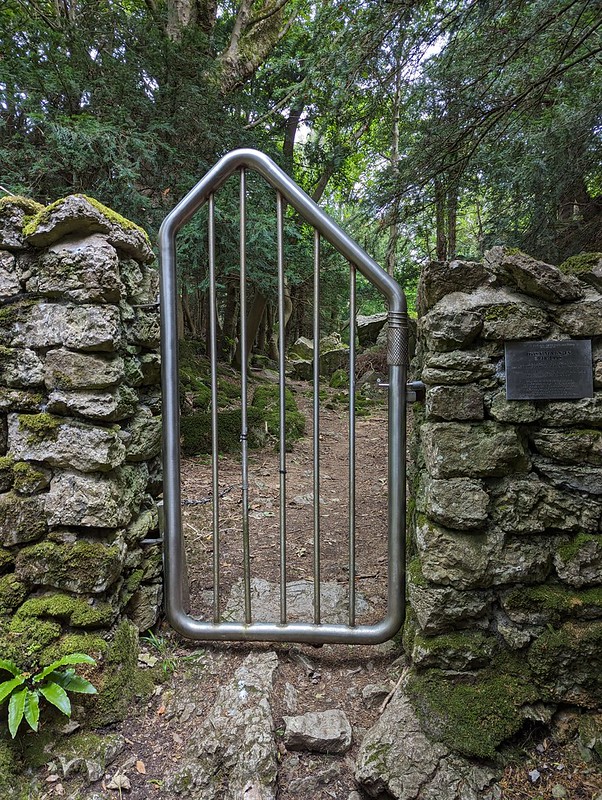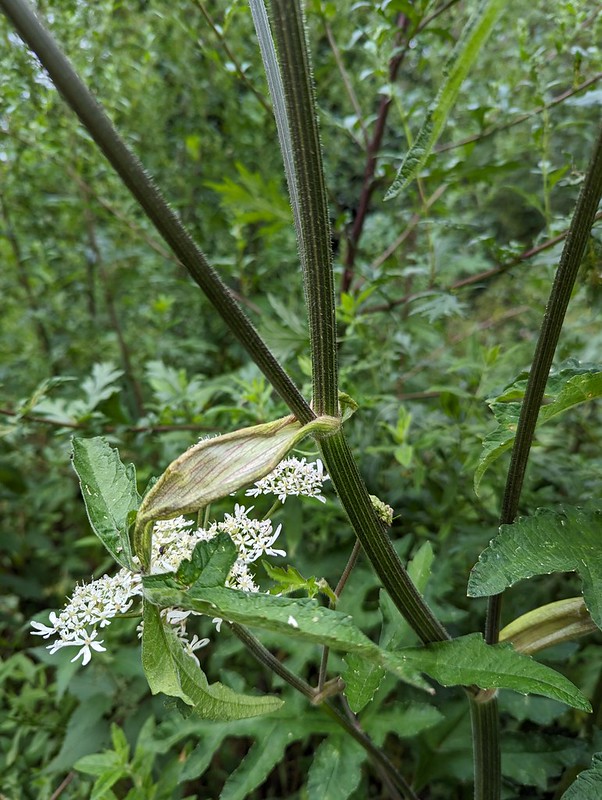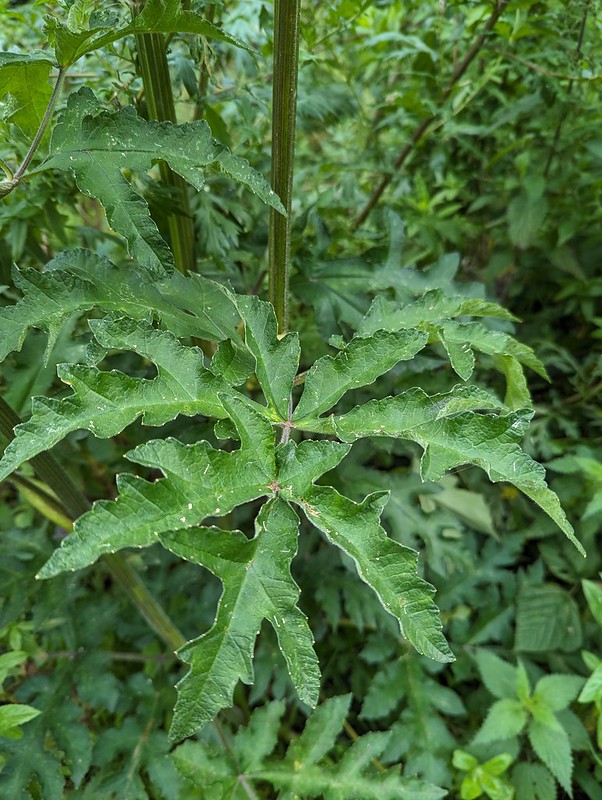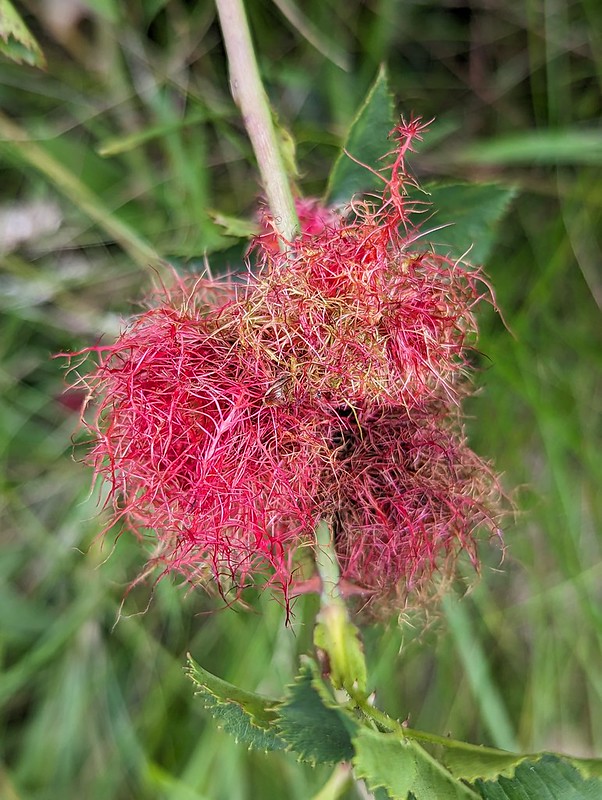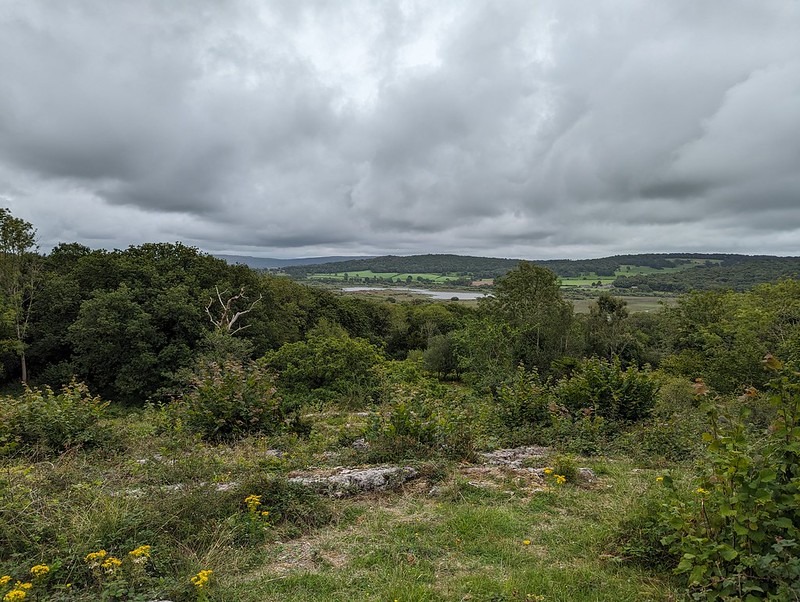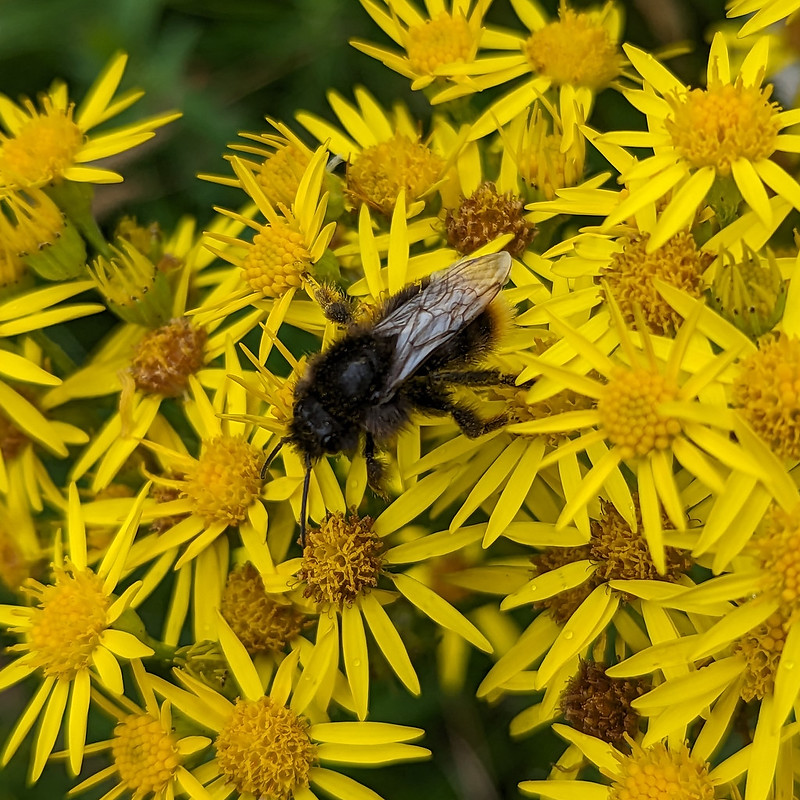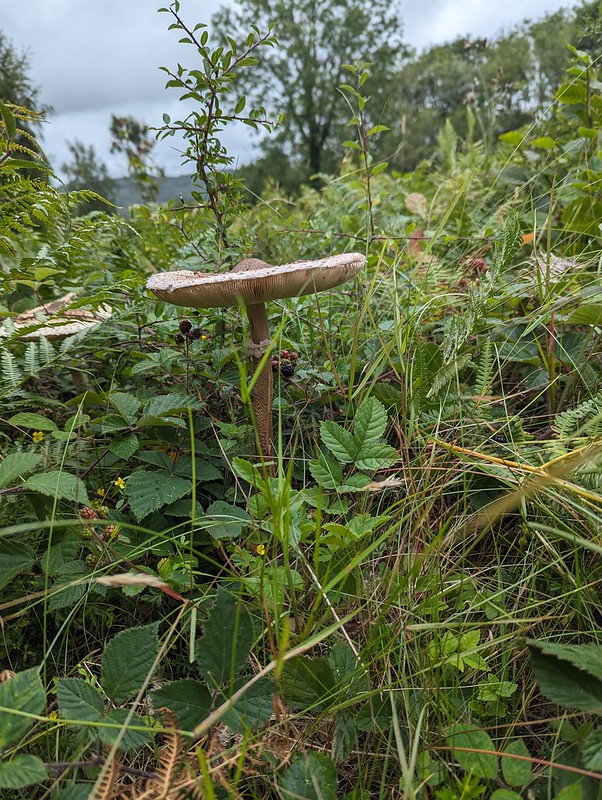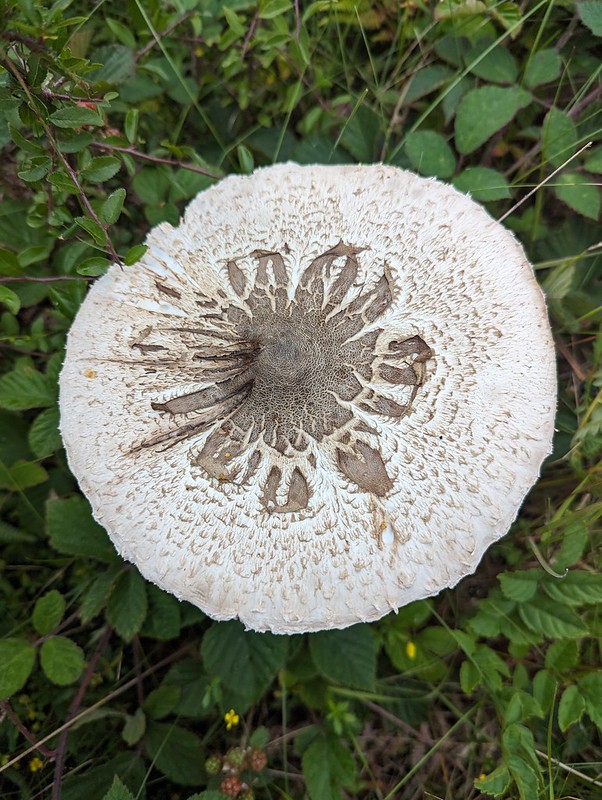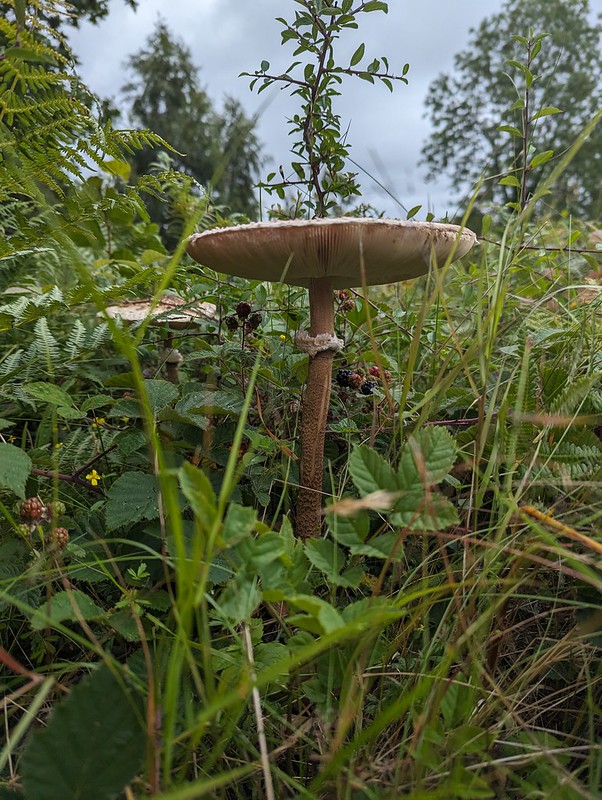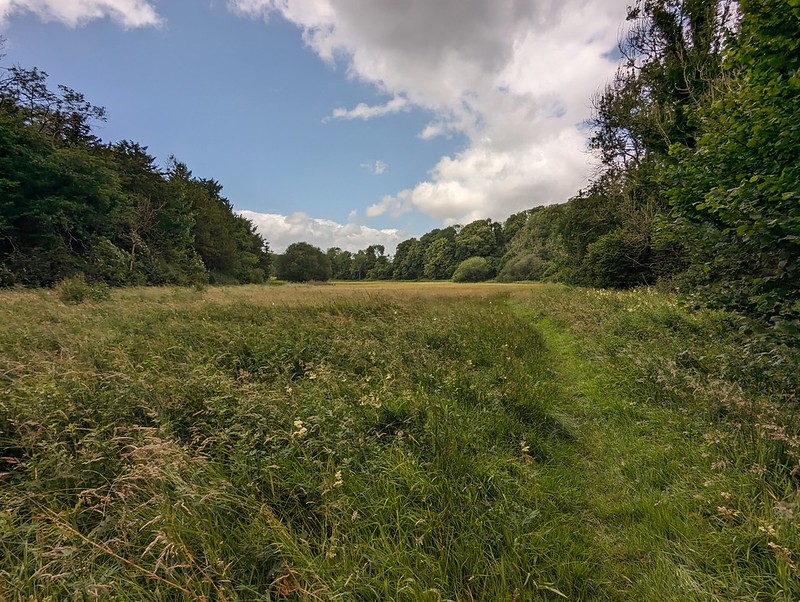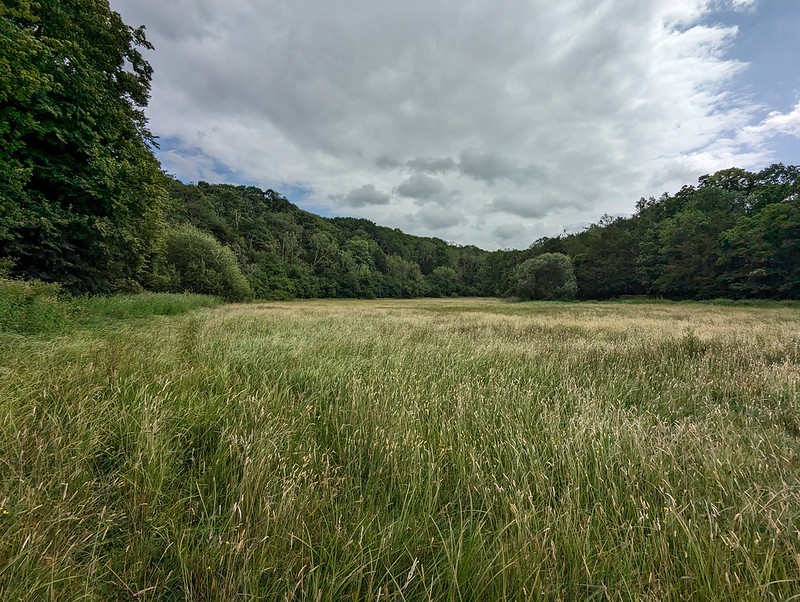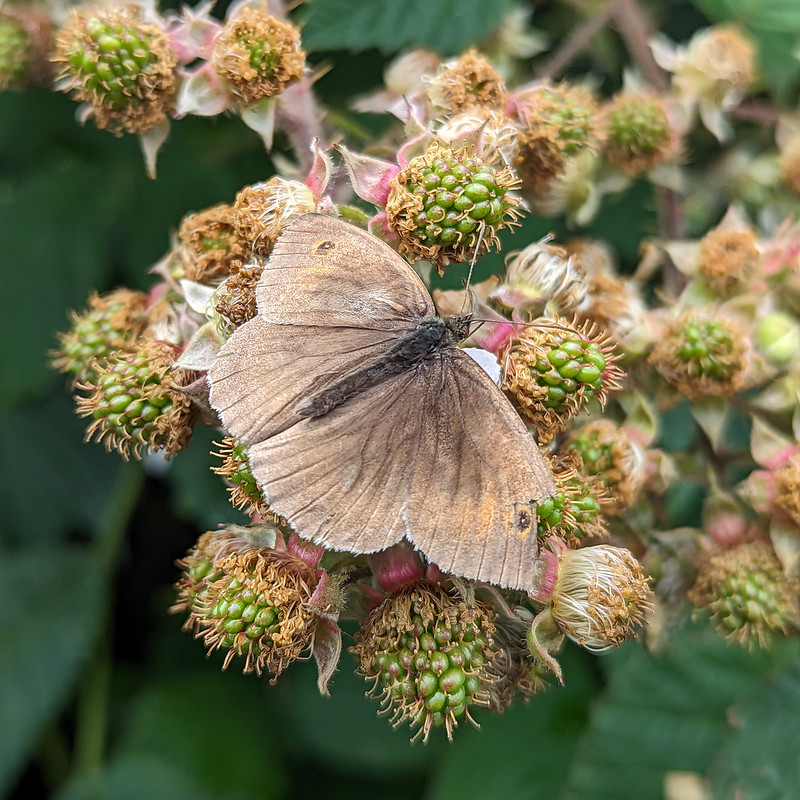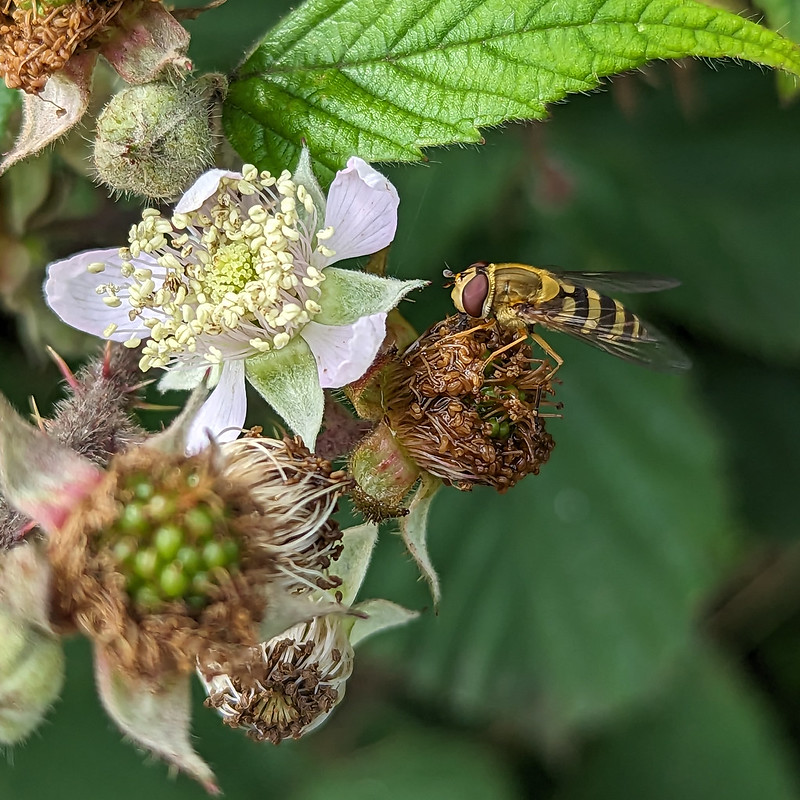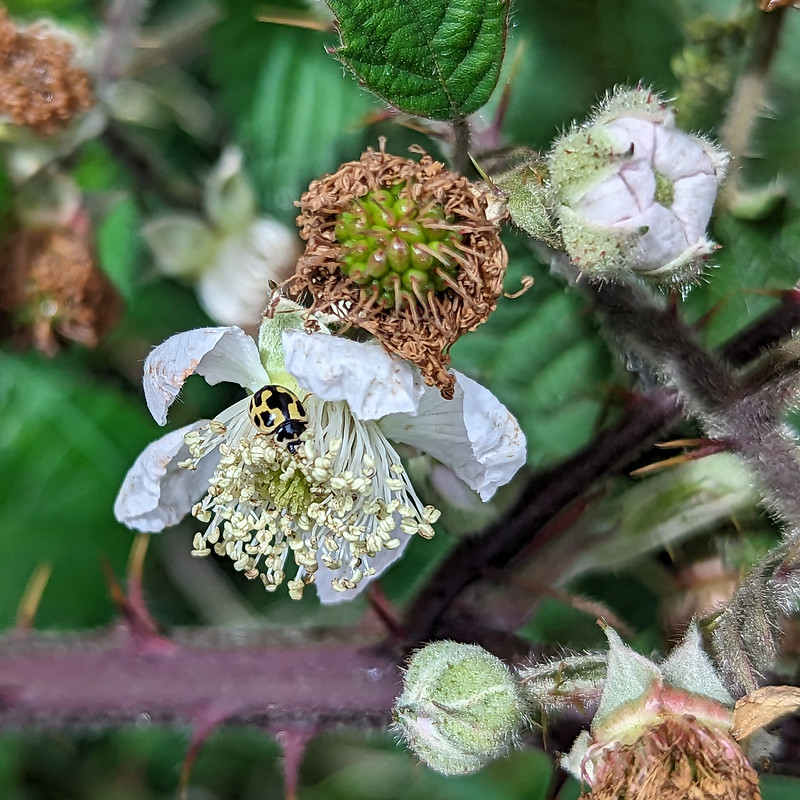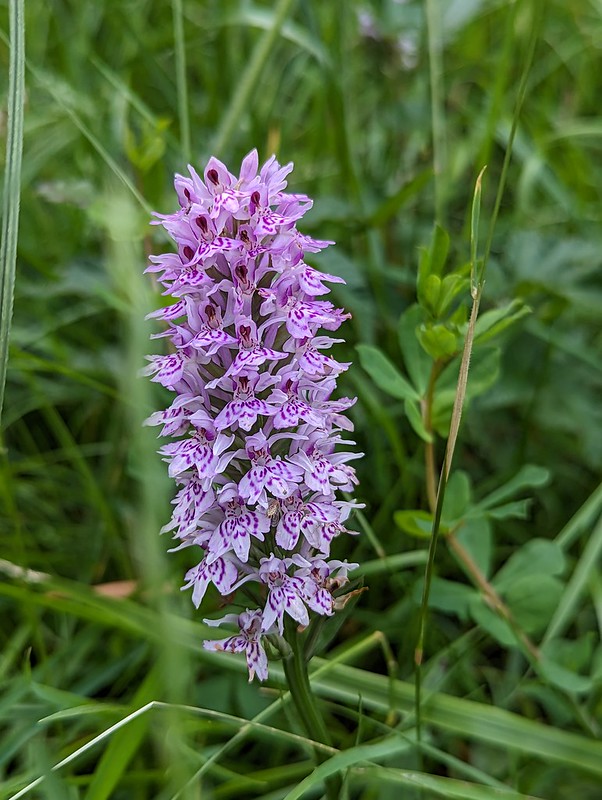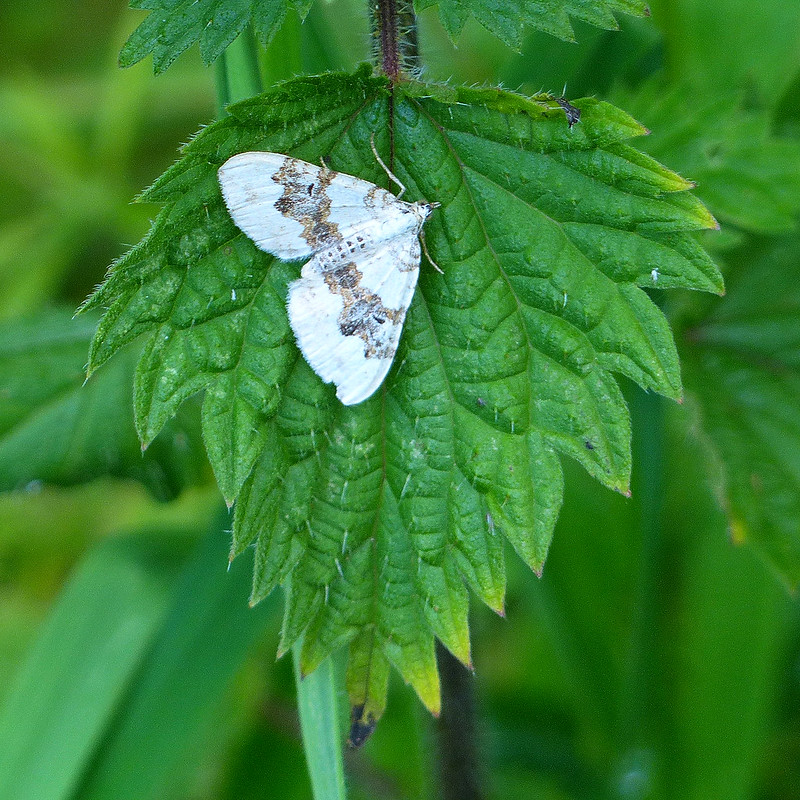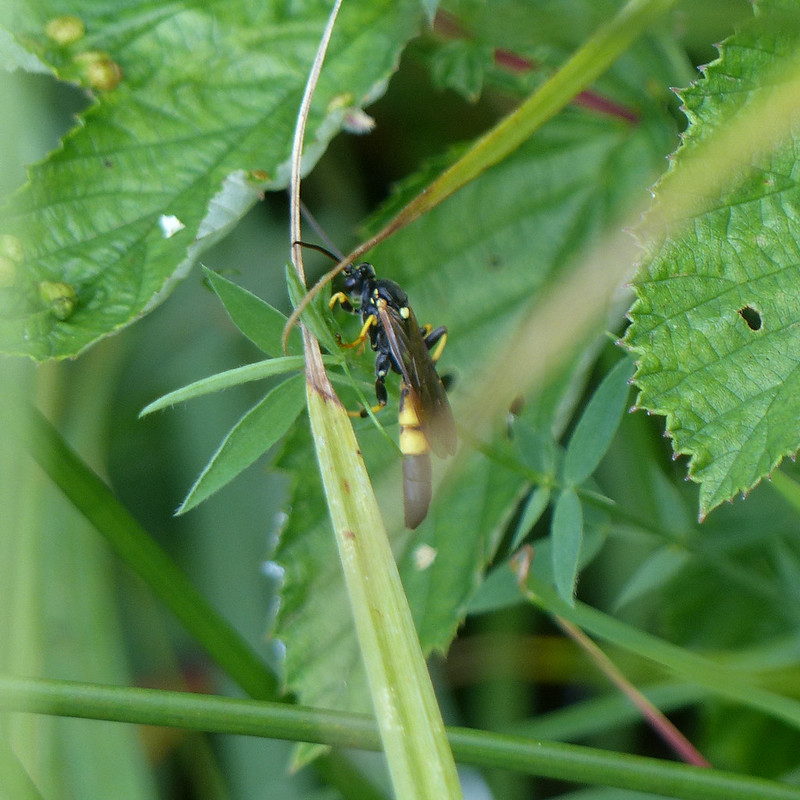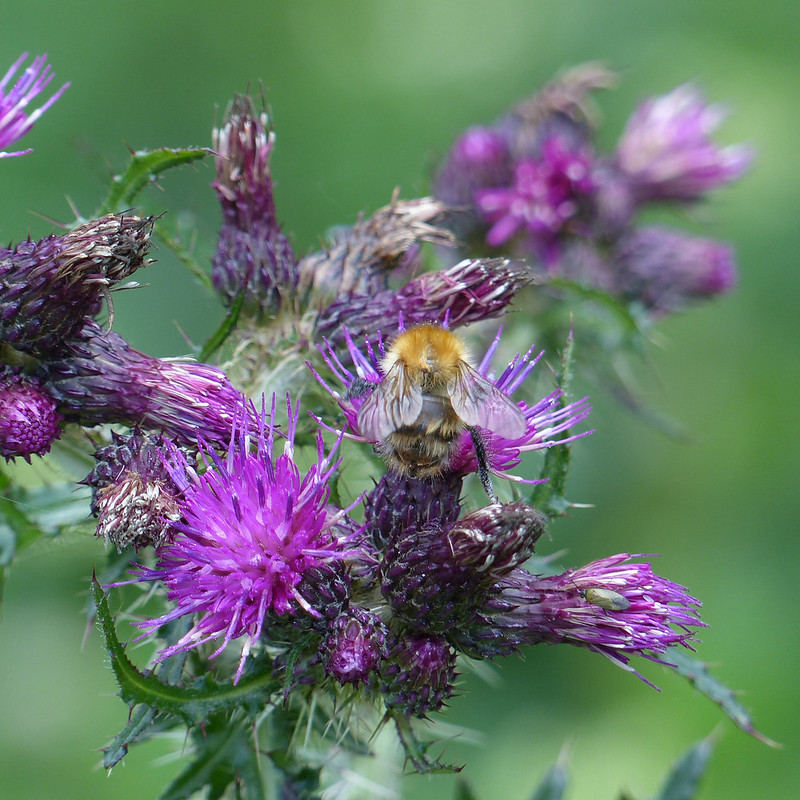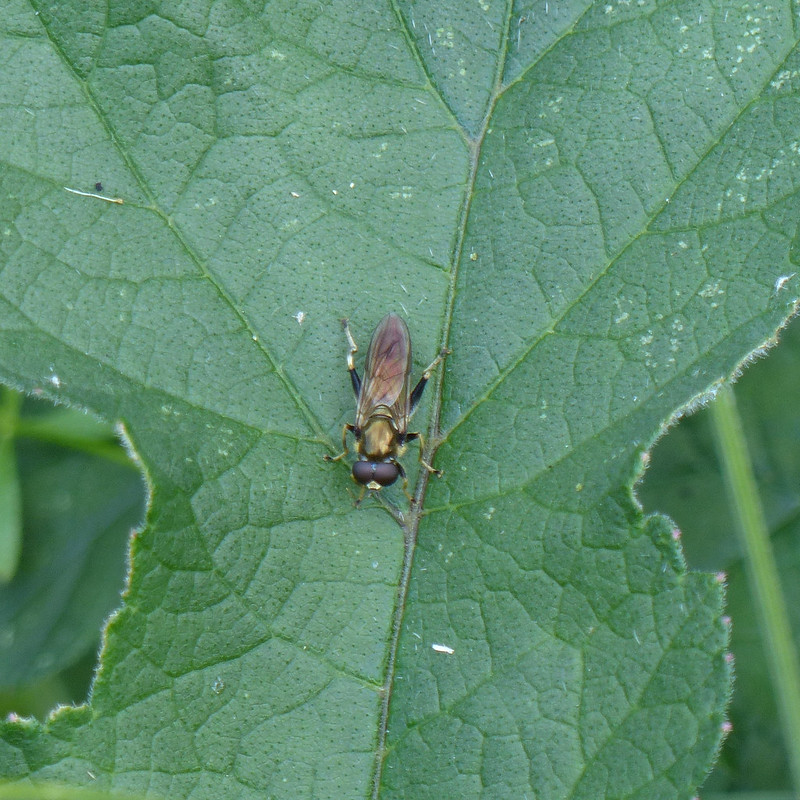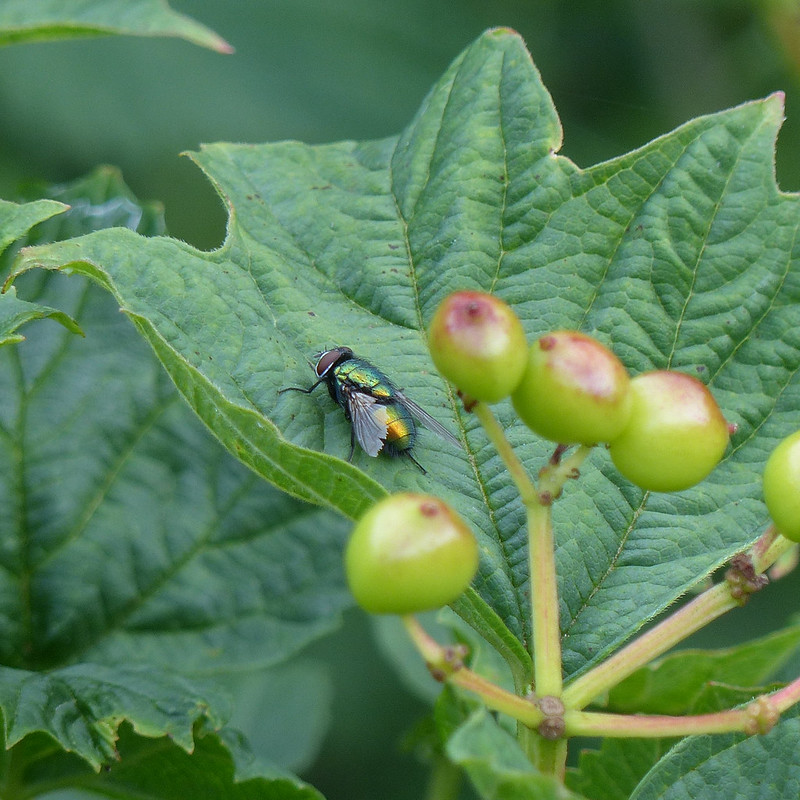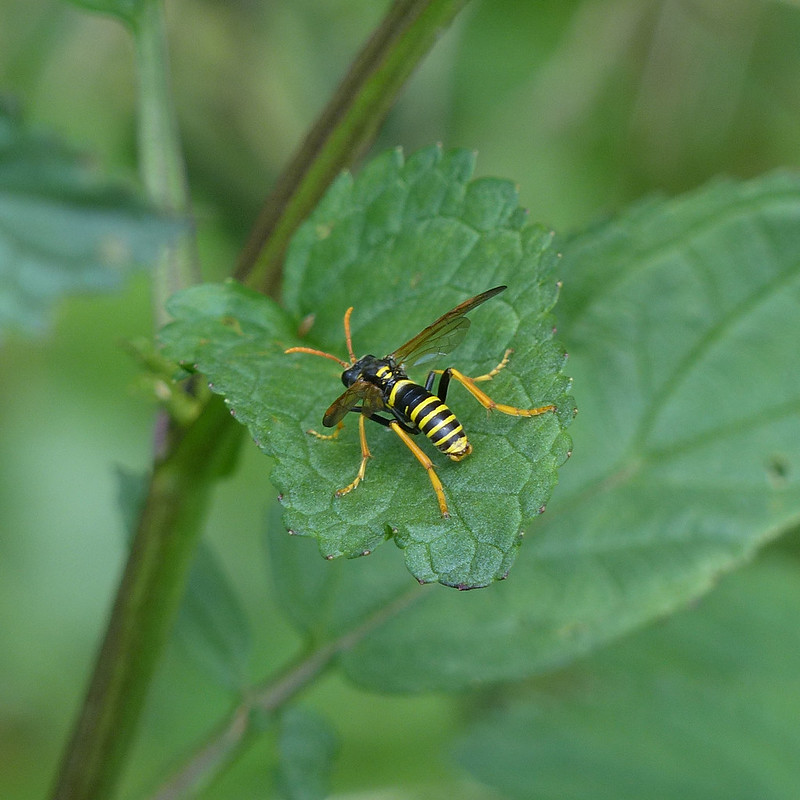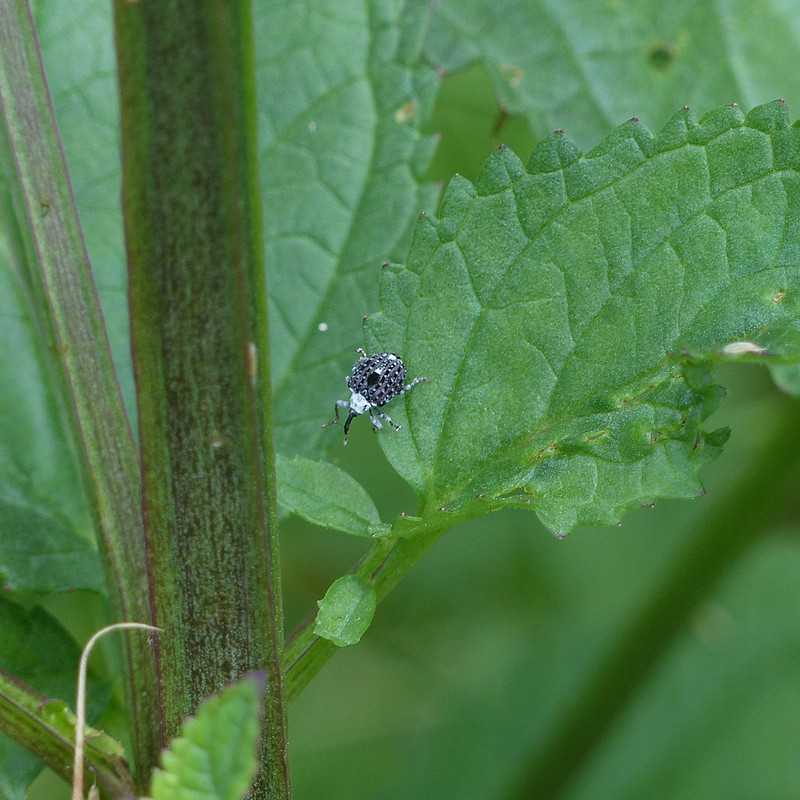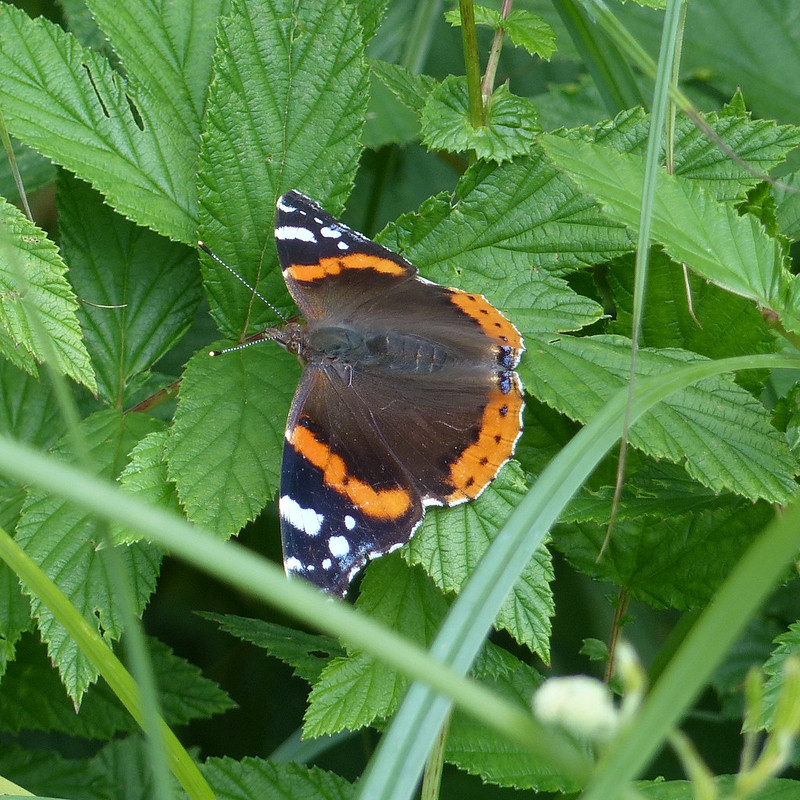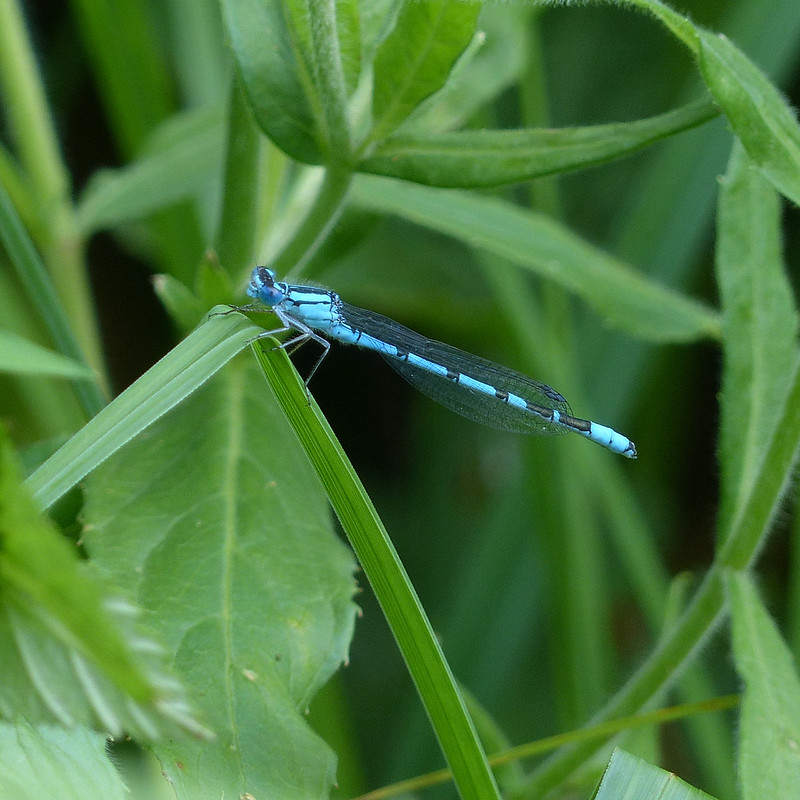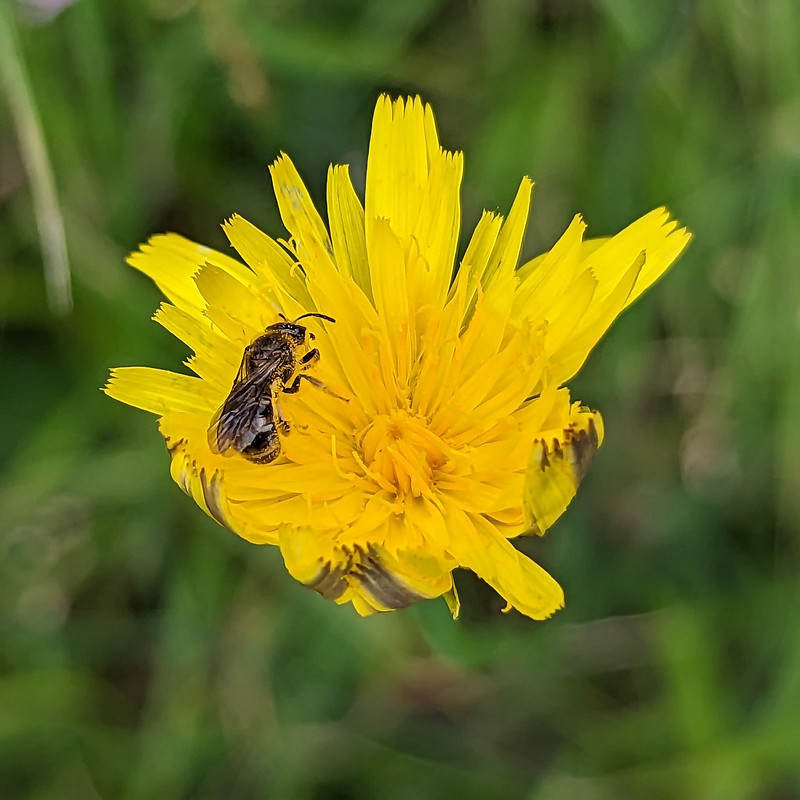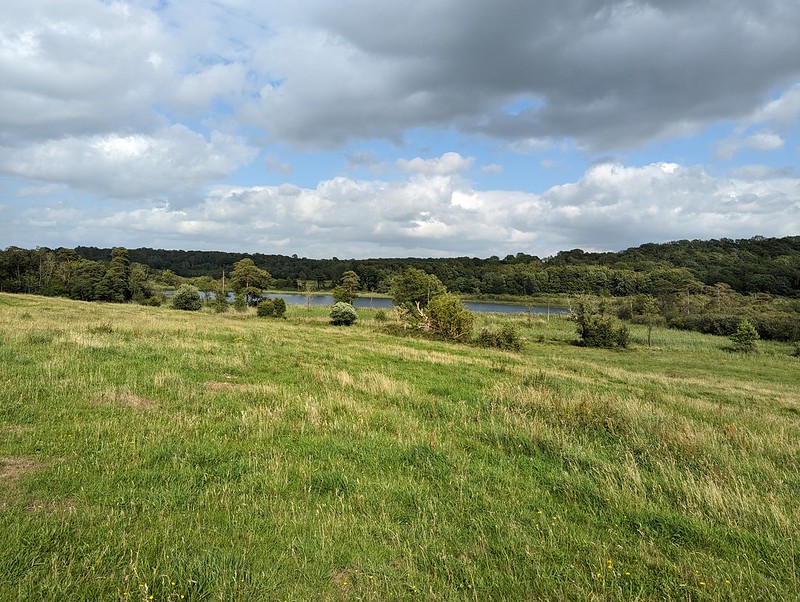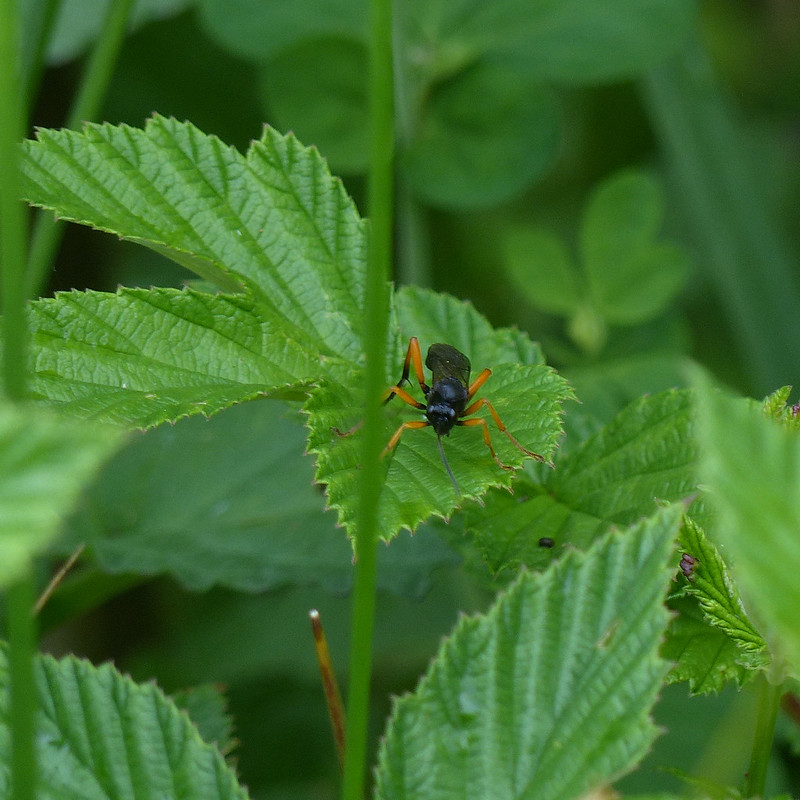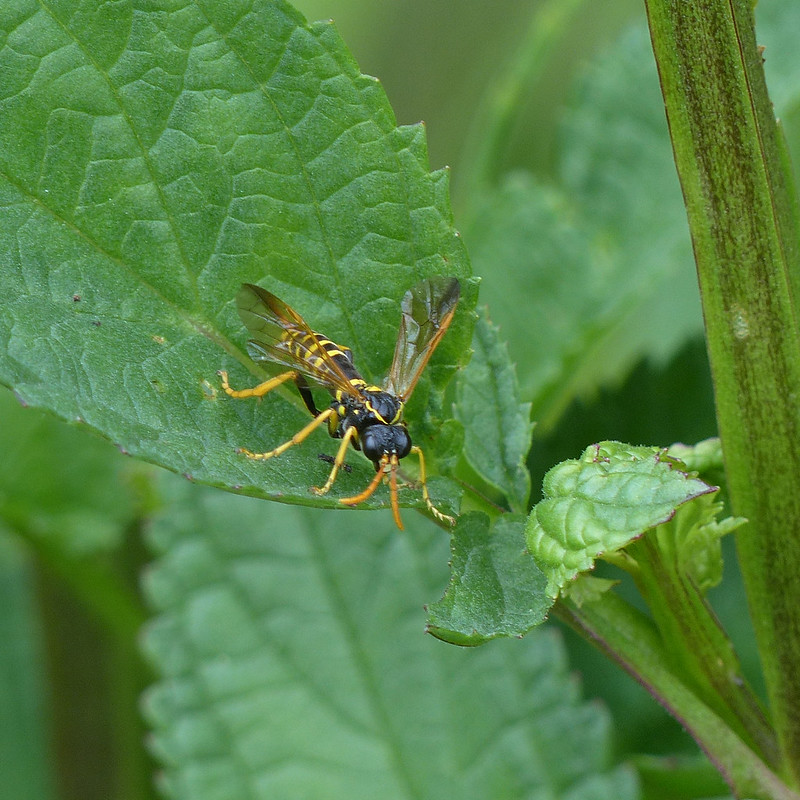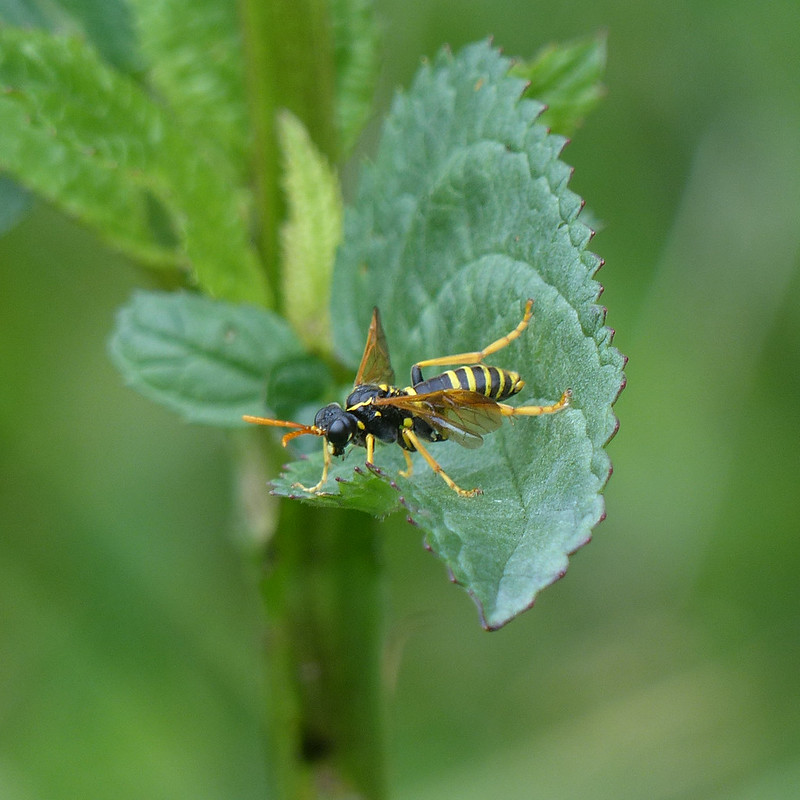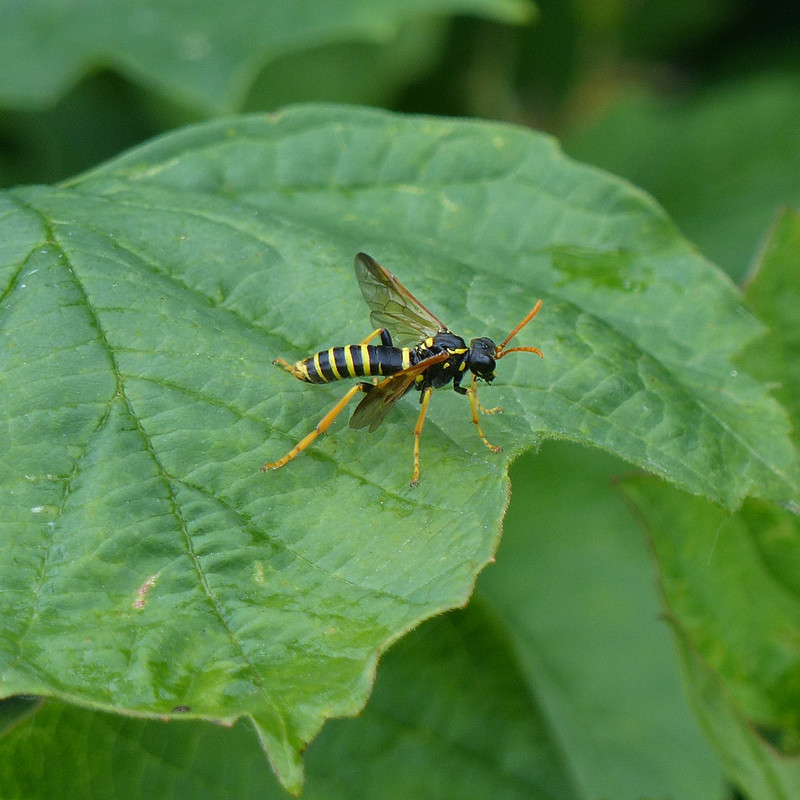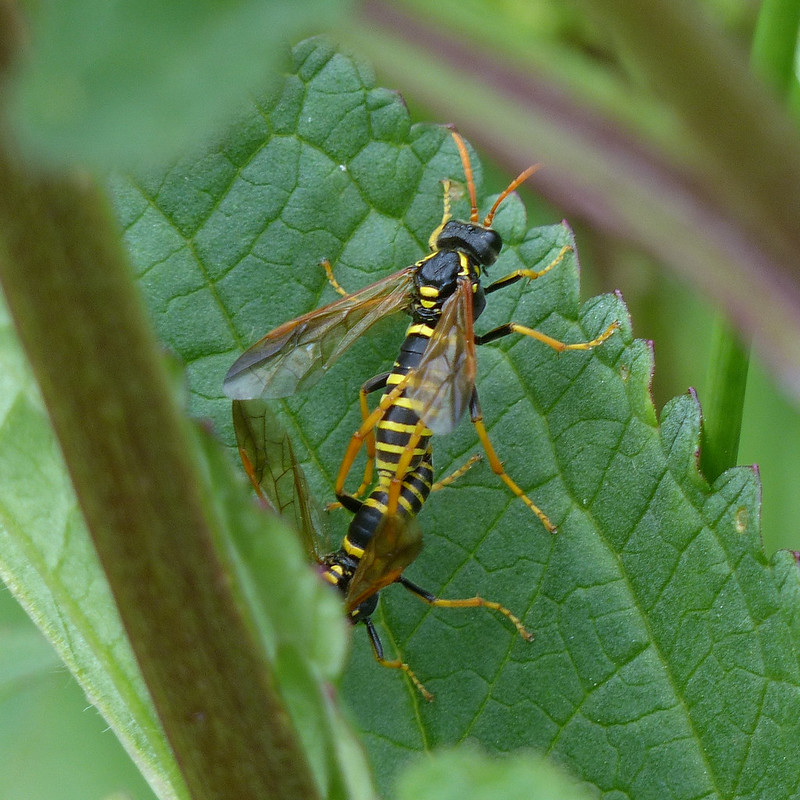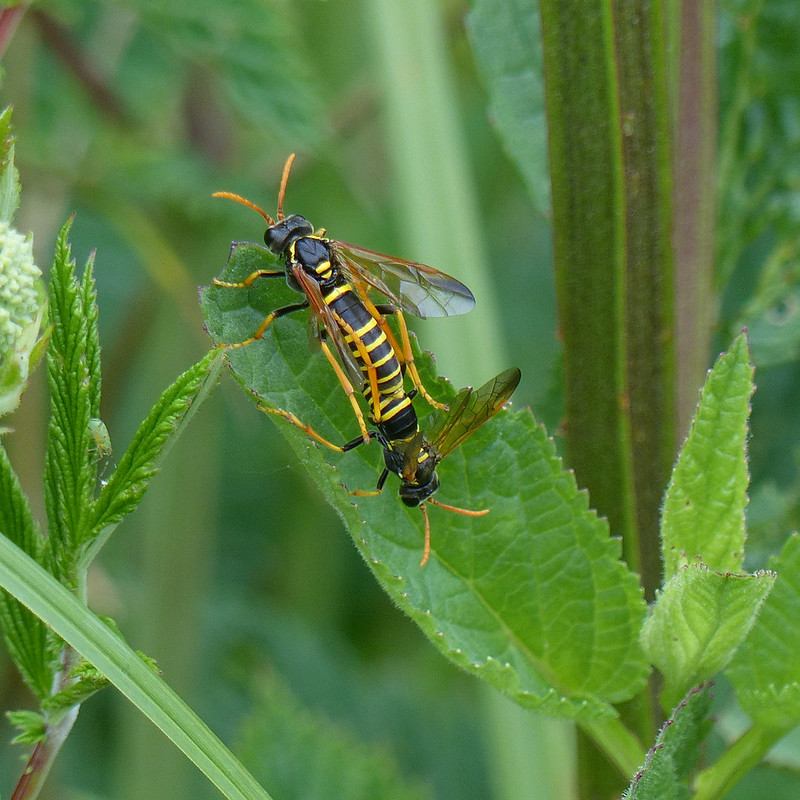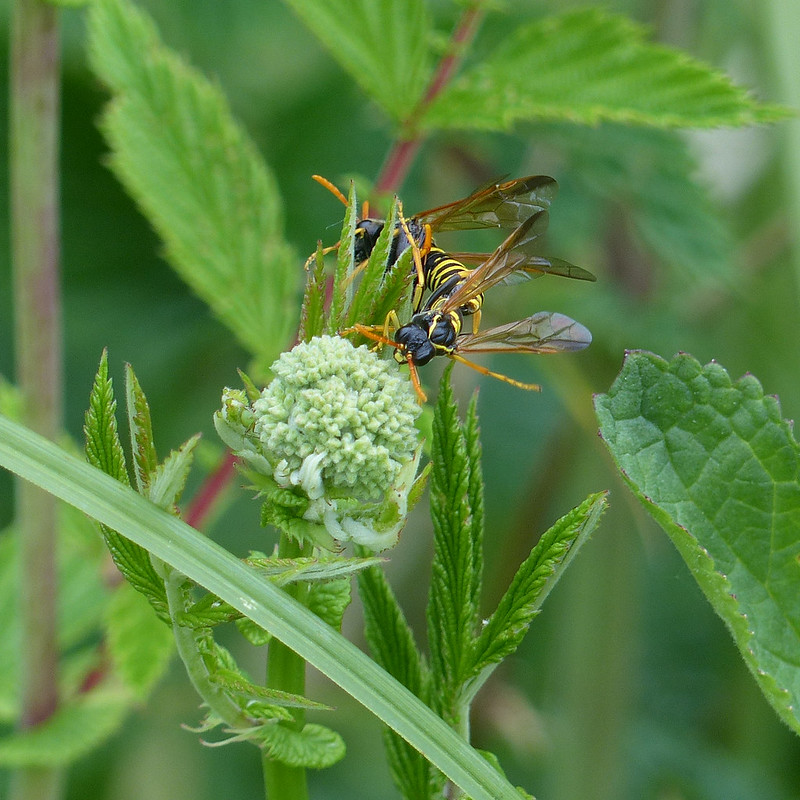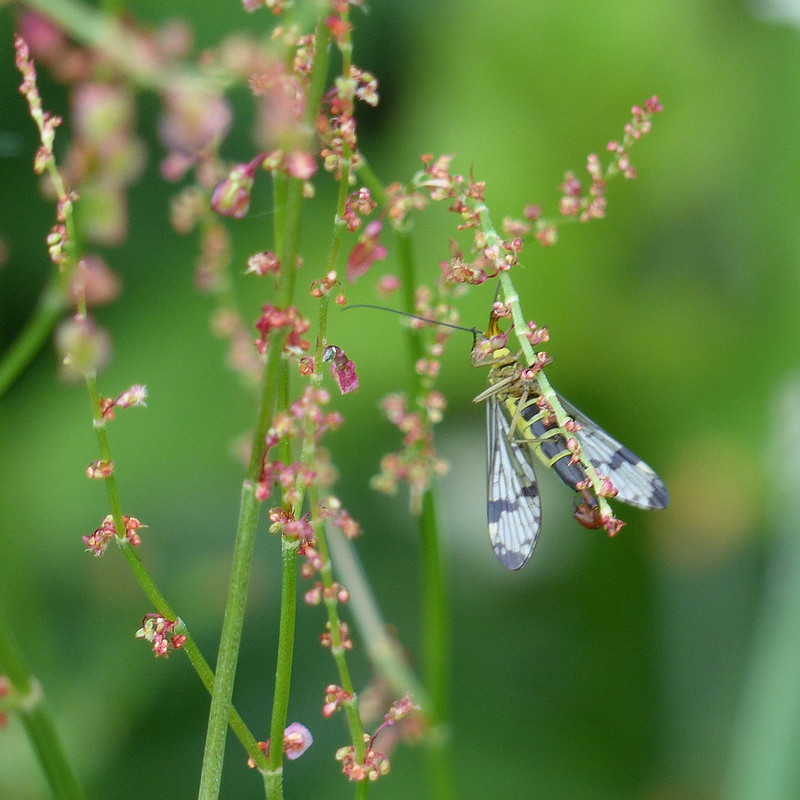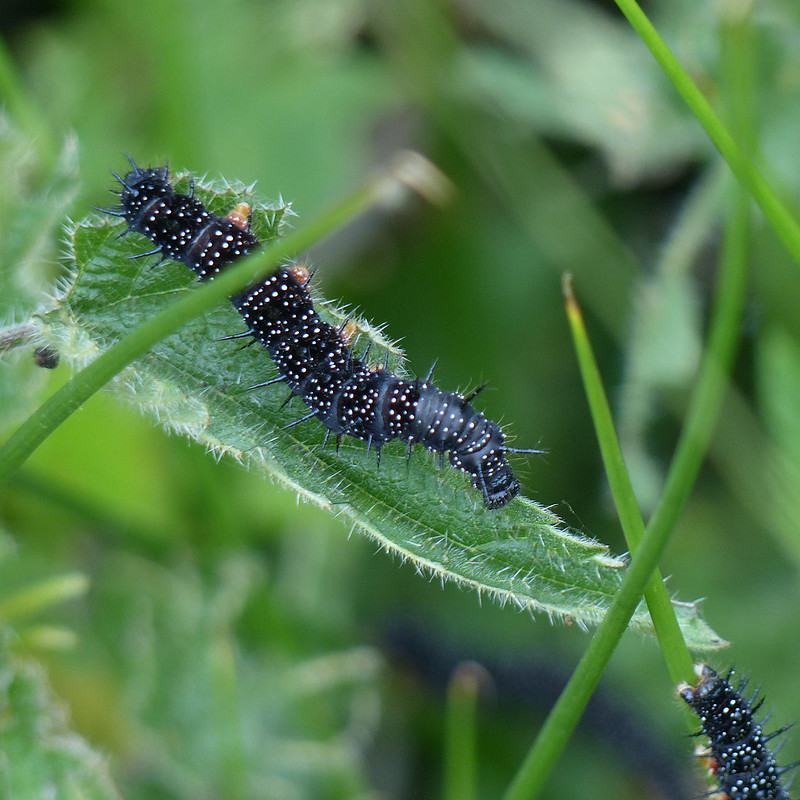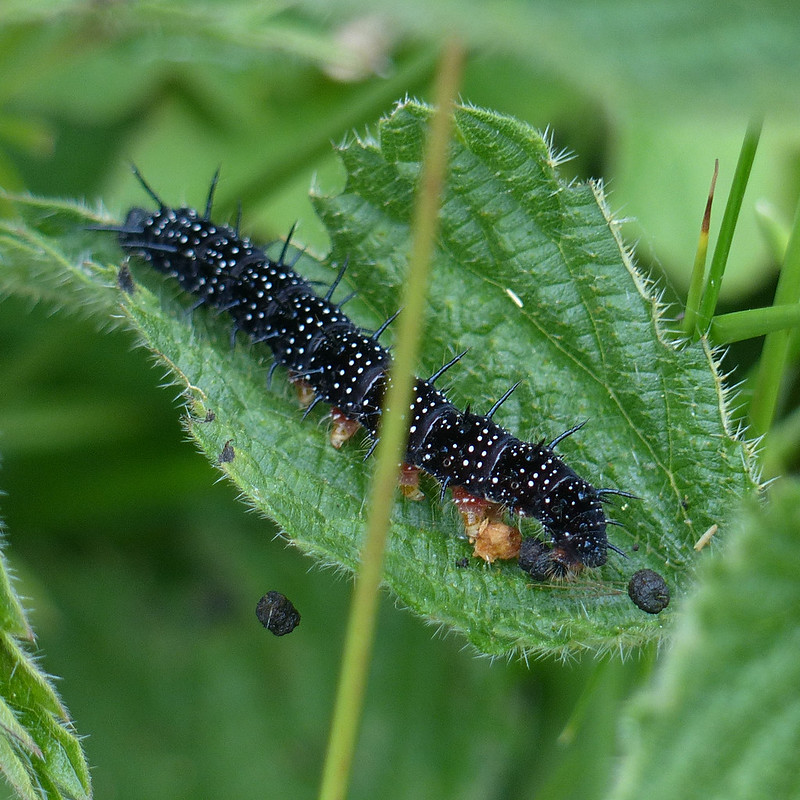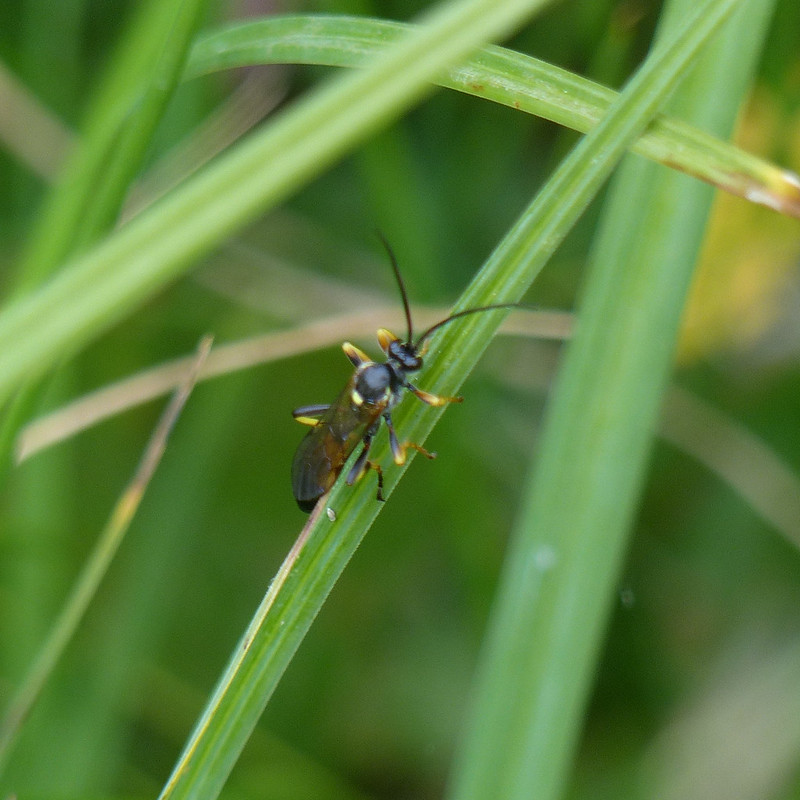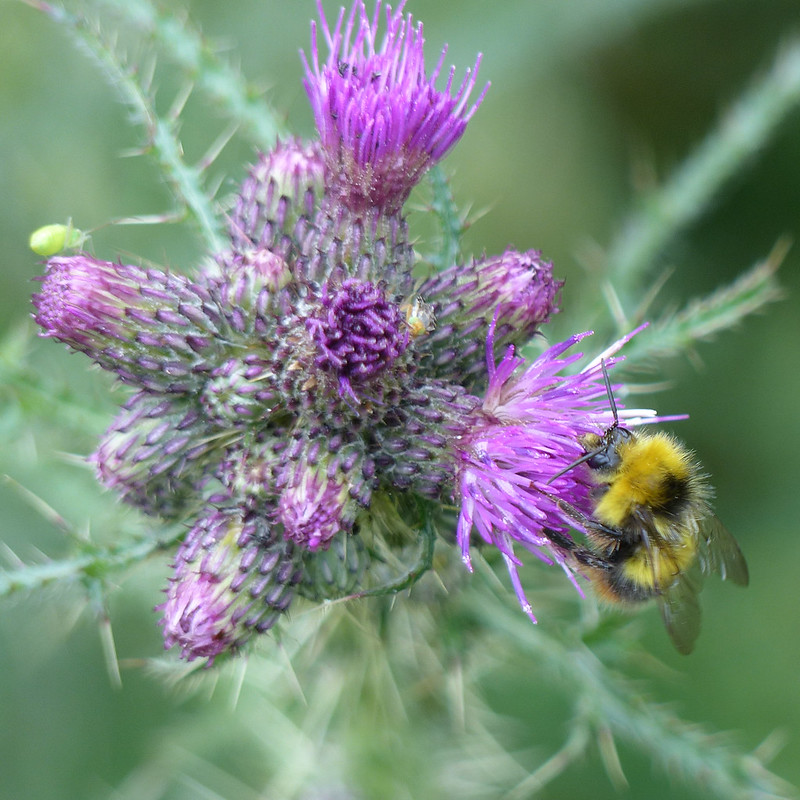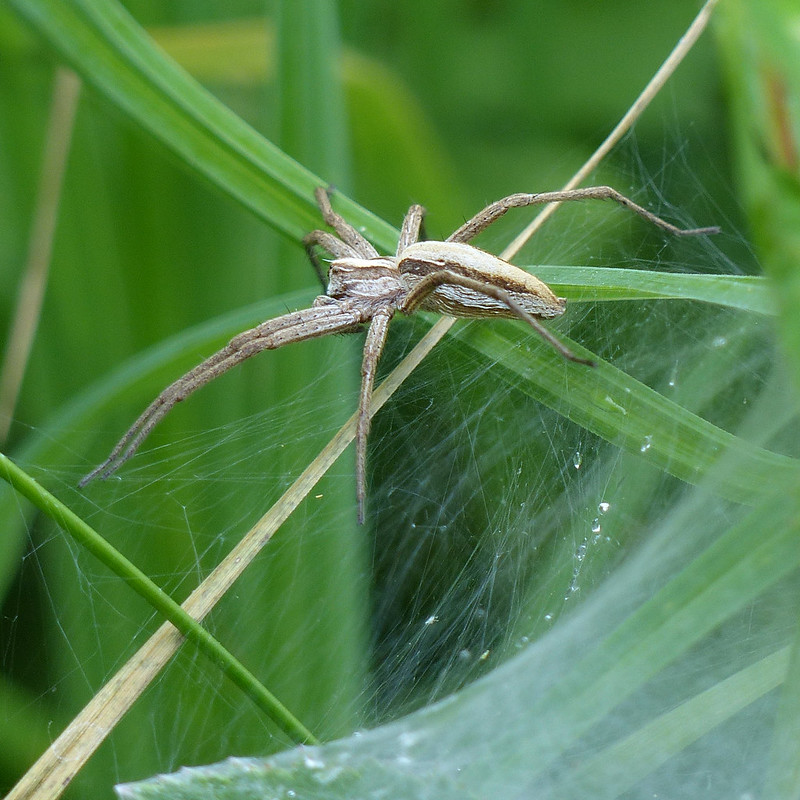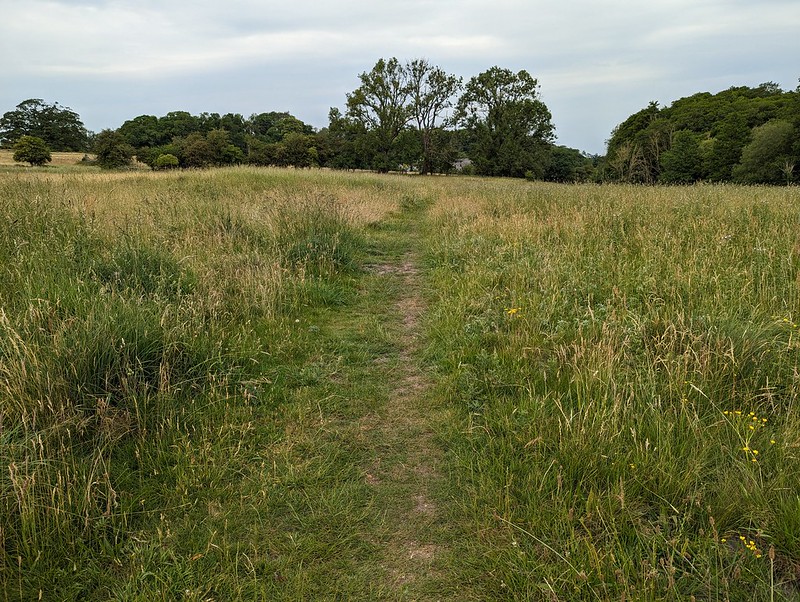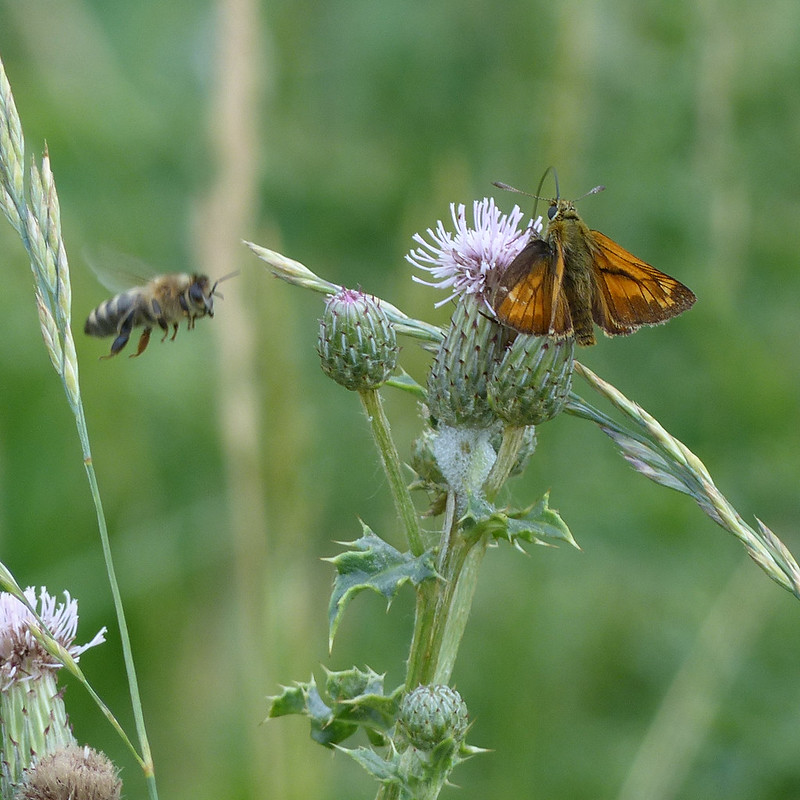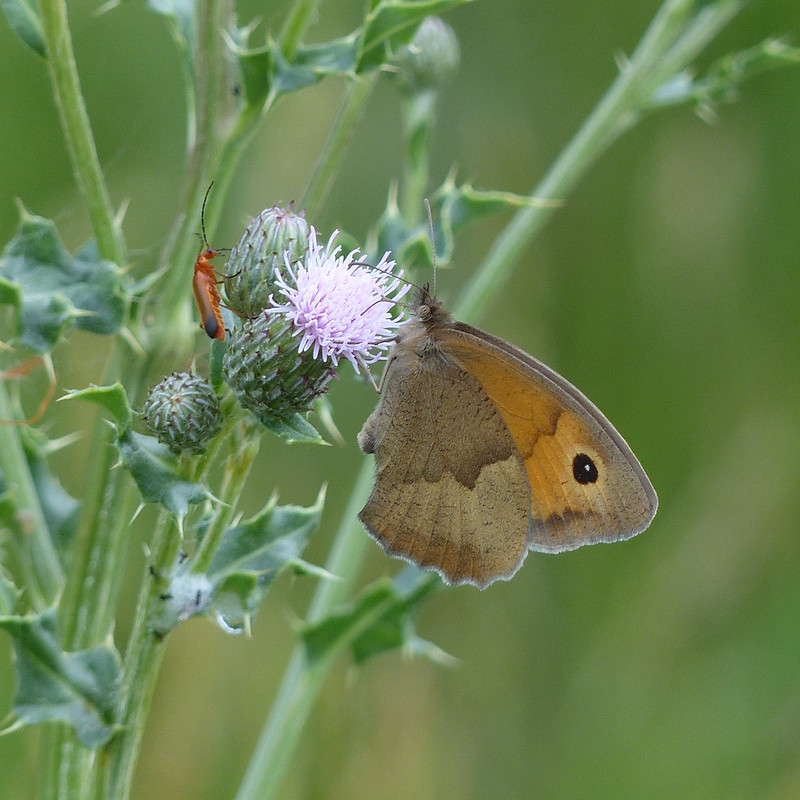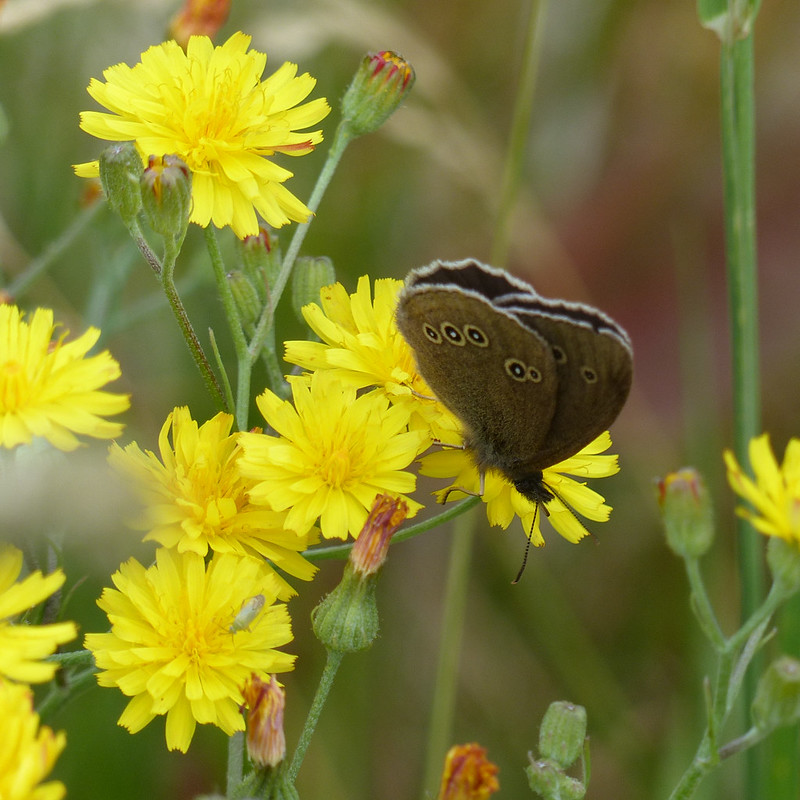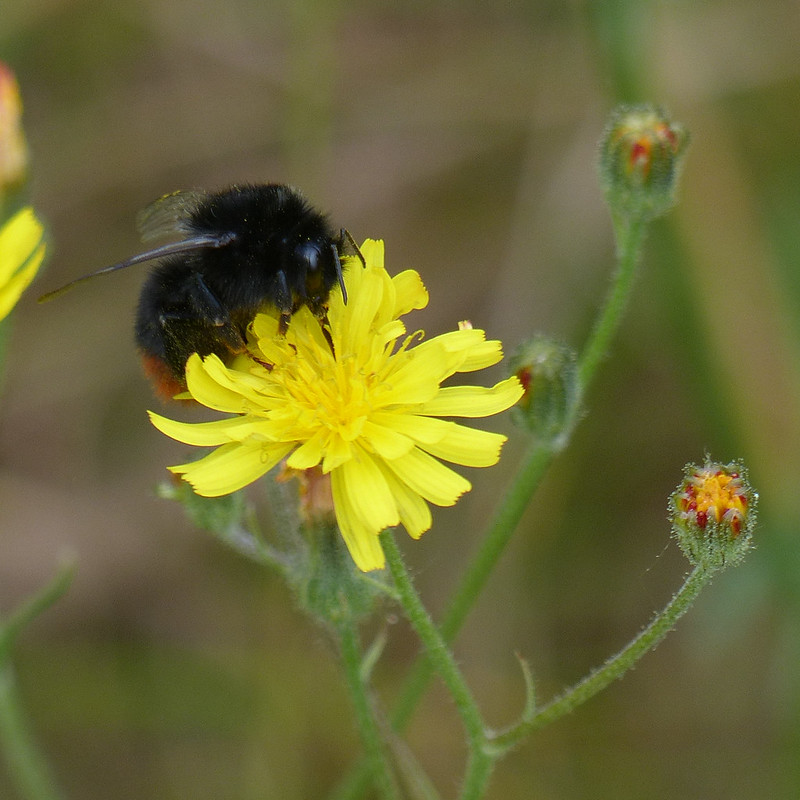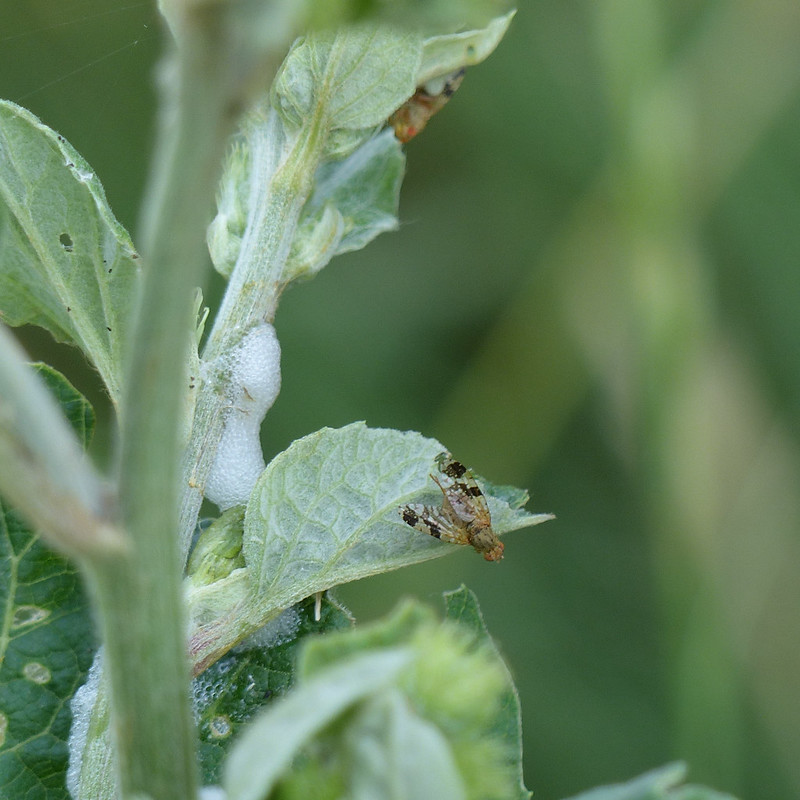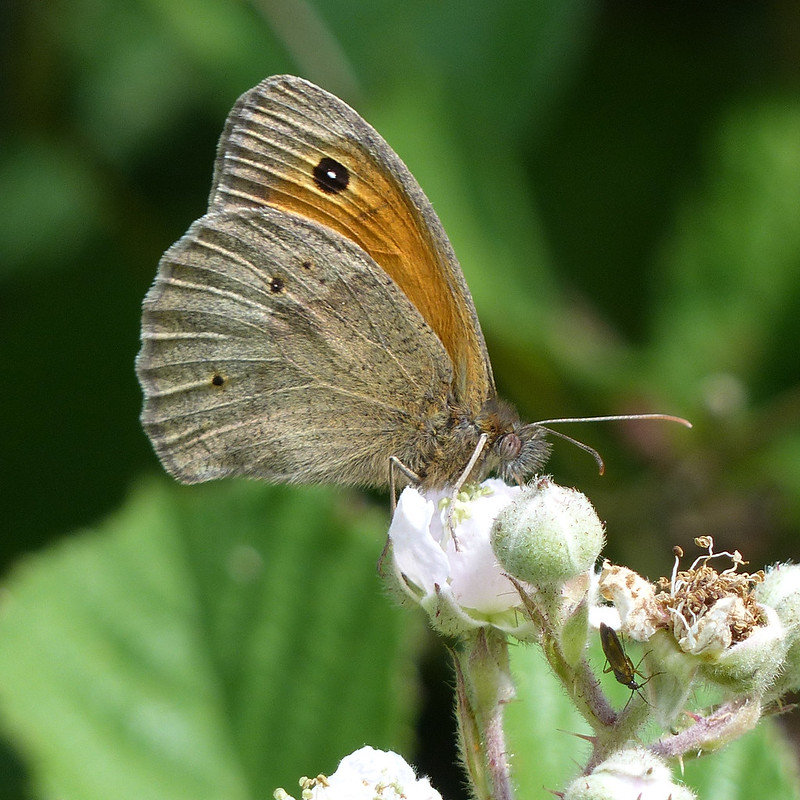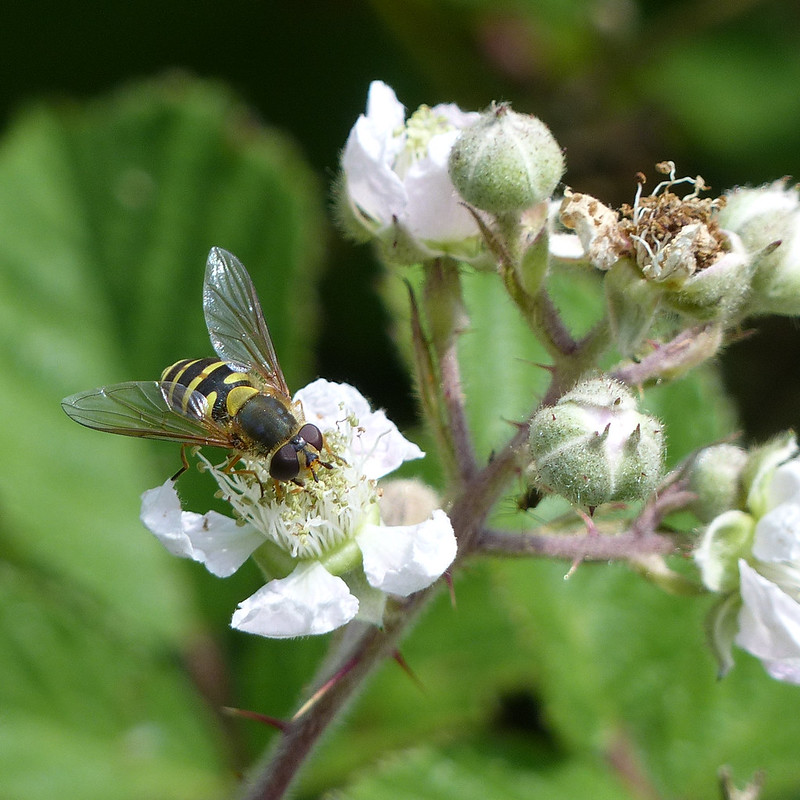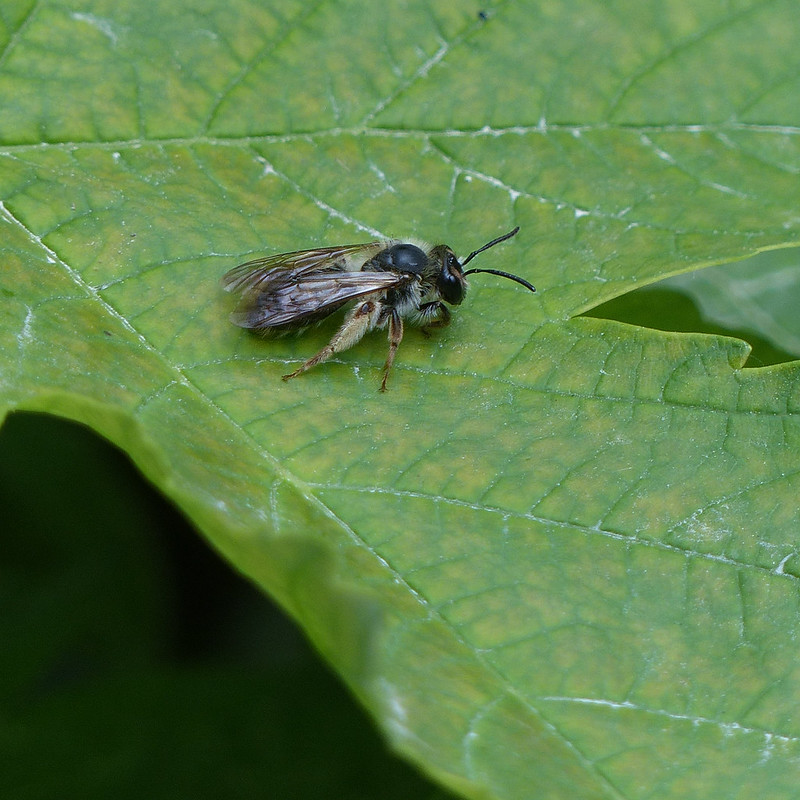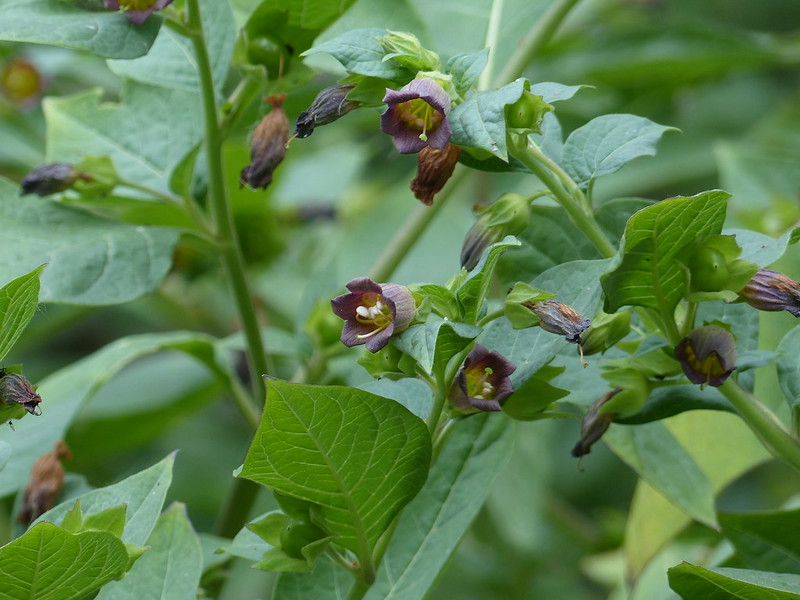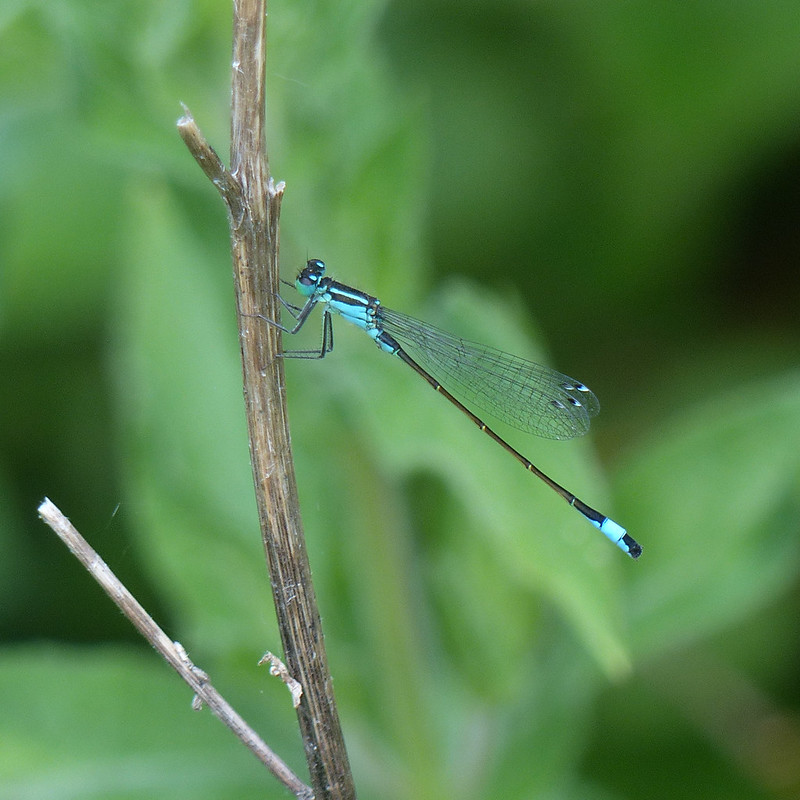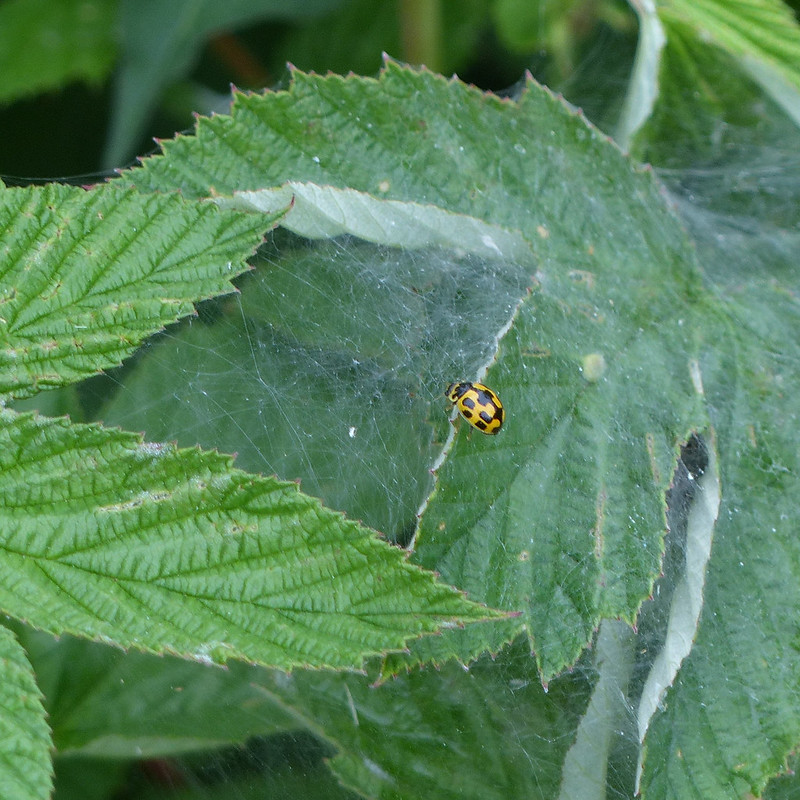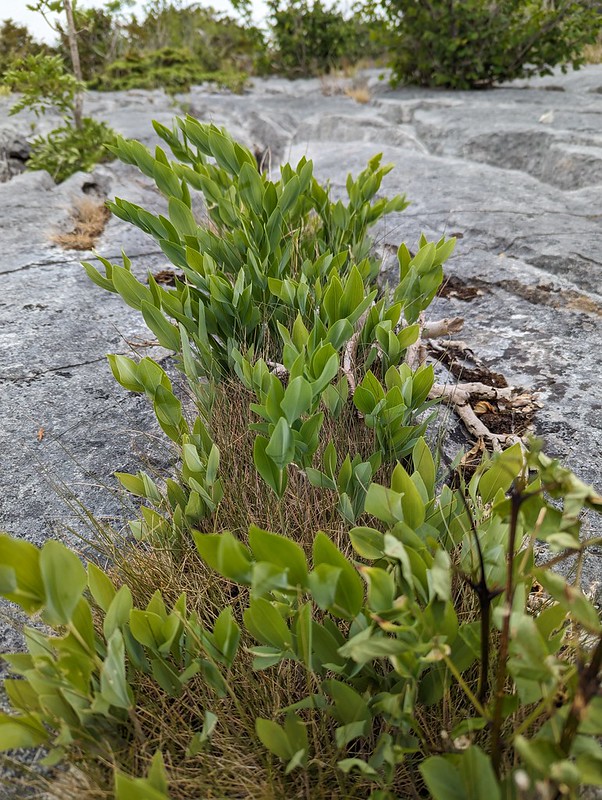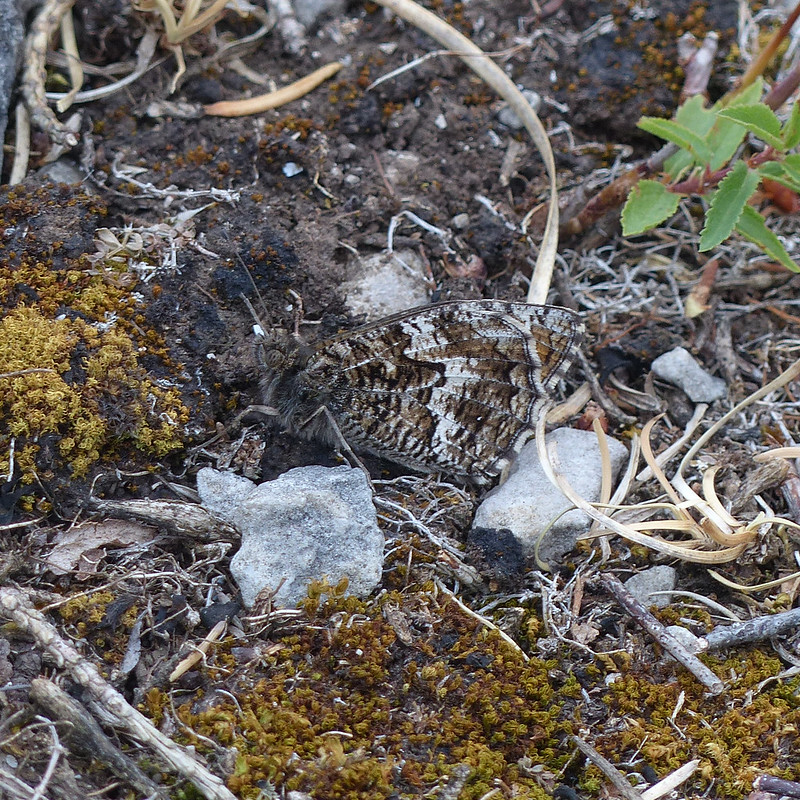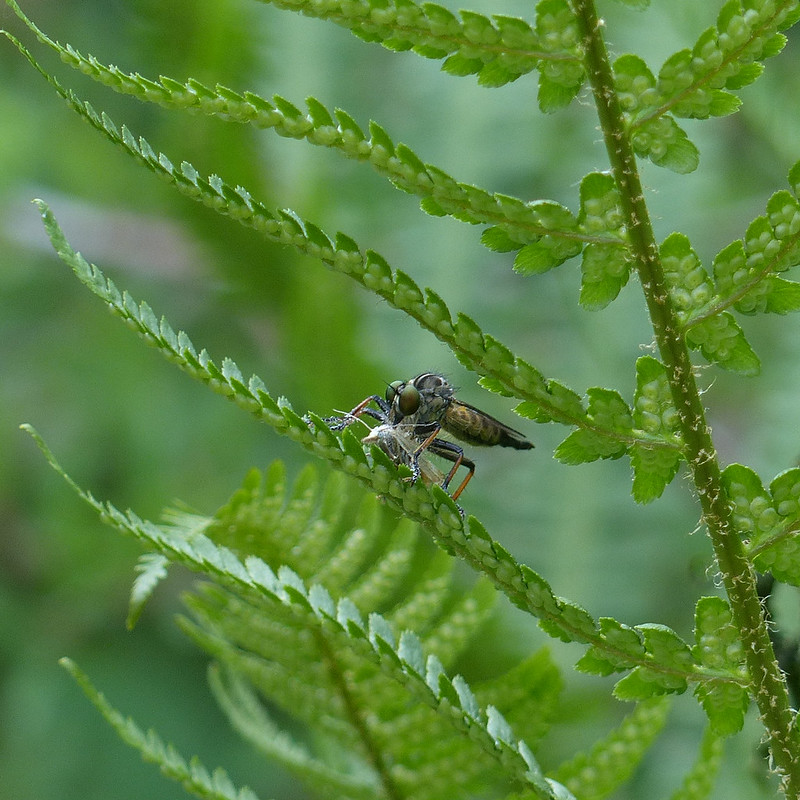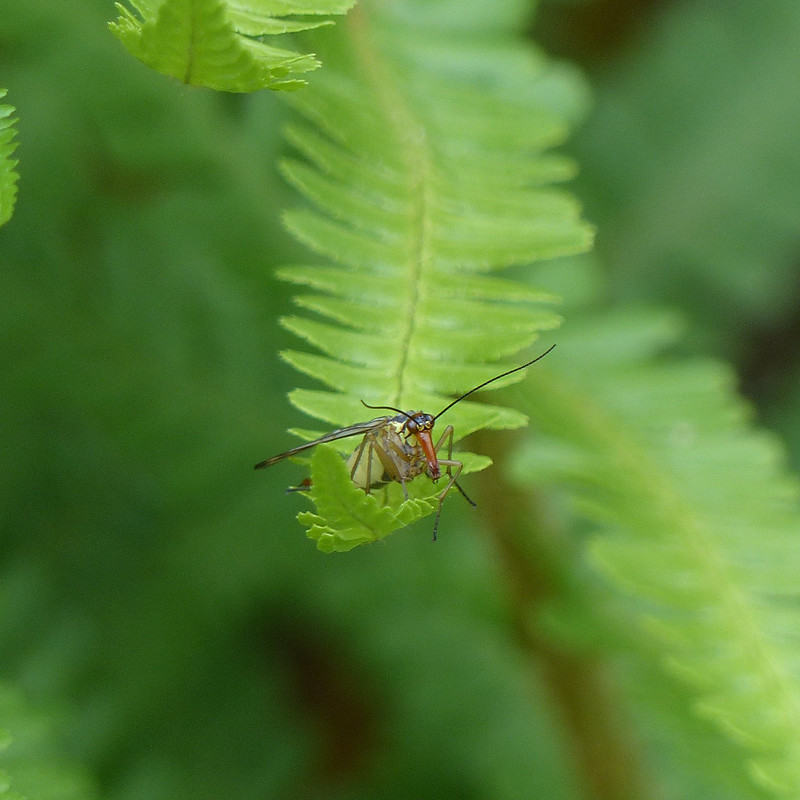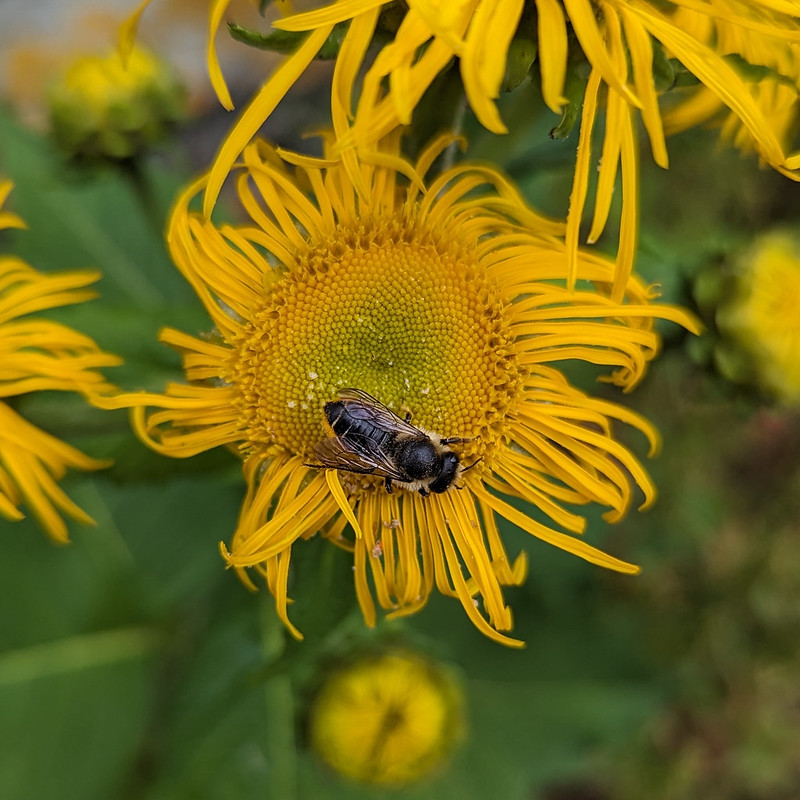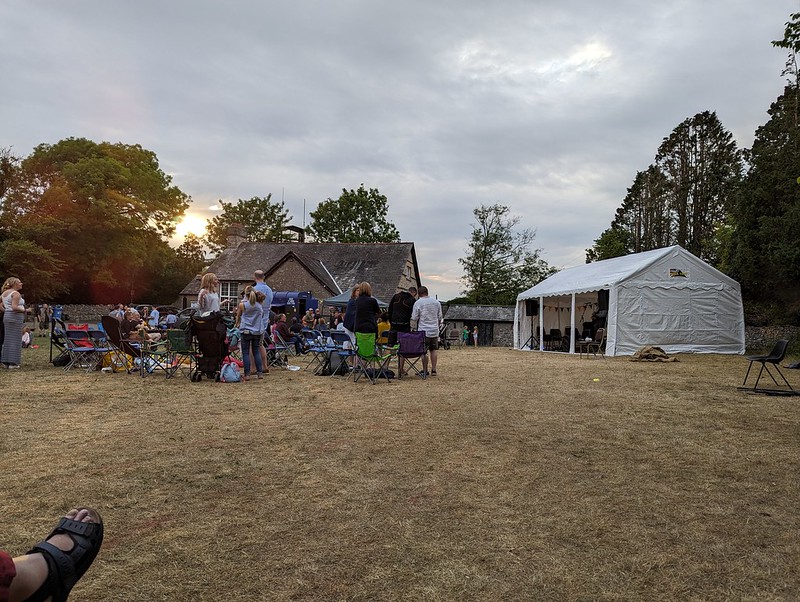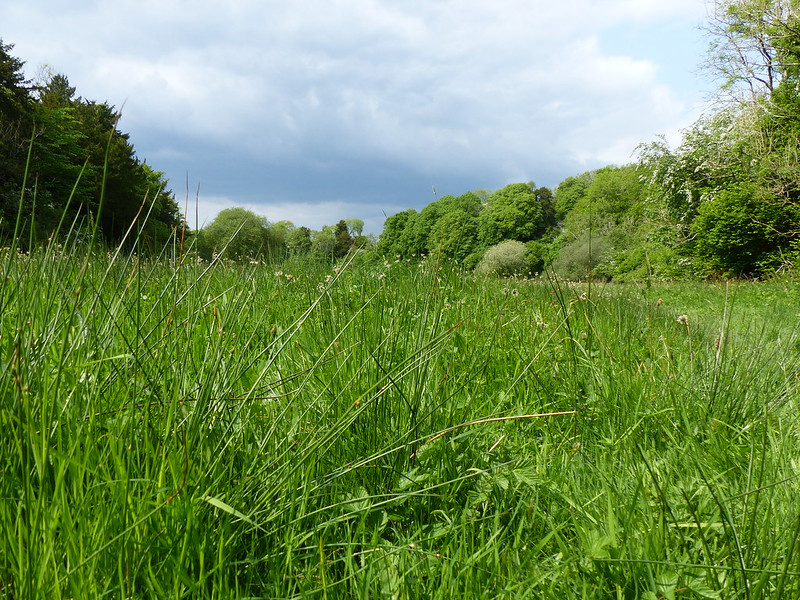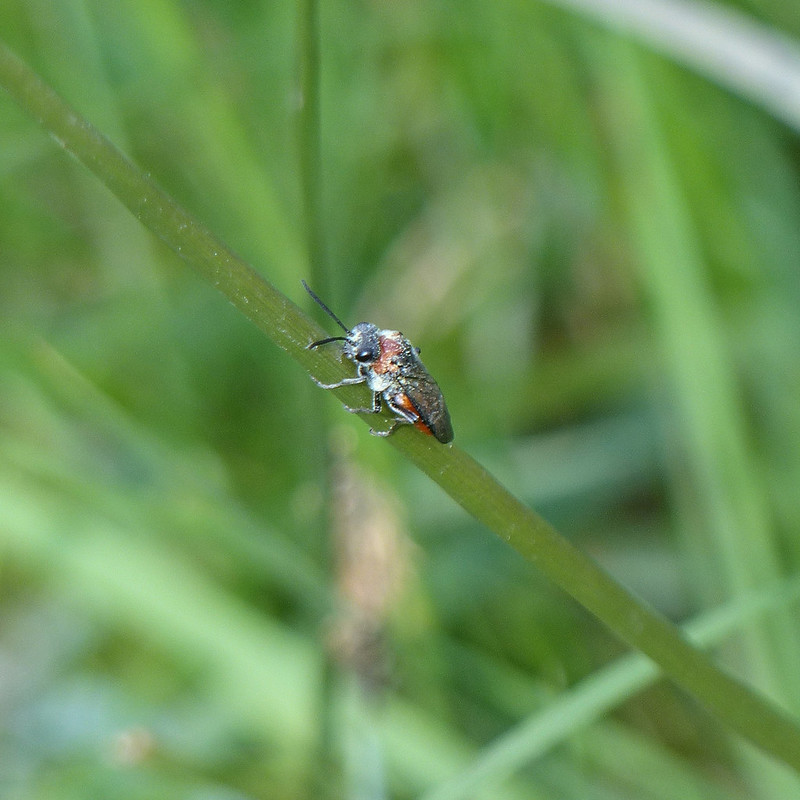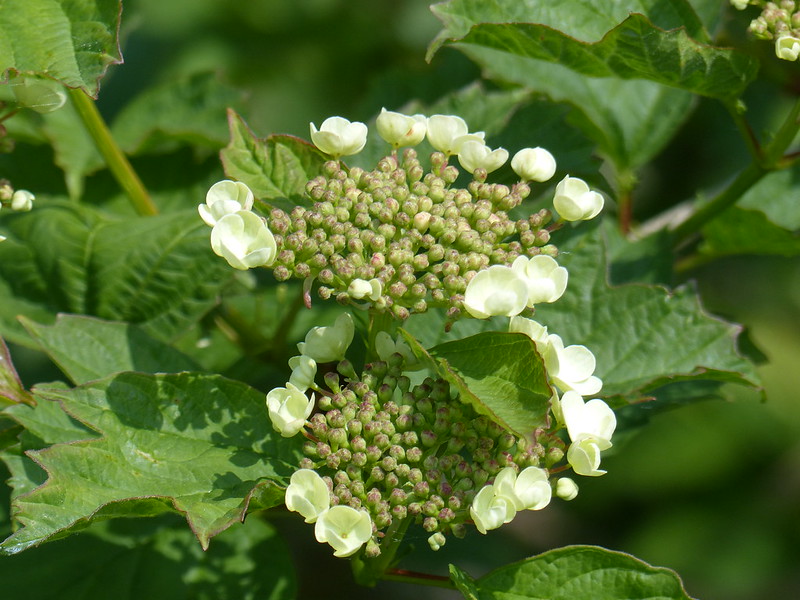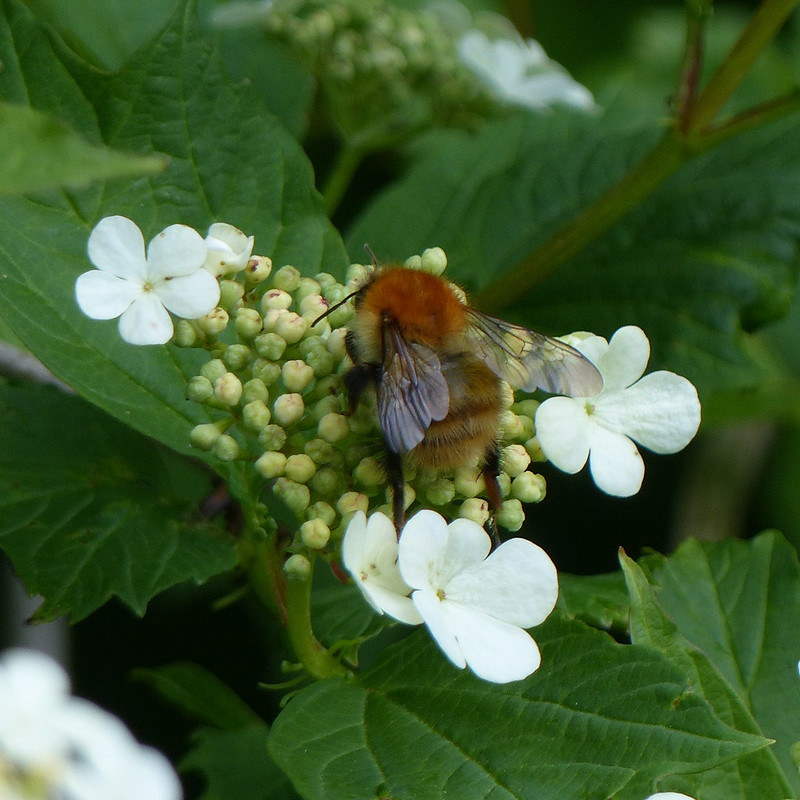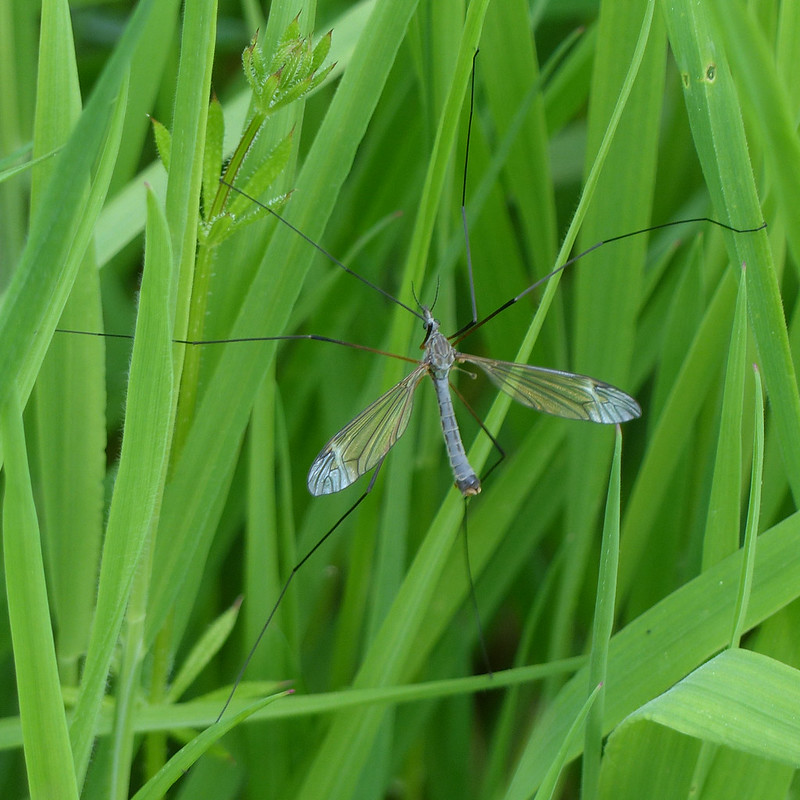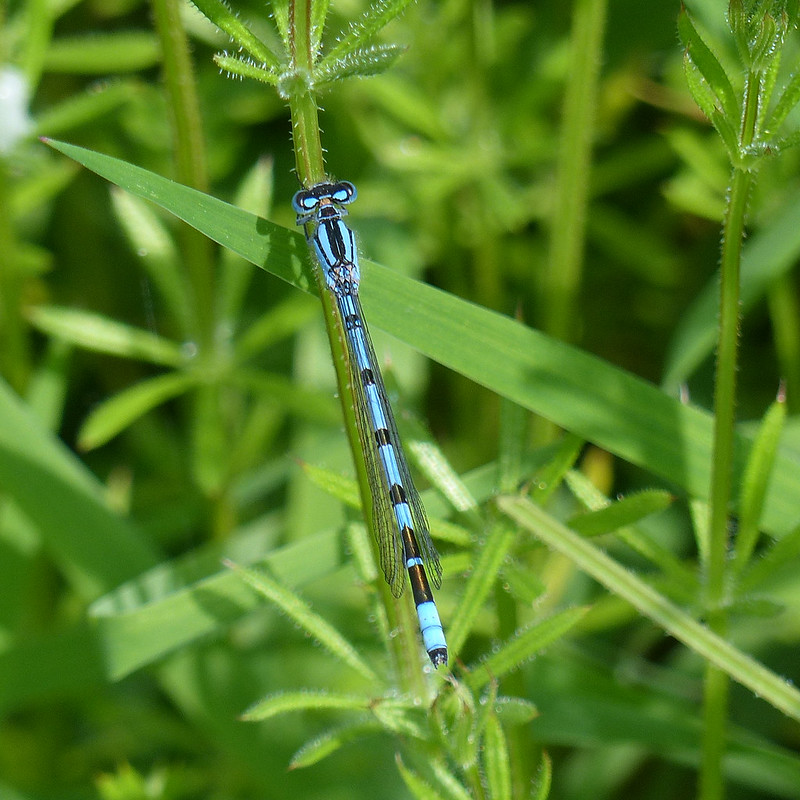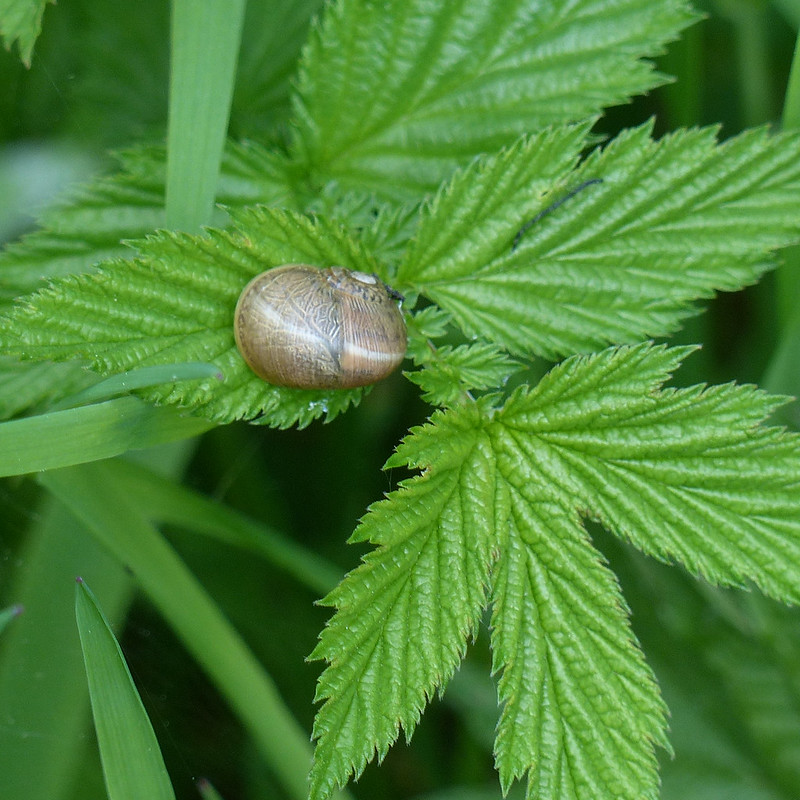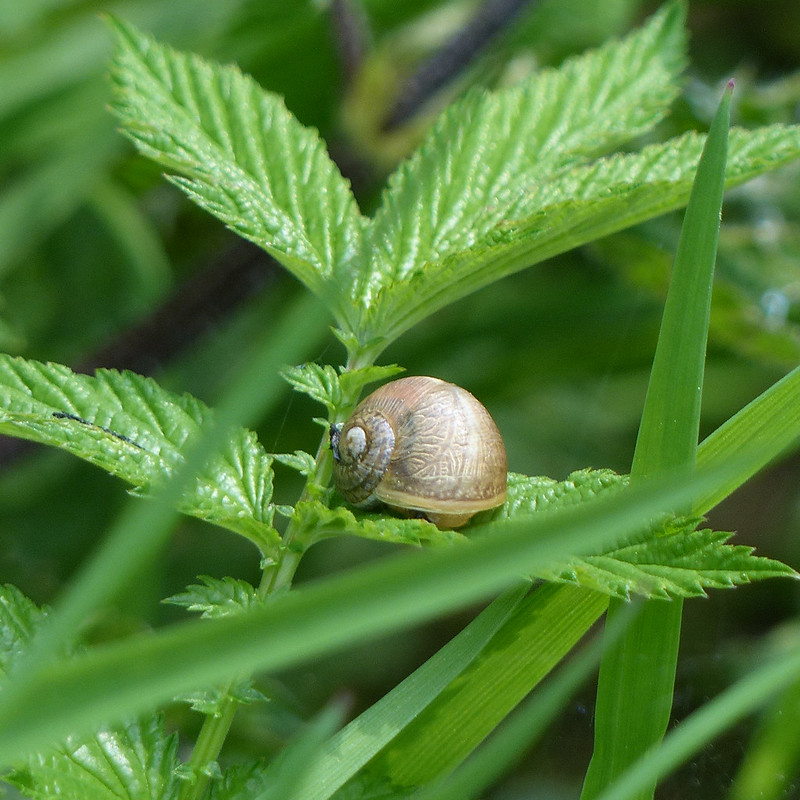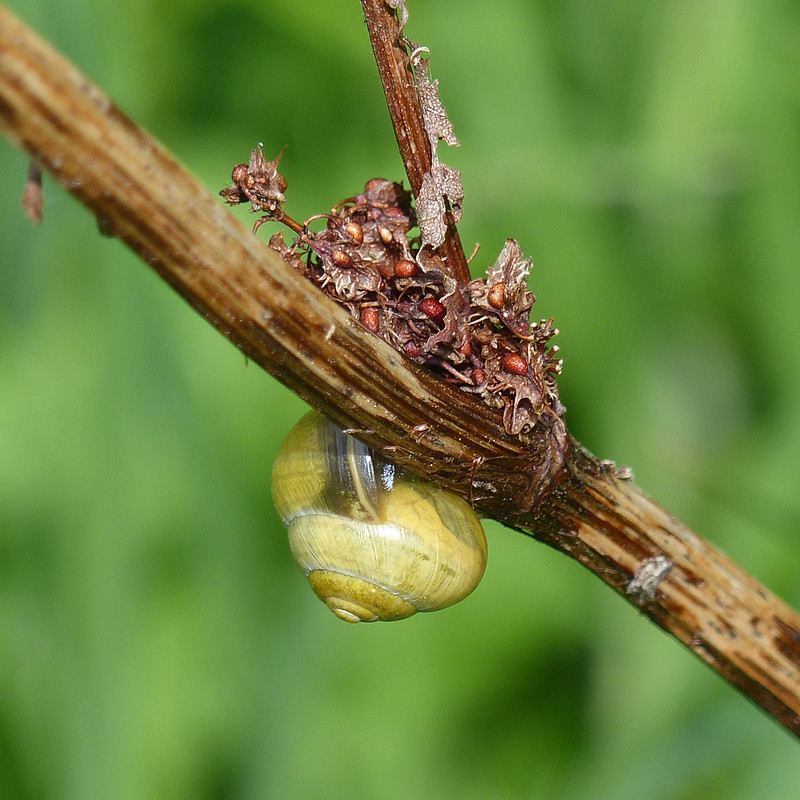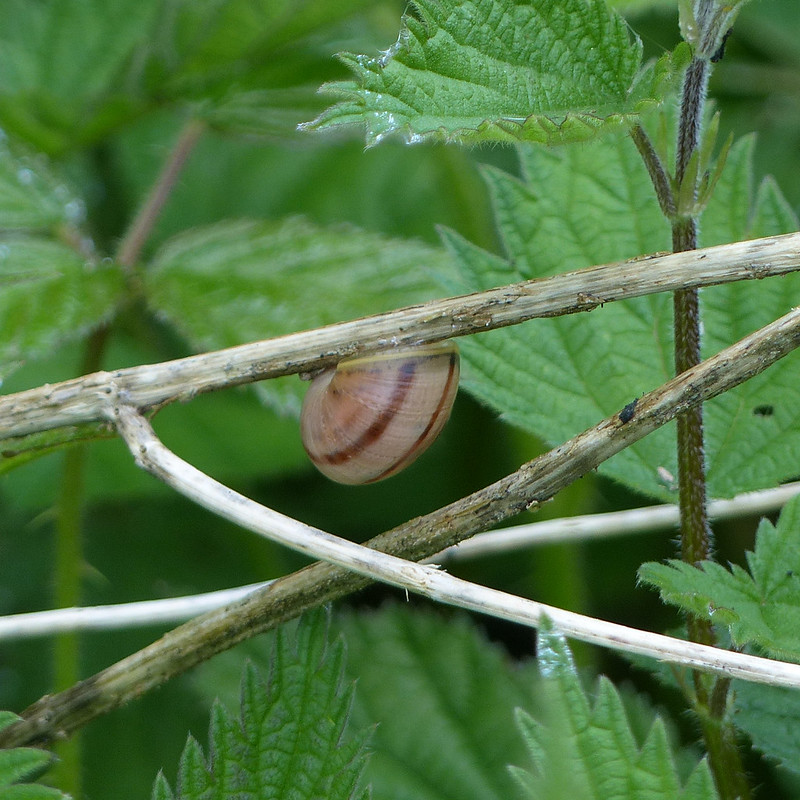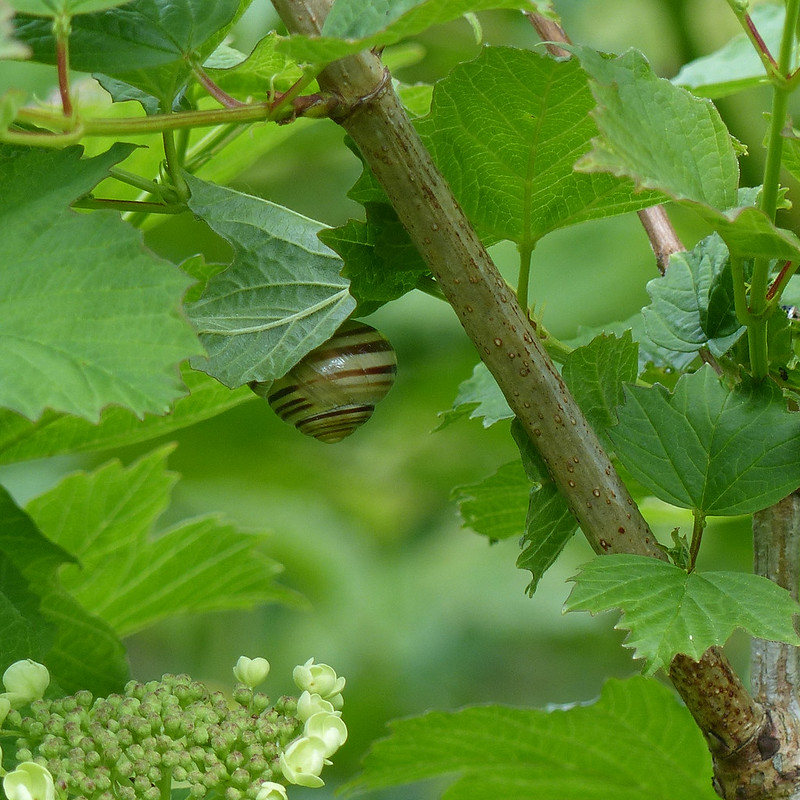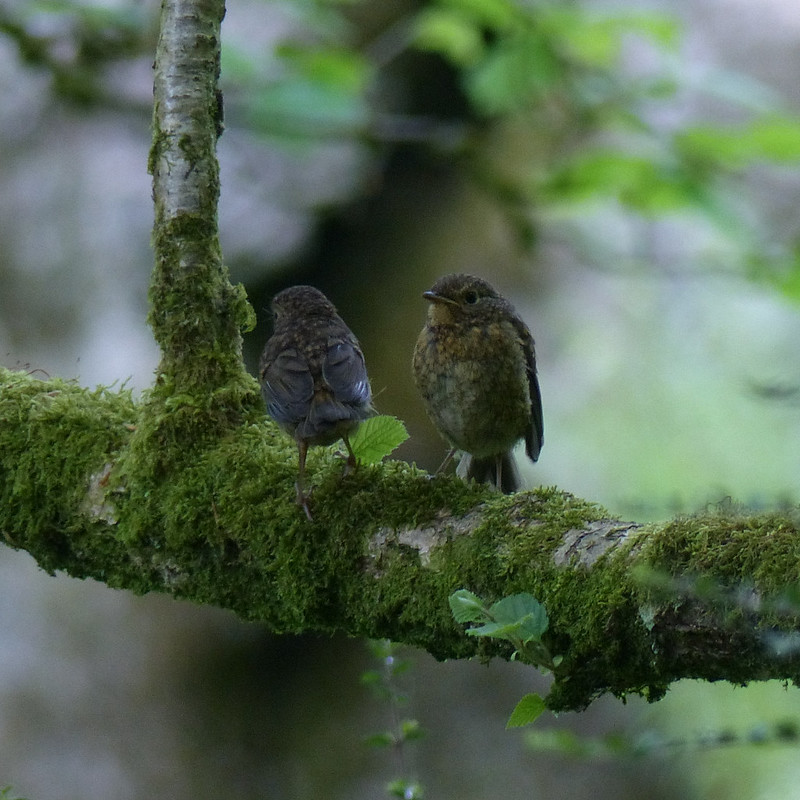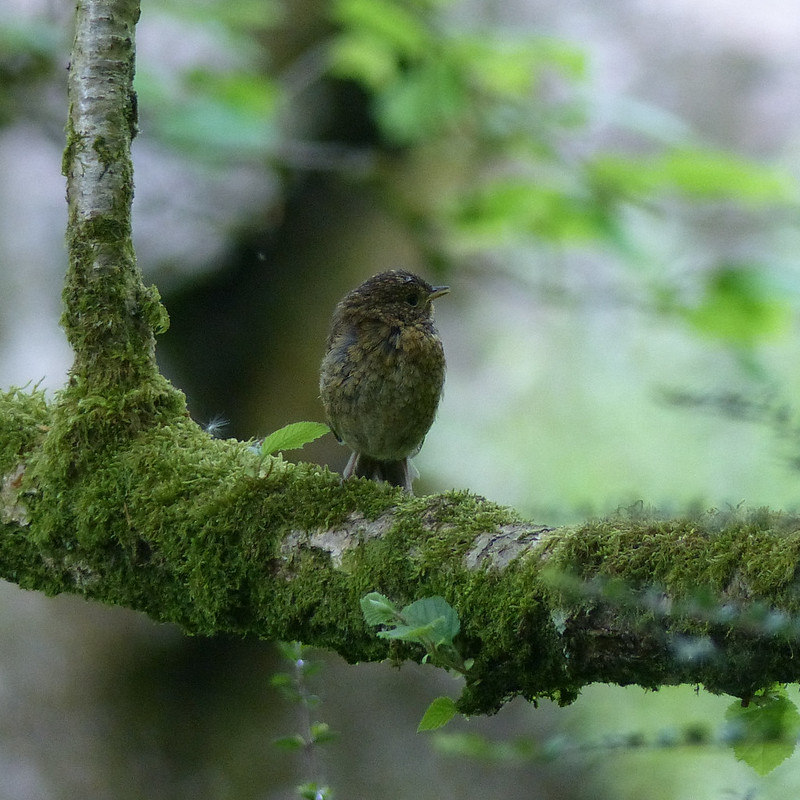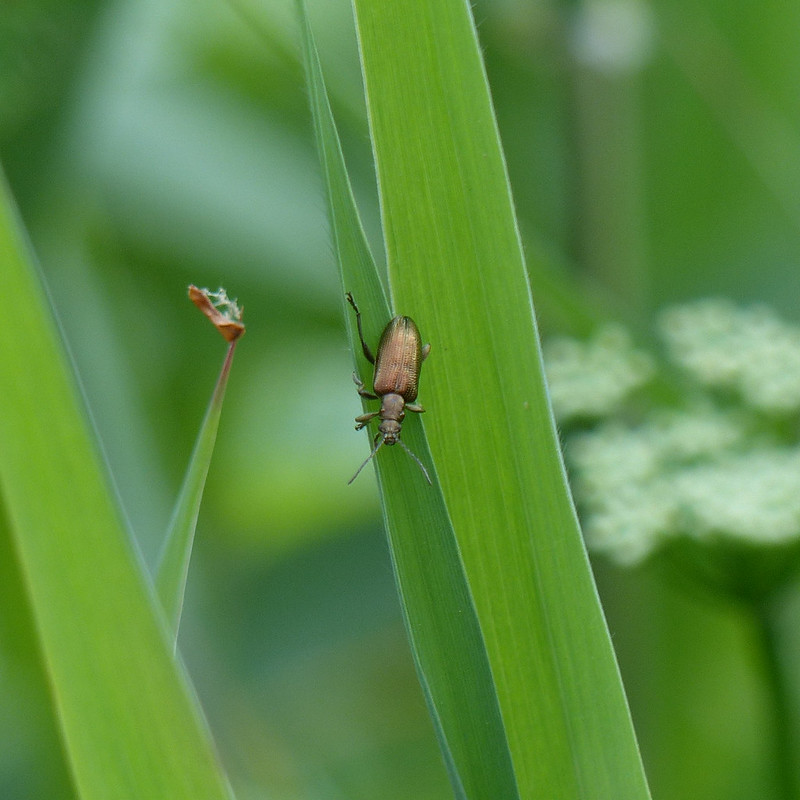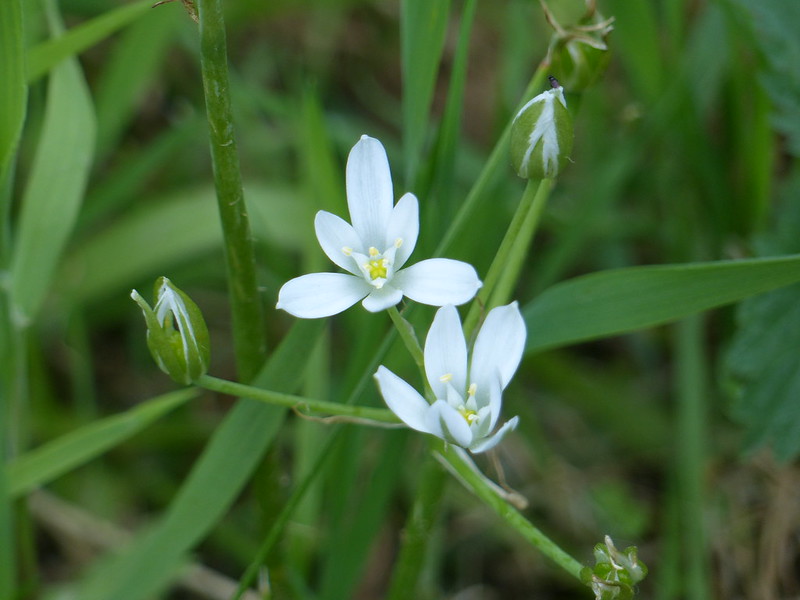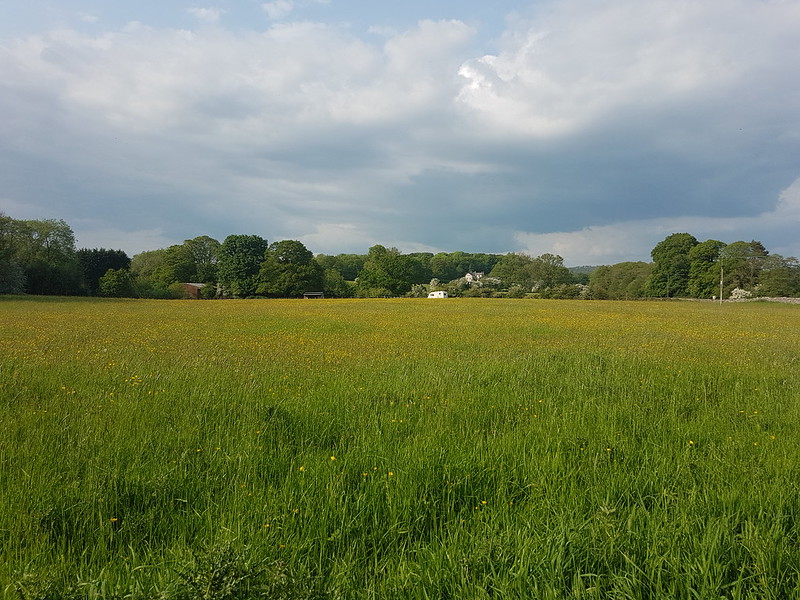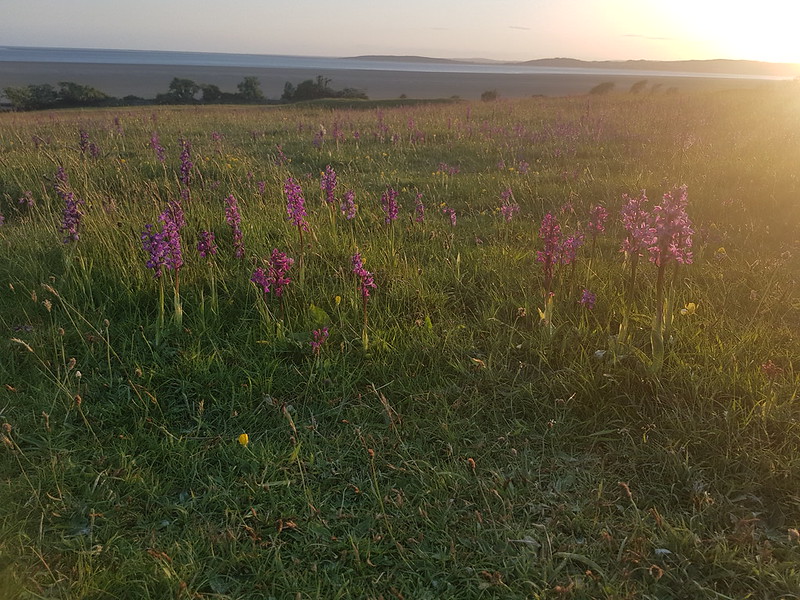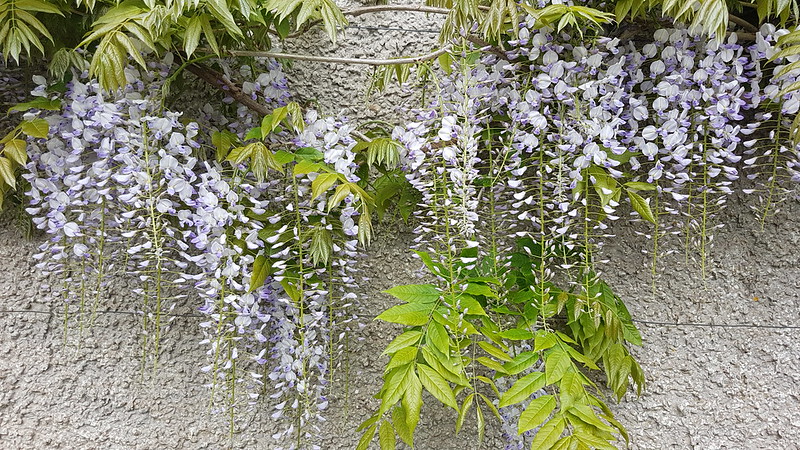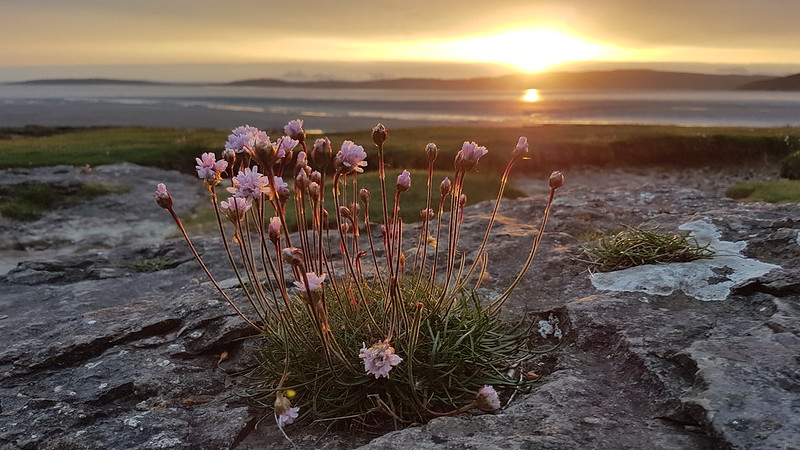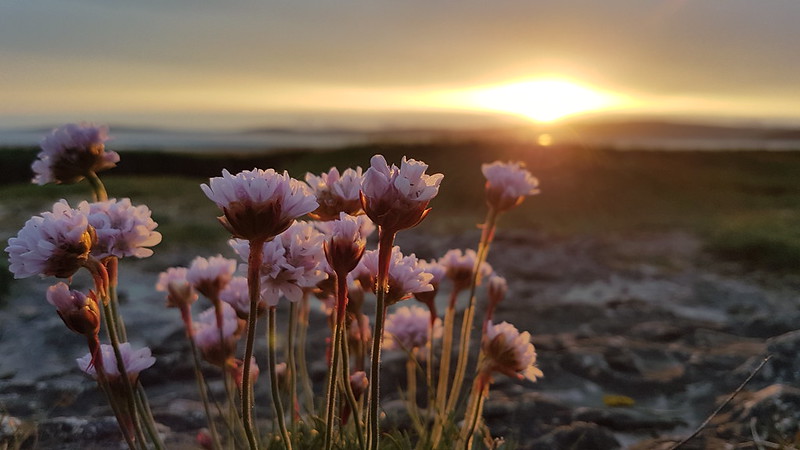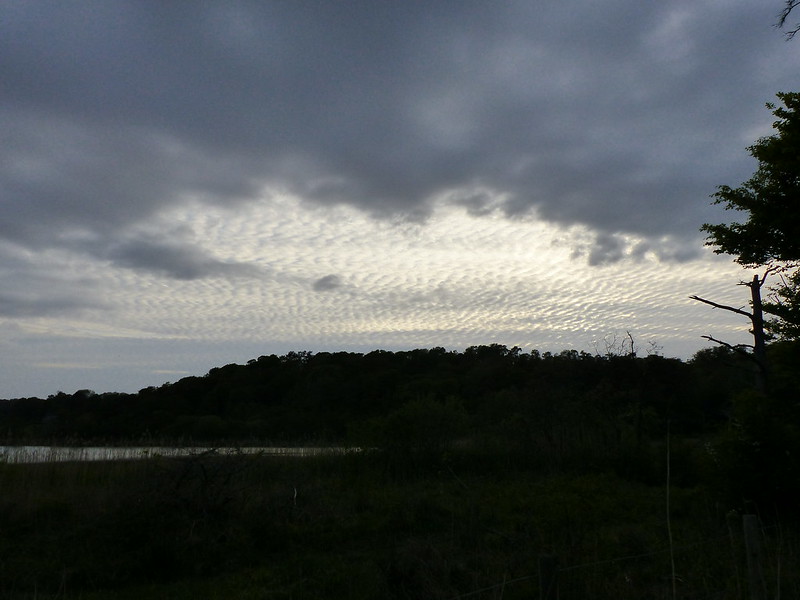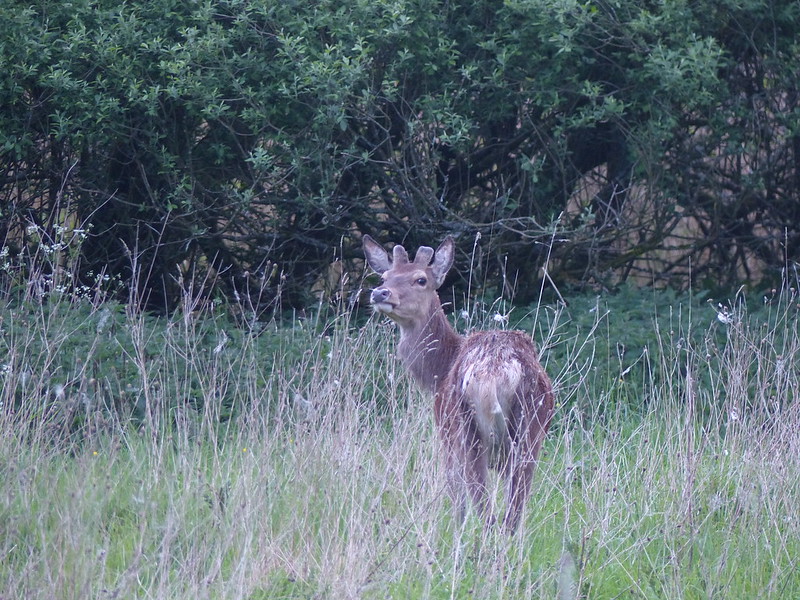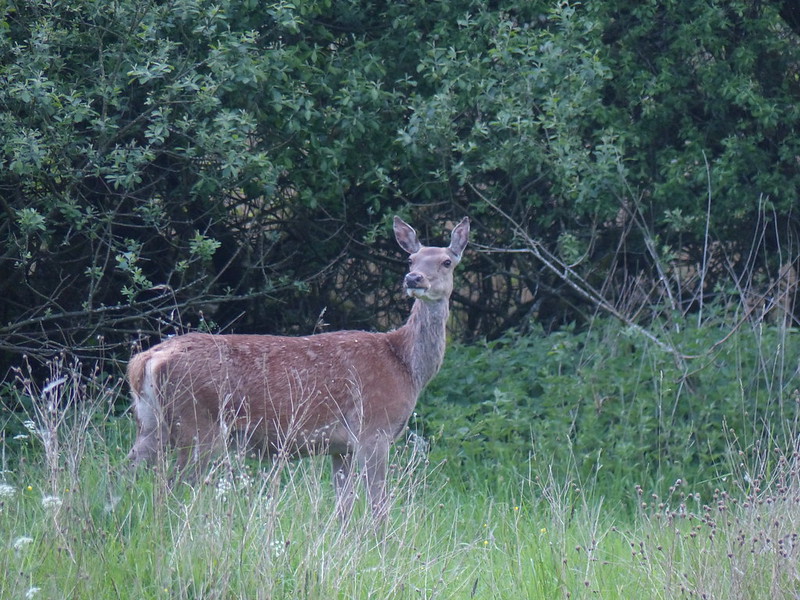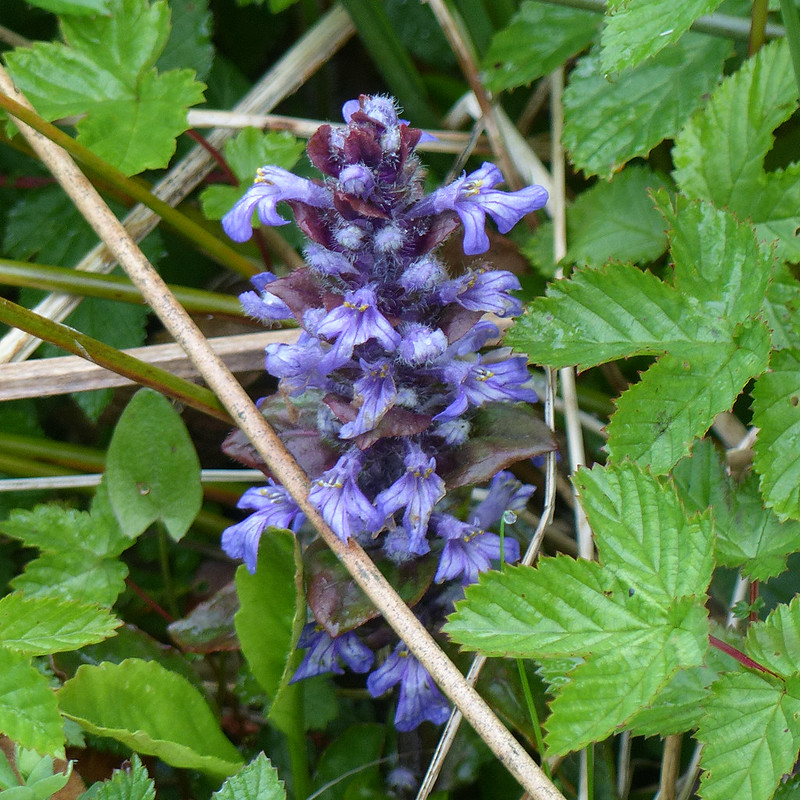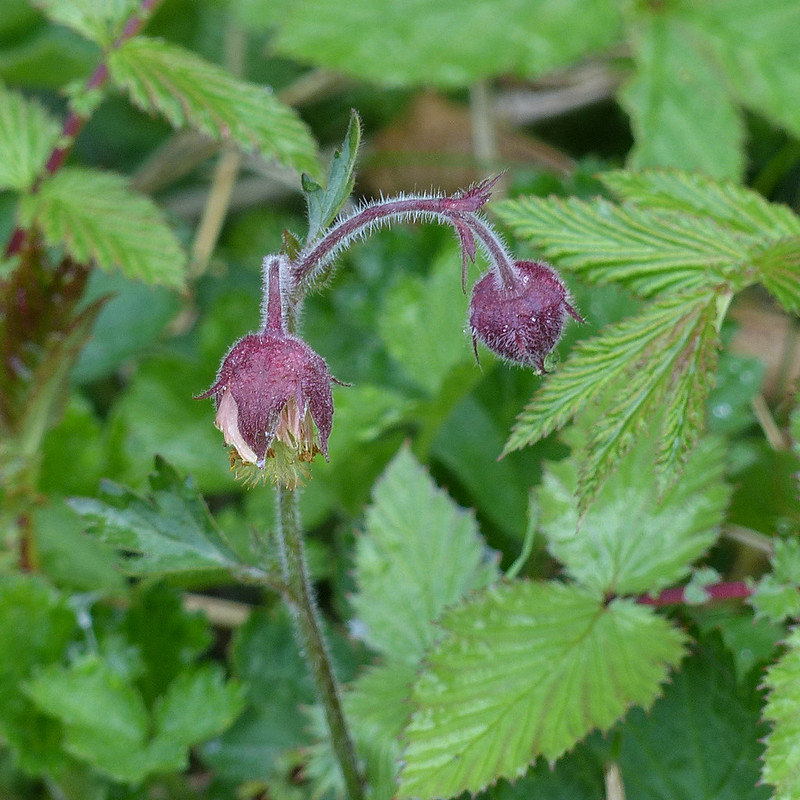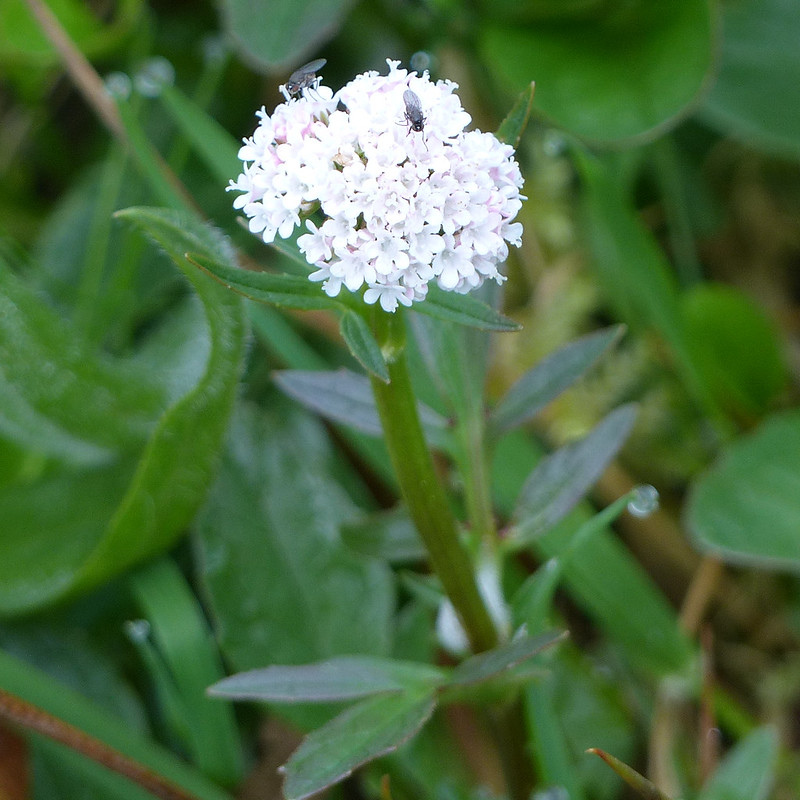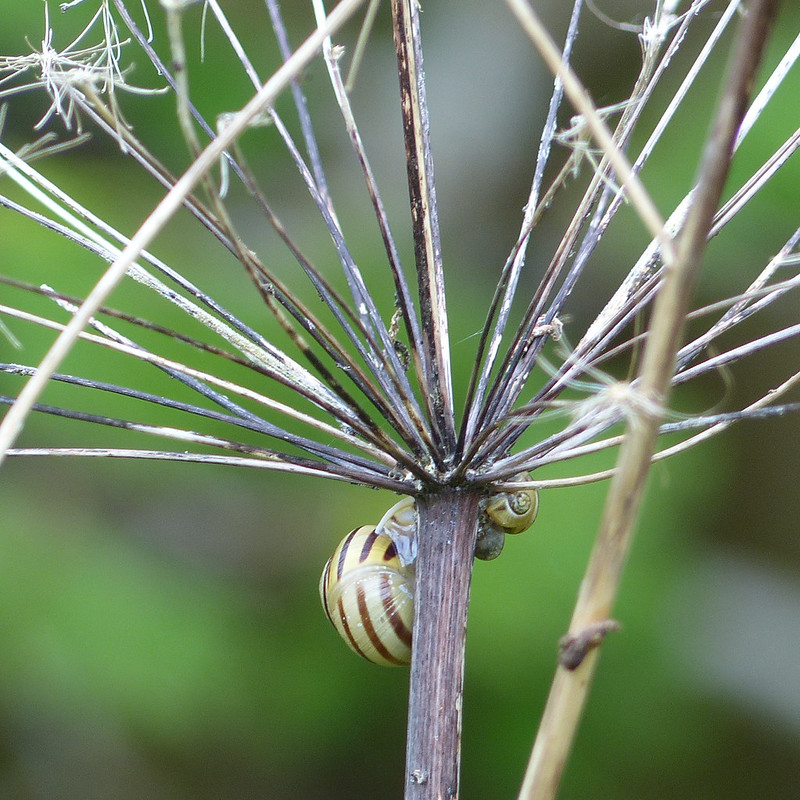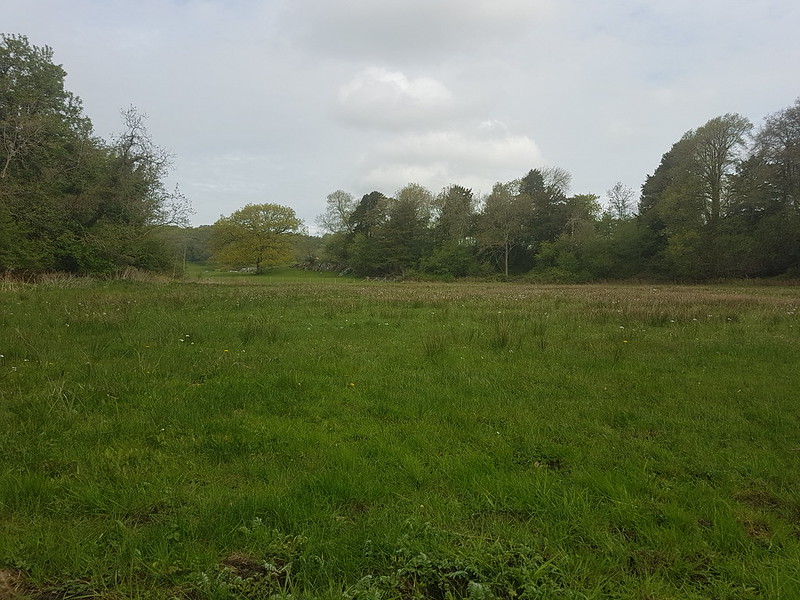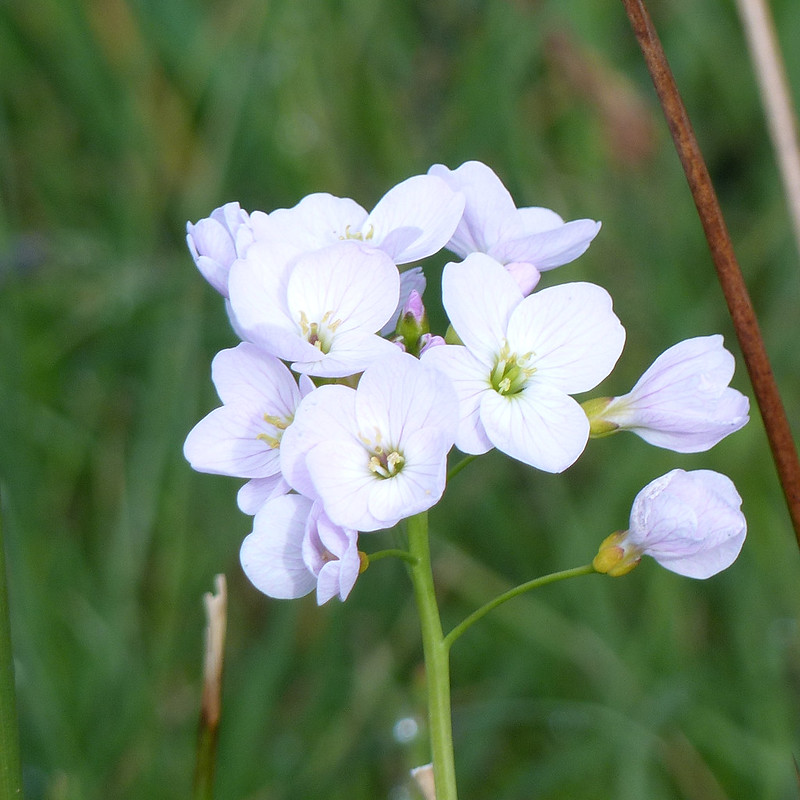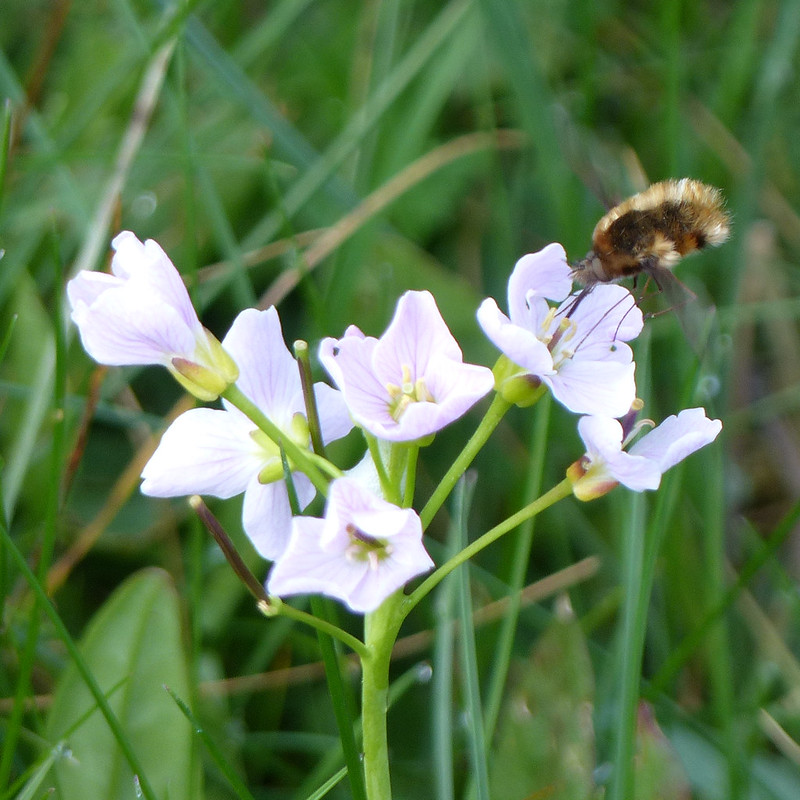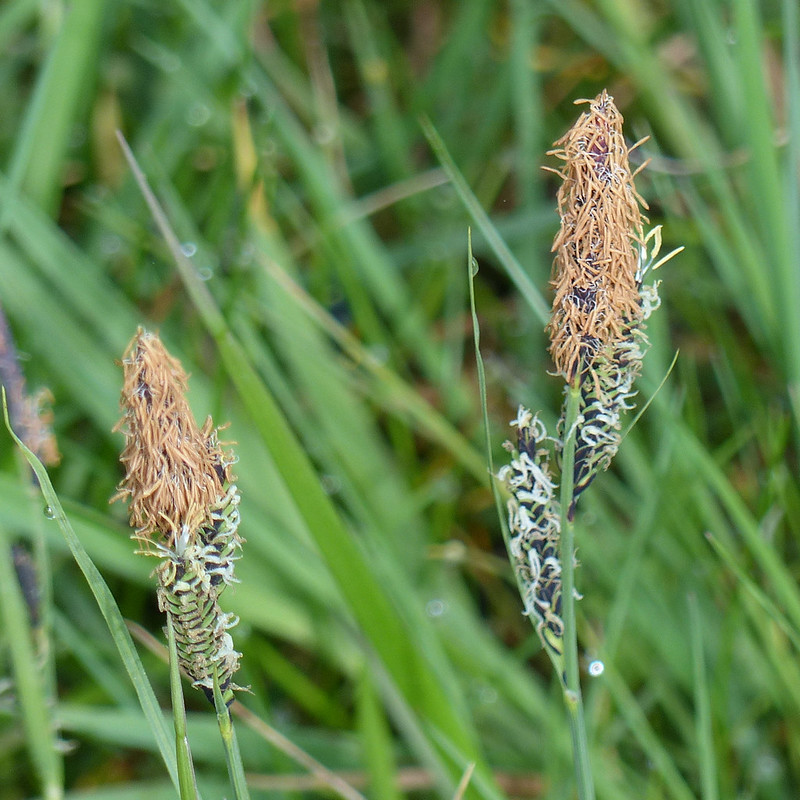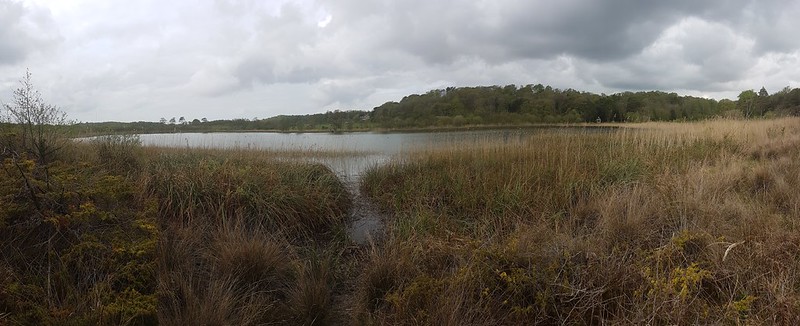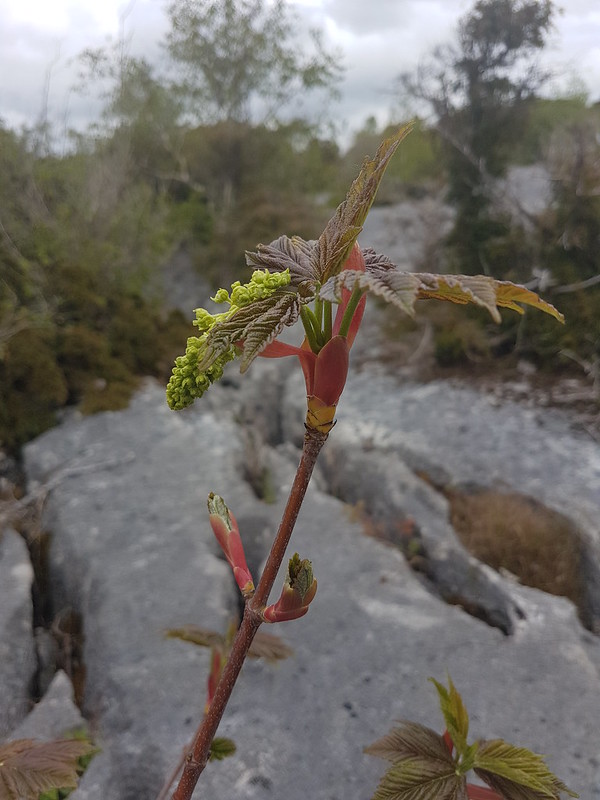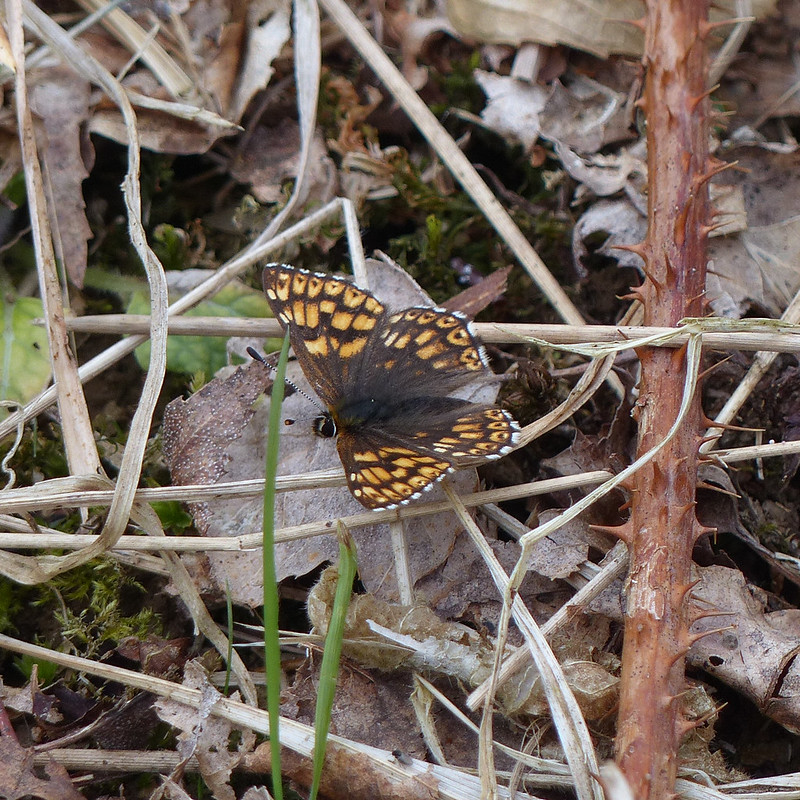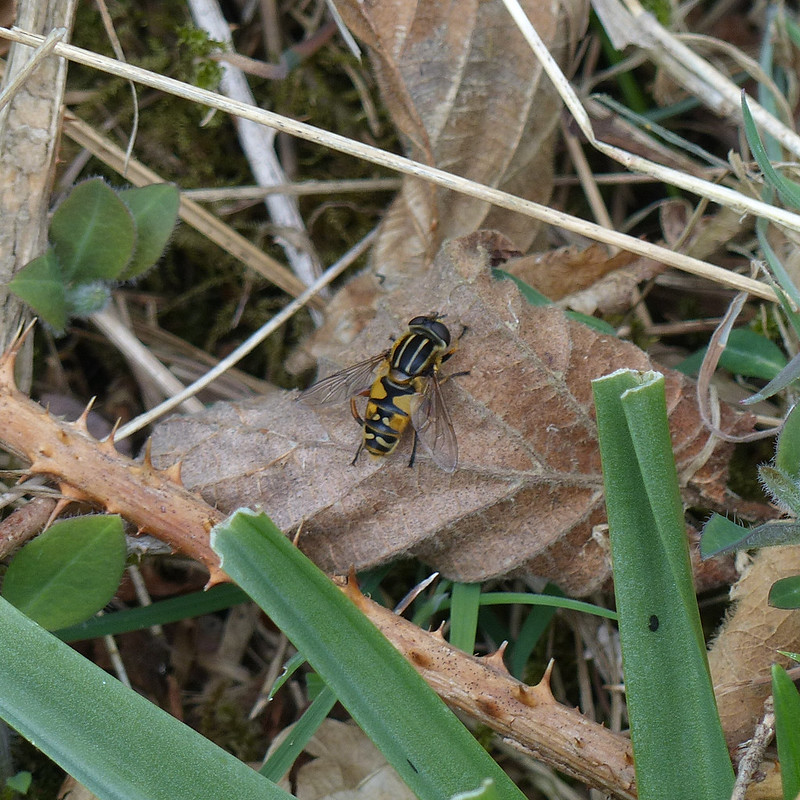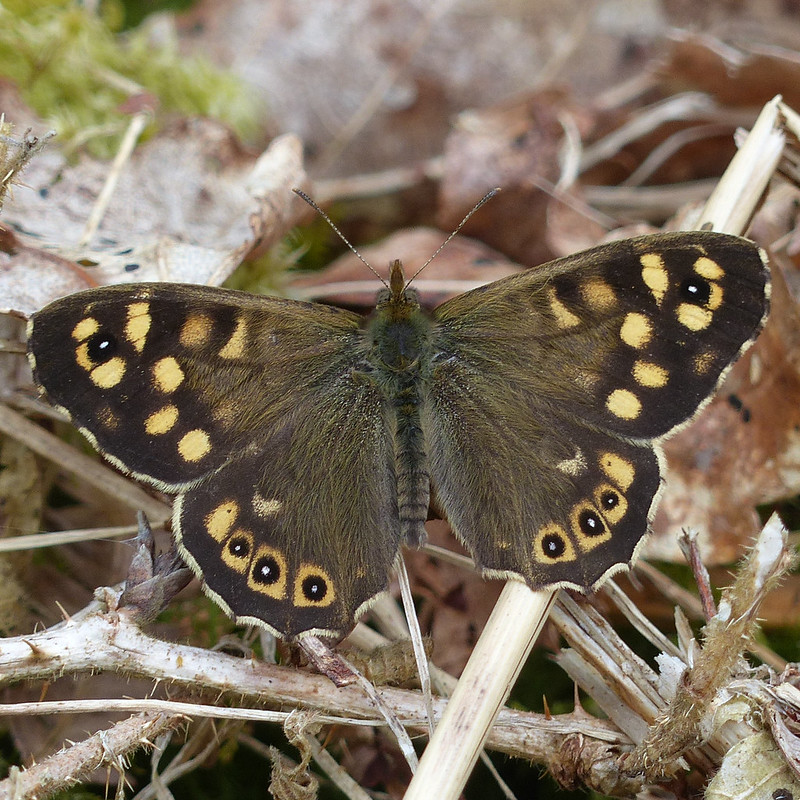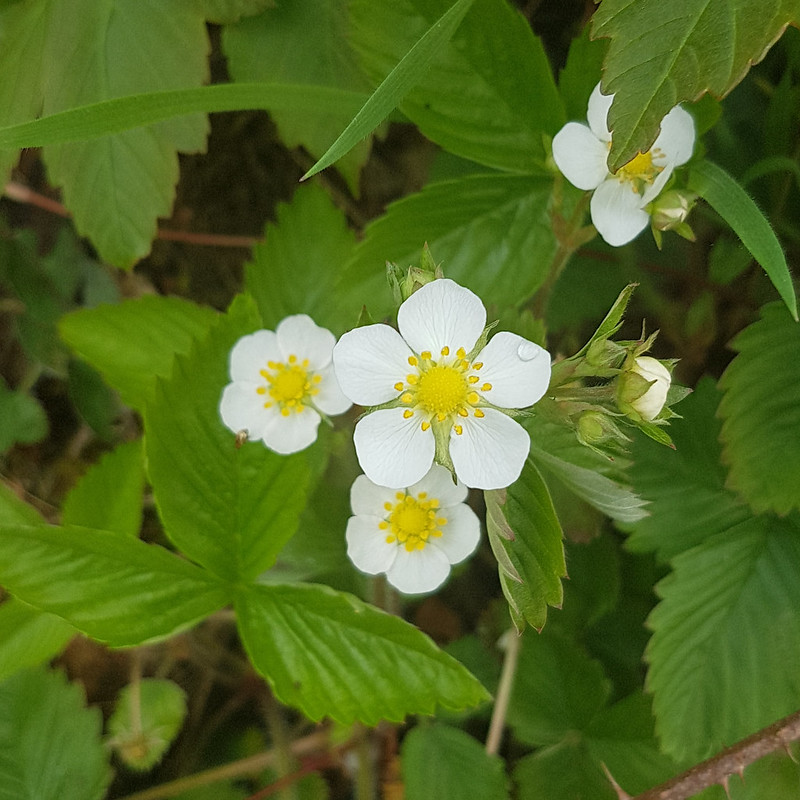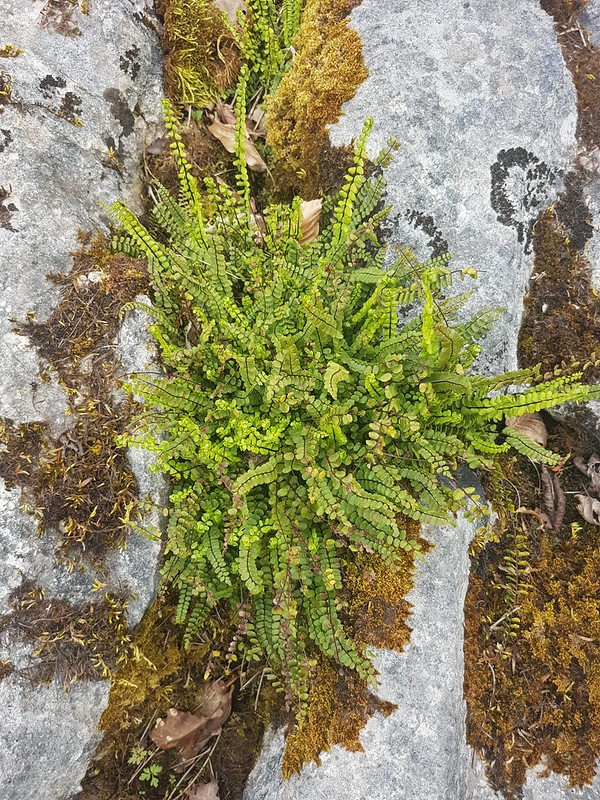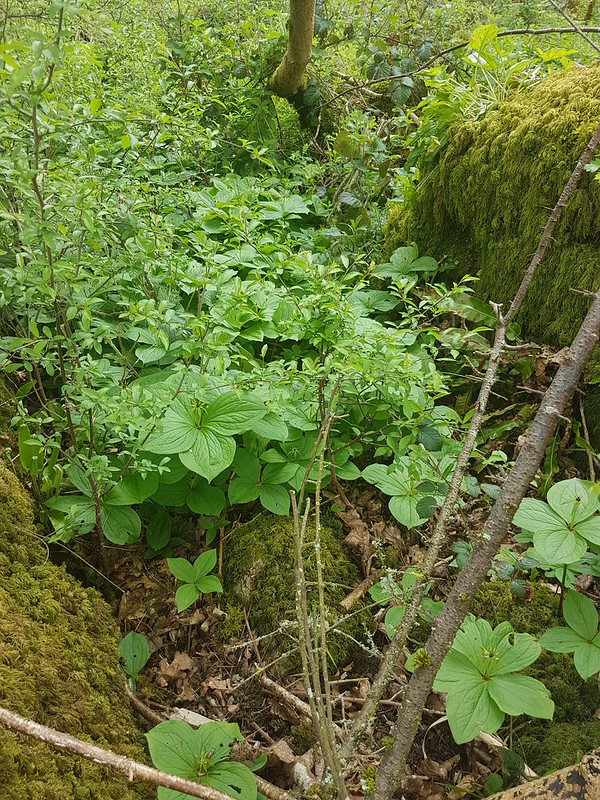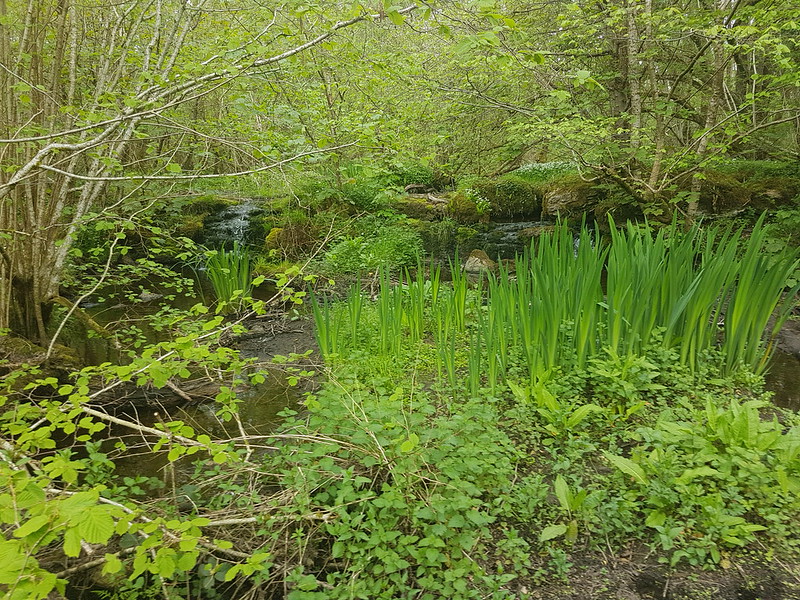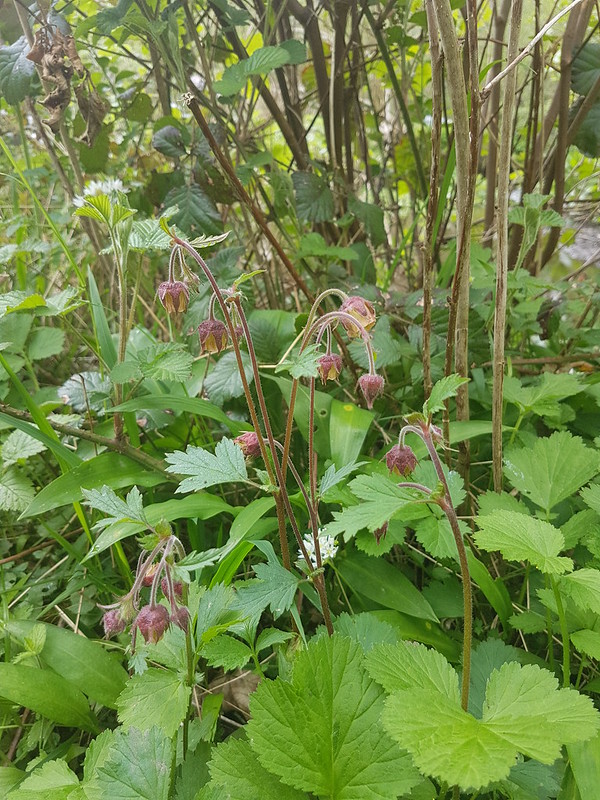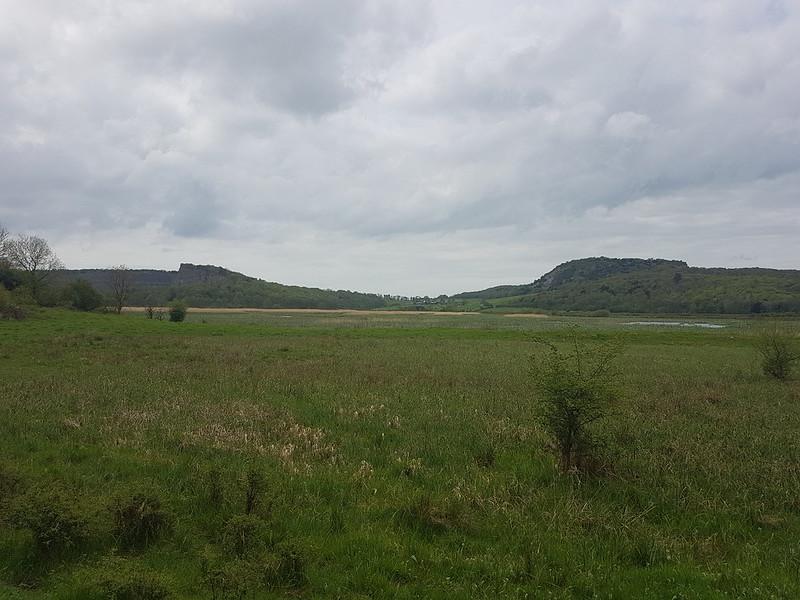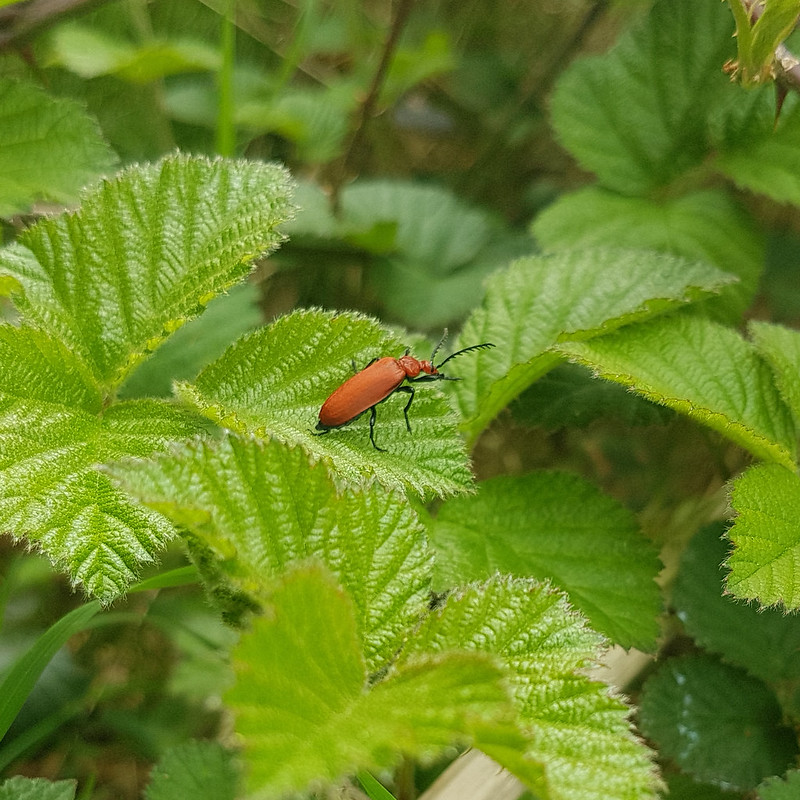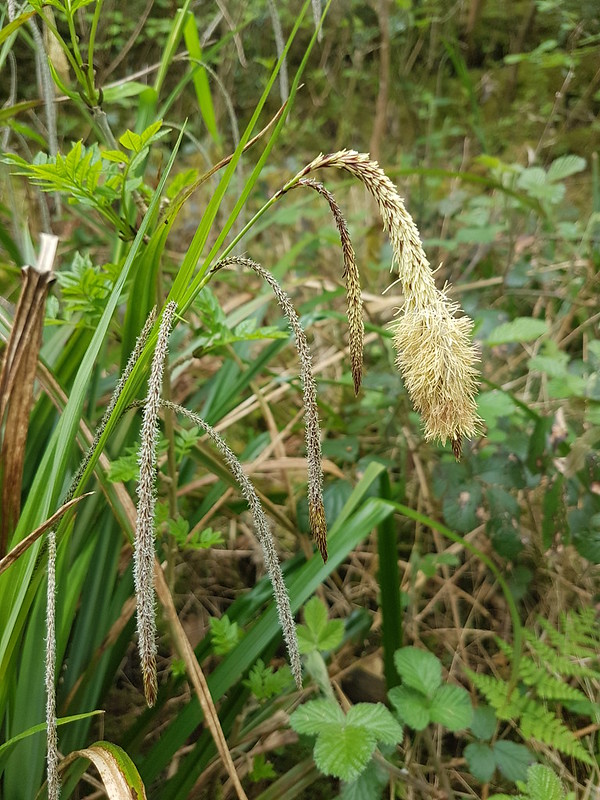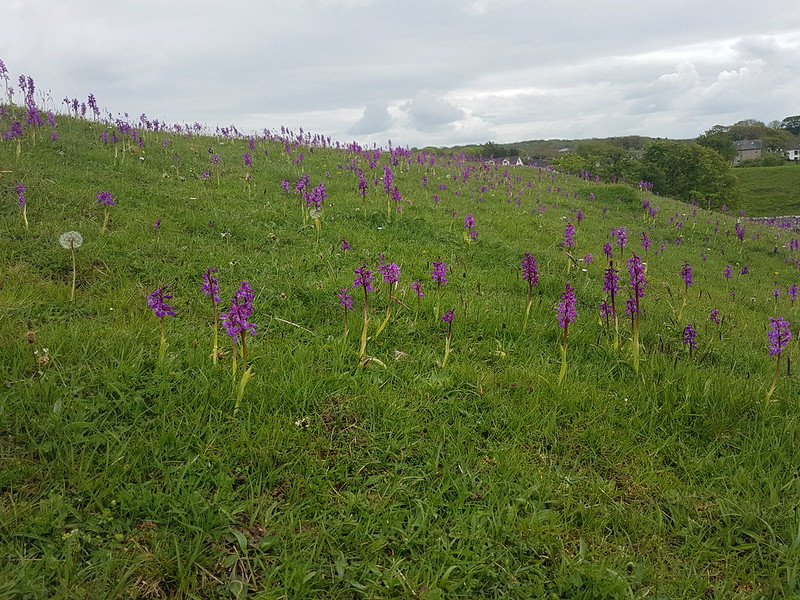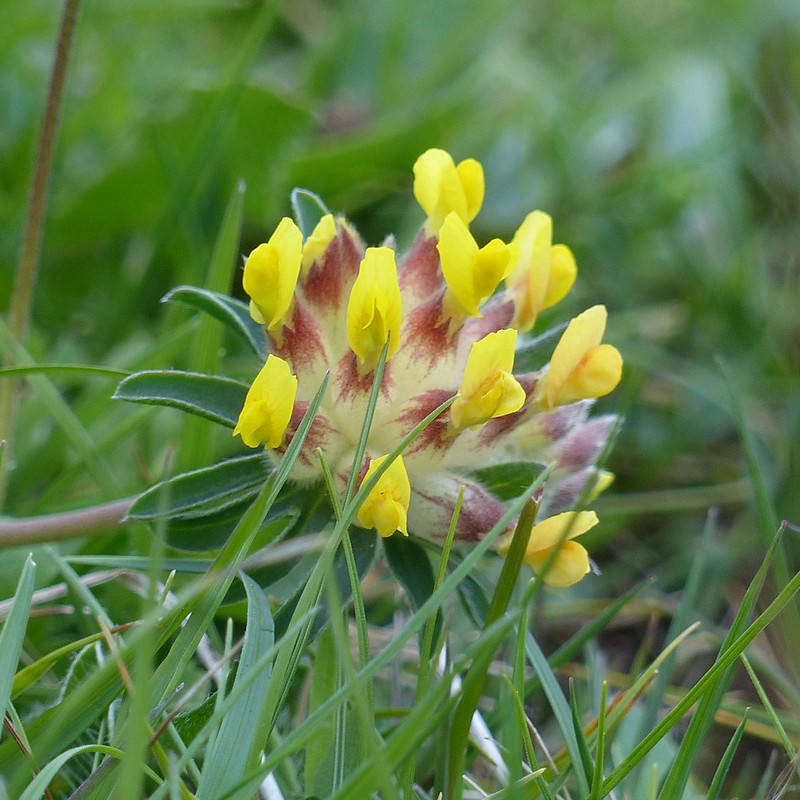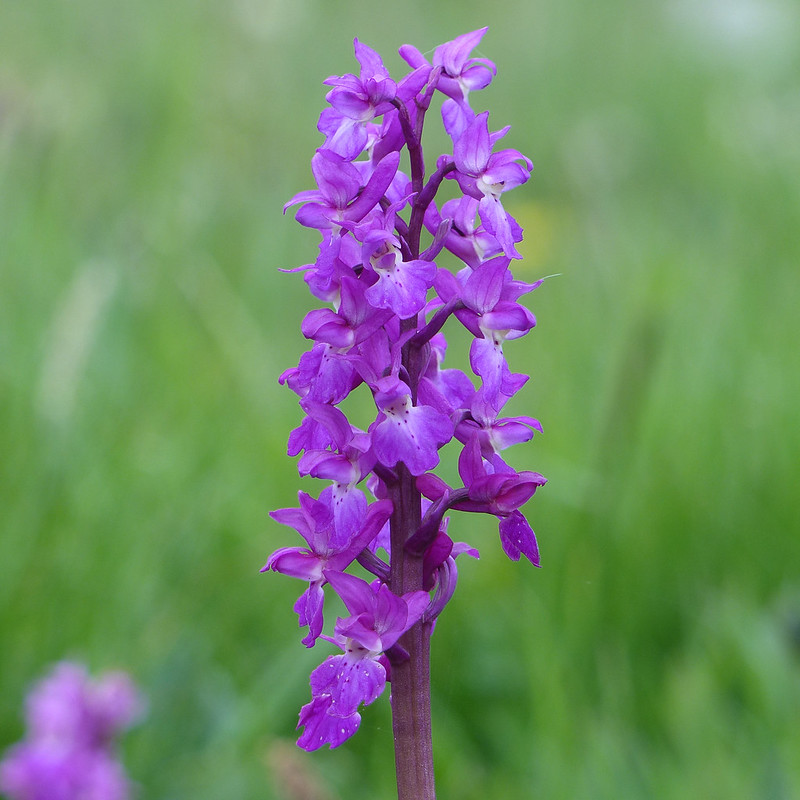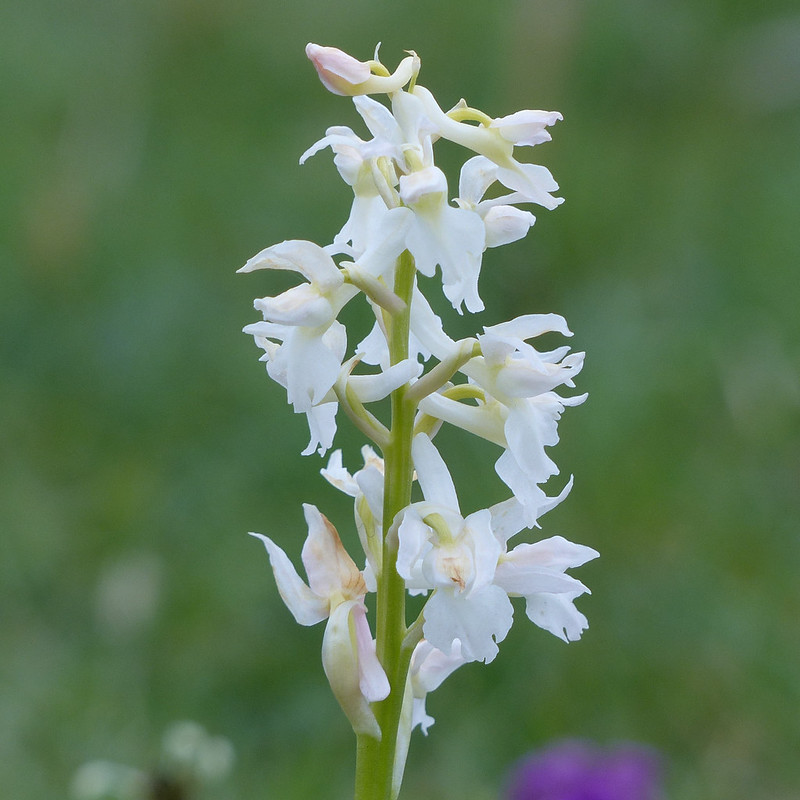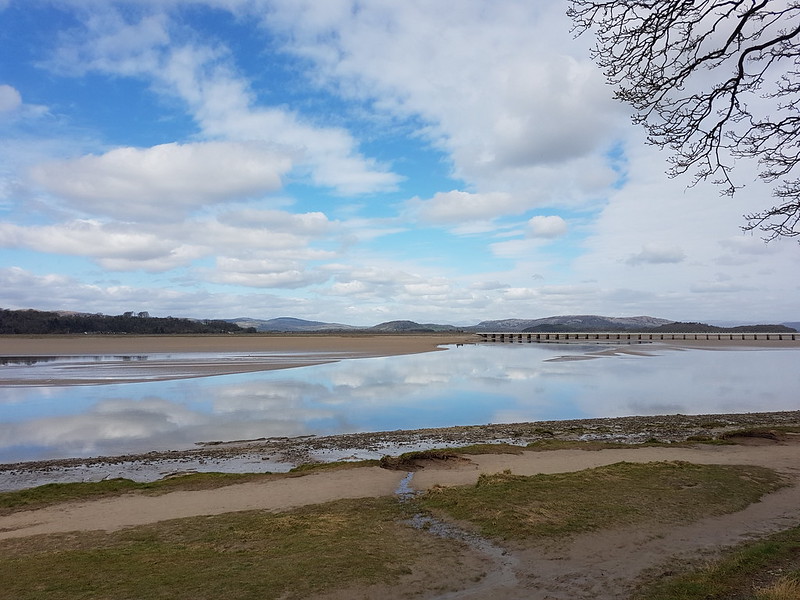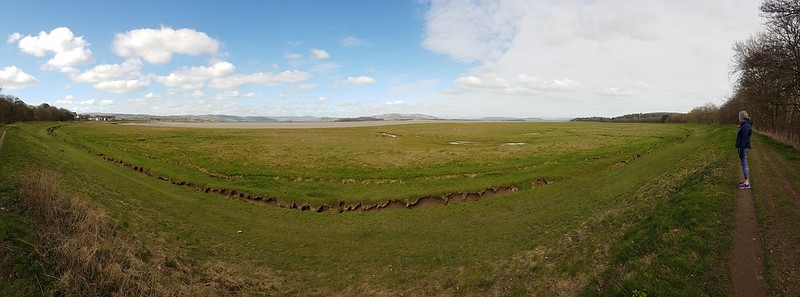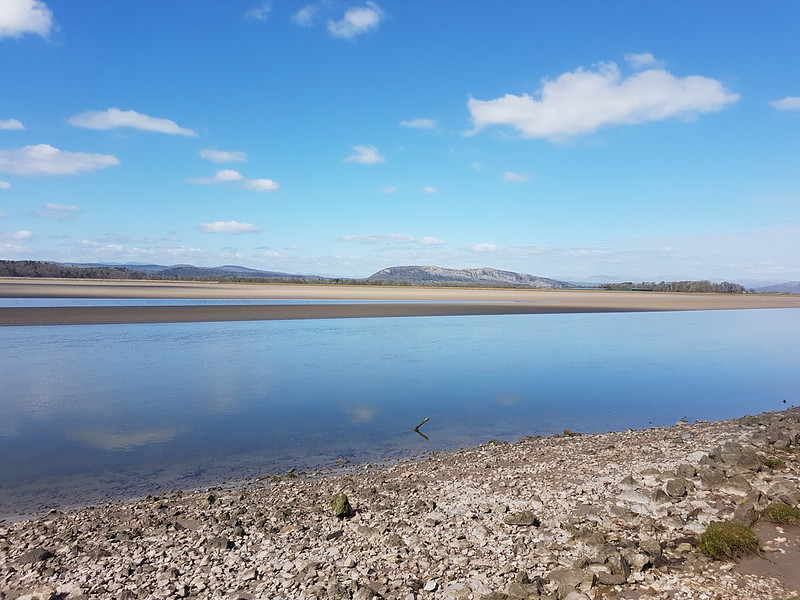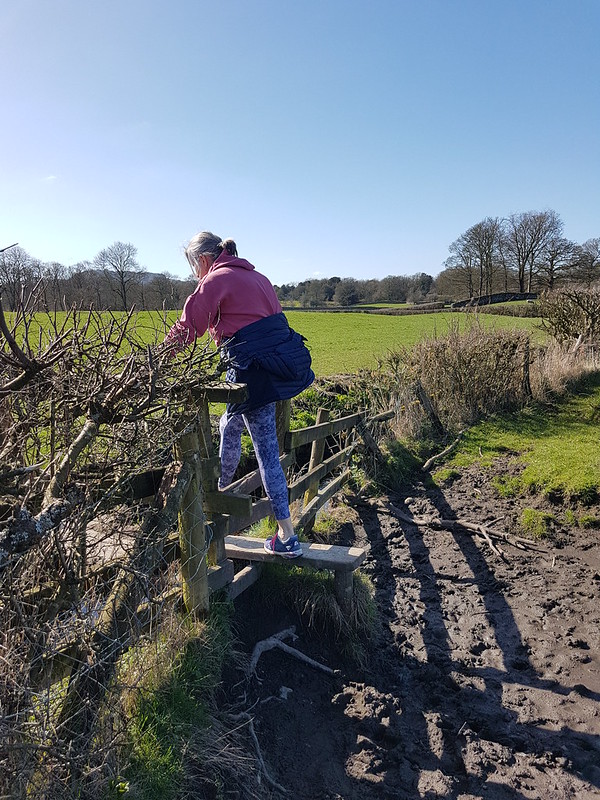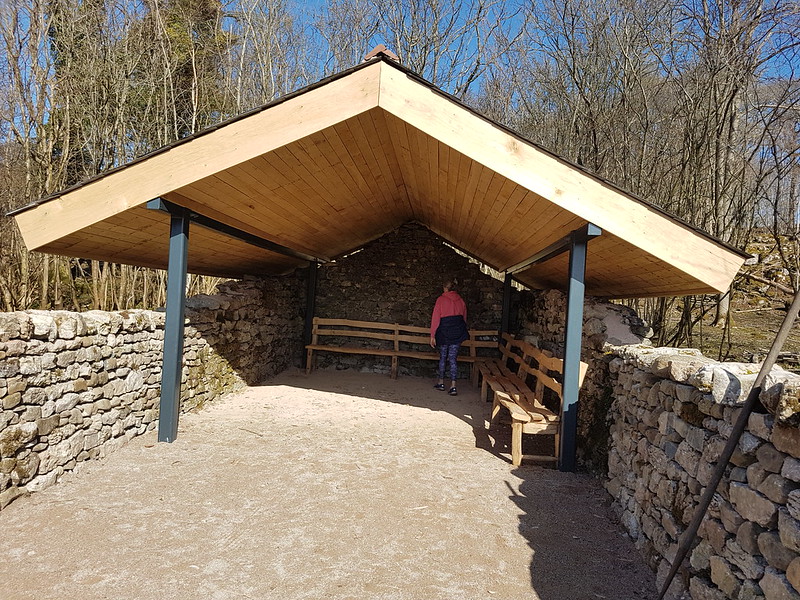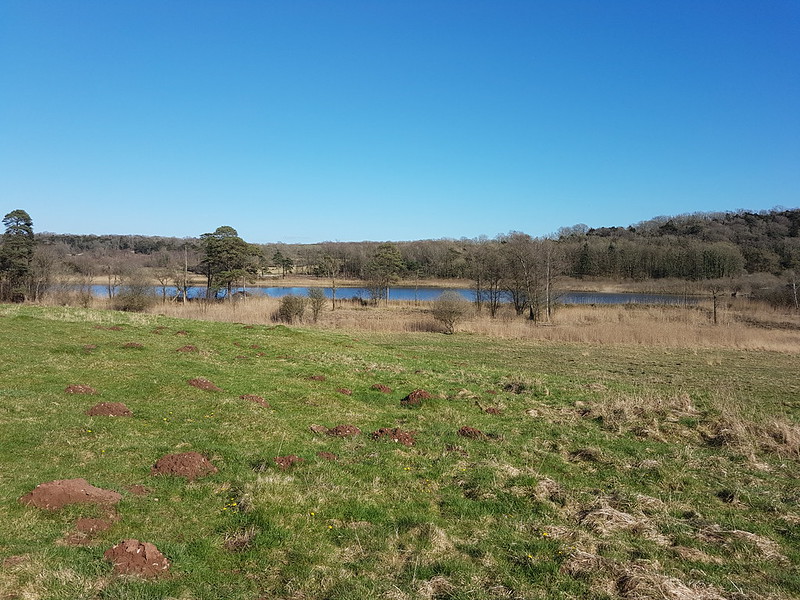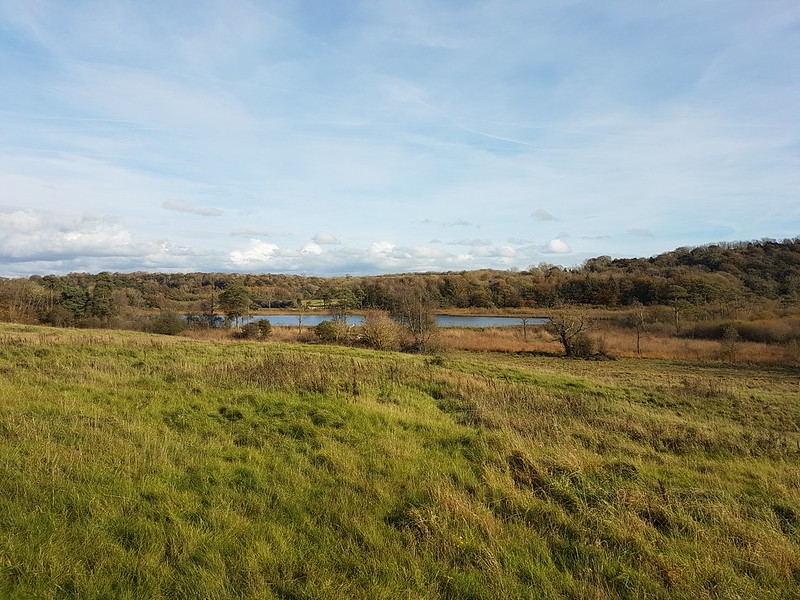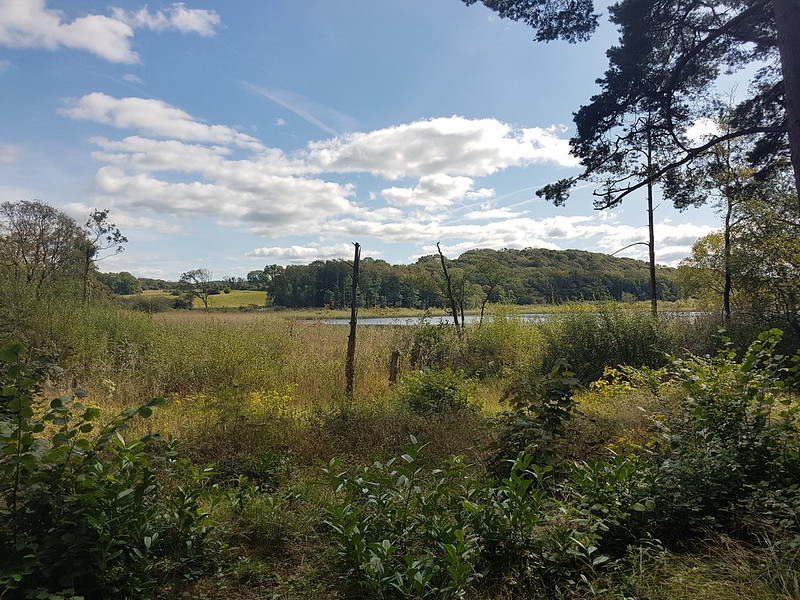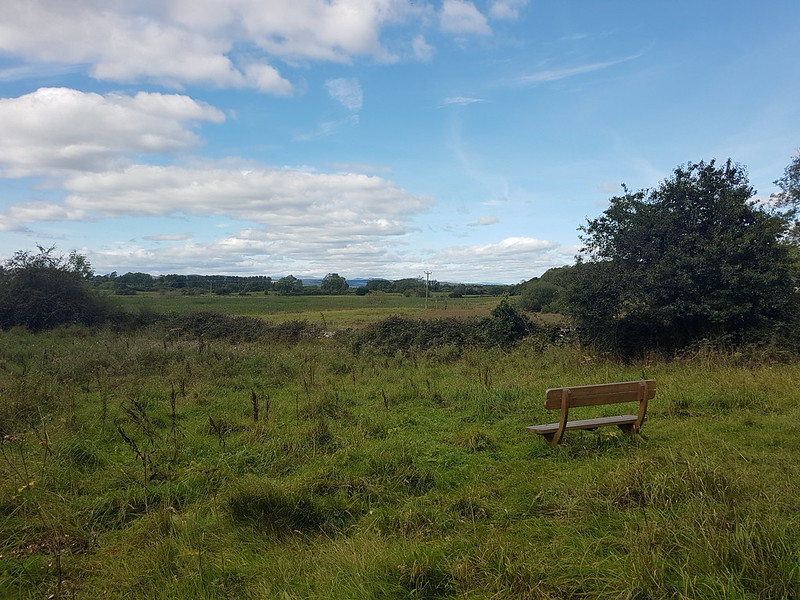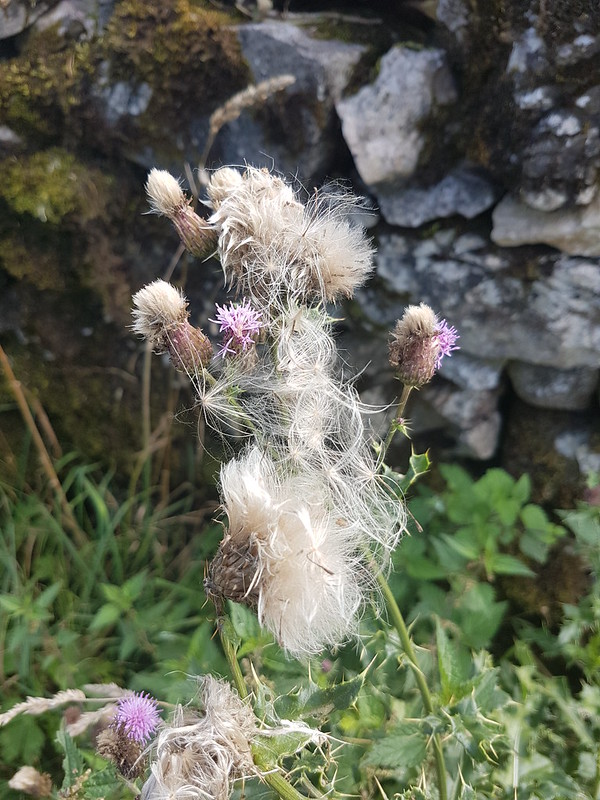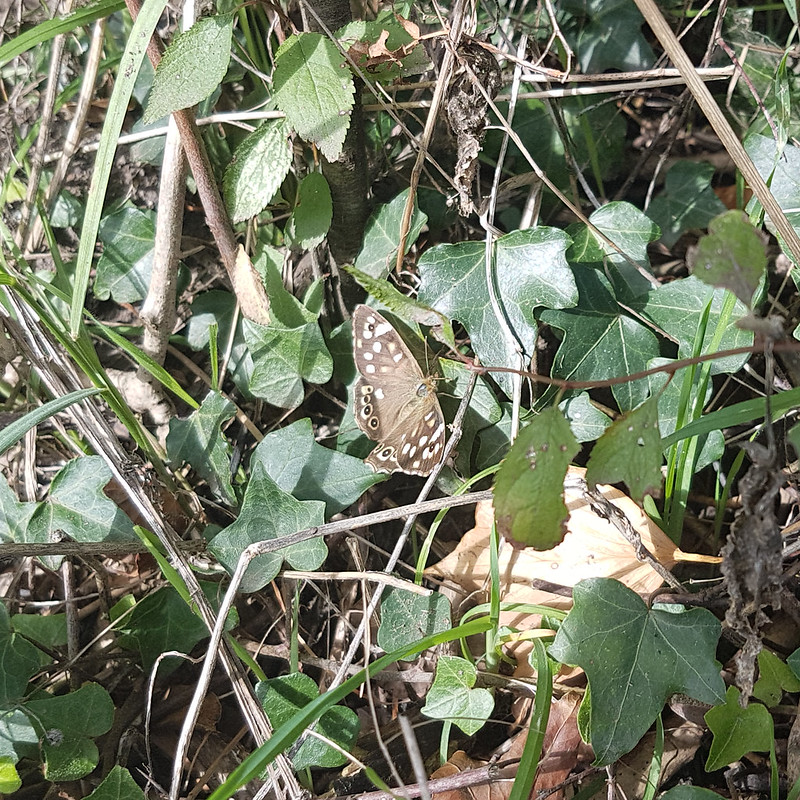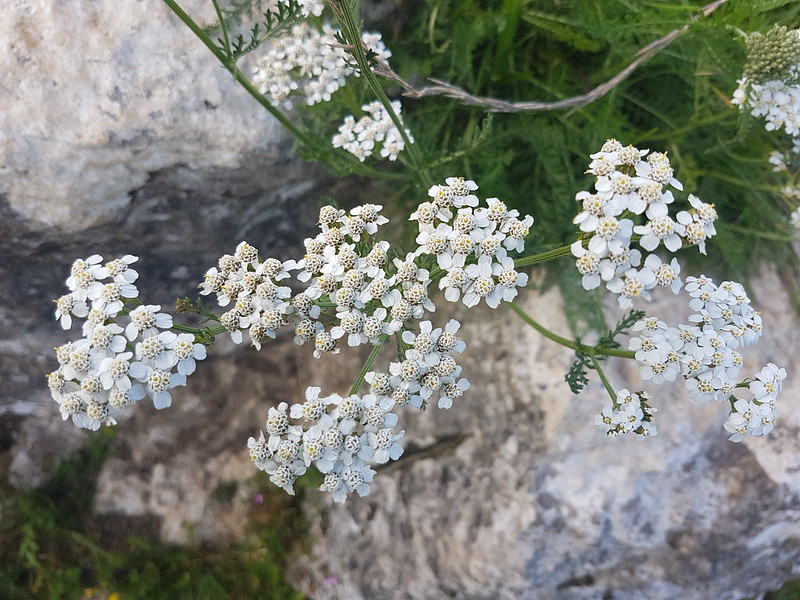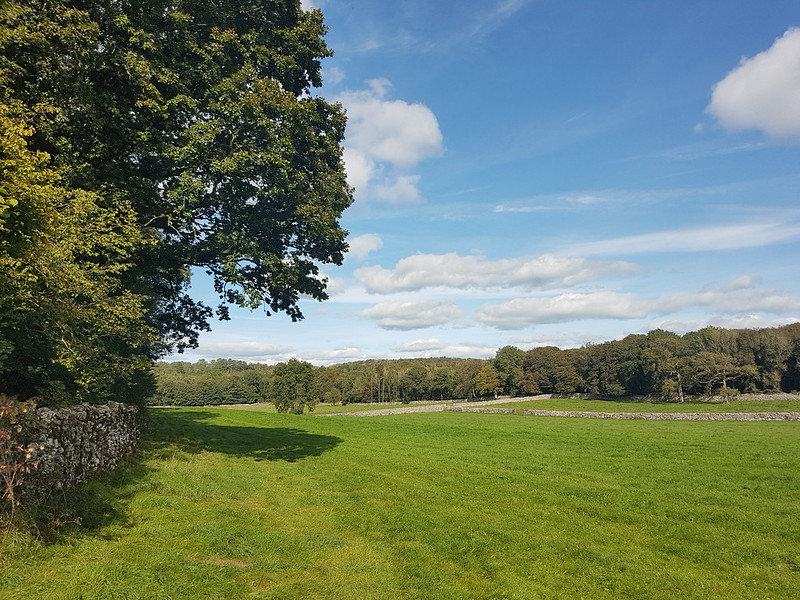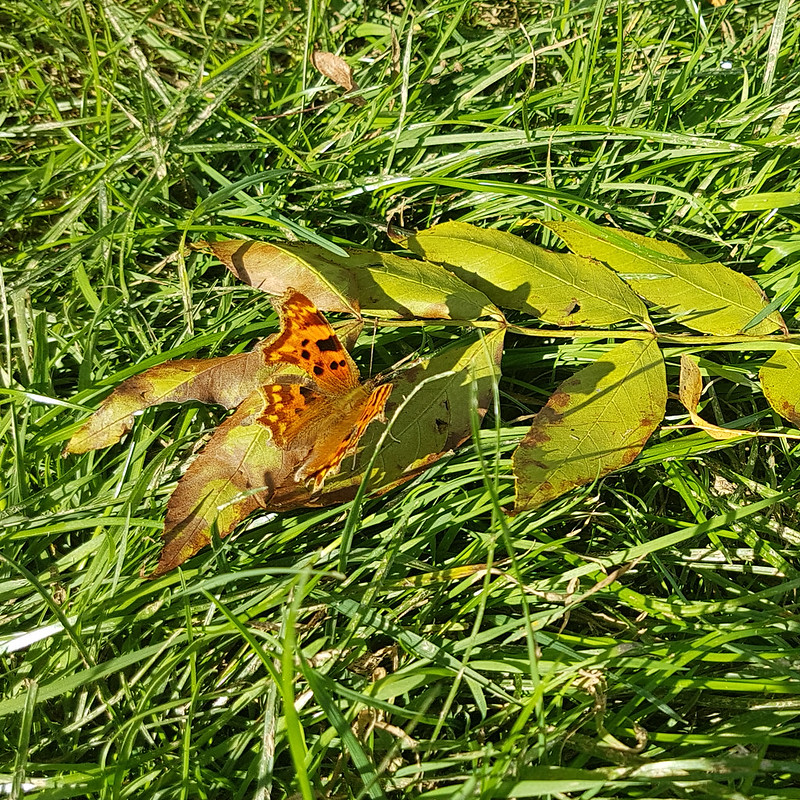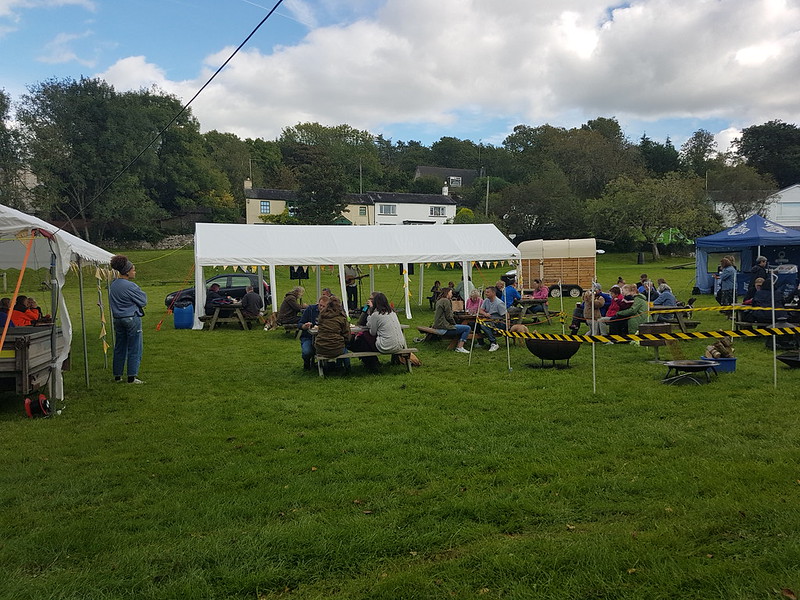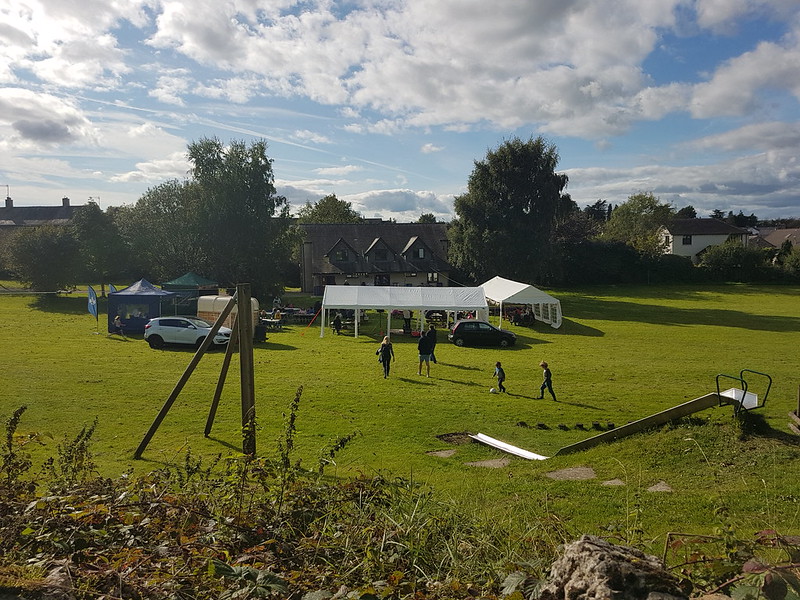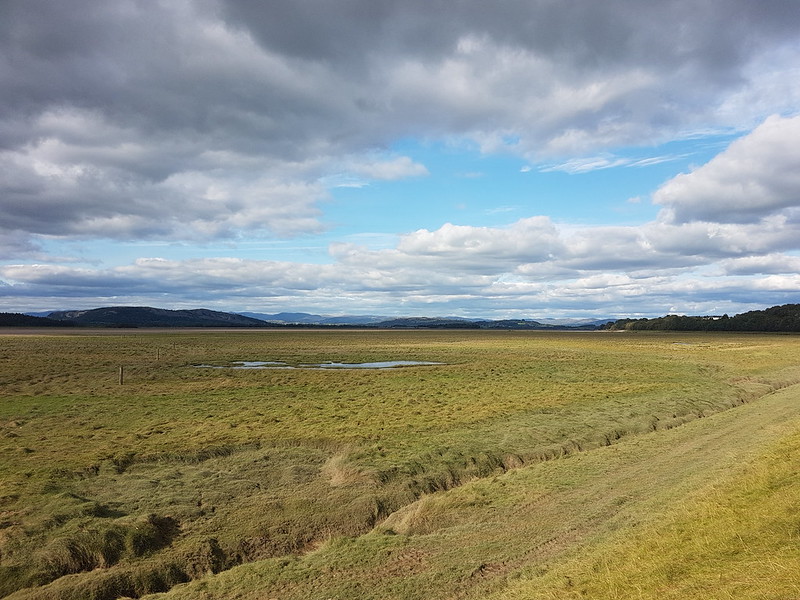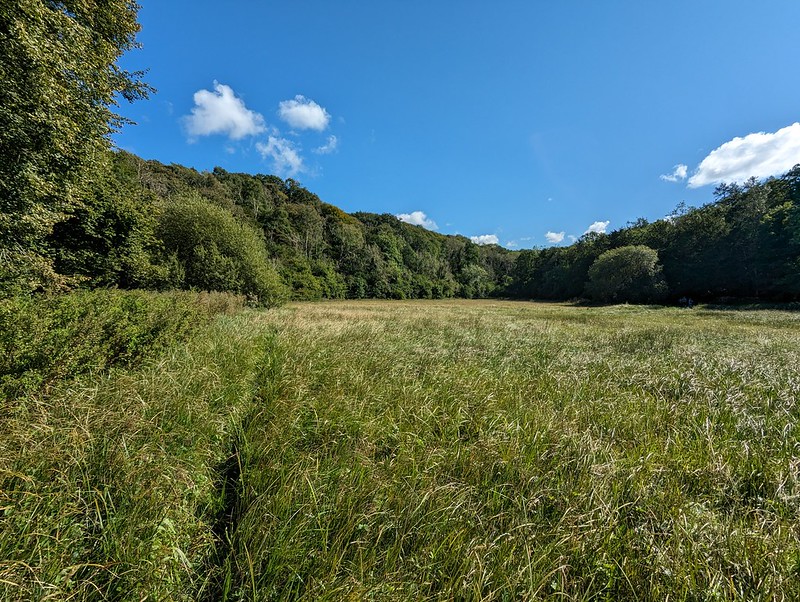
My behaviour towards the end of our summer break was far from migratory; I almost exclusively stuck to my home patch. I must admit, I sometimes look back at my photos, or at MapMyWalk, and wonder why I didn’t go further afield; why not get out and climb some fells? Partly, it’s laziness and the fact that I don’t need to drive anywhere, but also, this summer gone at least, it was often weather related: the blue skies in these photos are almost certainly deceptive. This walk only began mid-afternoon and I can tell you I wasn’t sunbathing in the garden before I set-off. I know this because I didn’t sunbathe in the garden at all last August – the weather just wasn’t up to it.
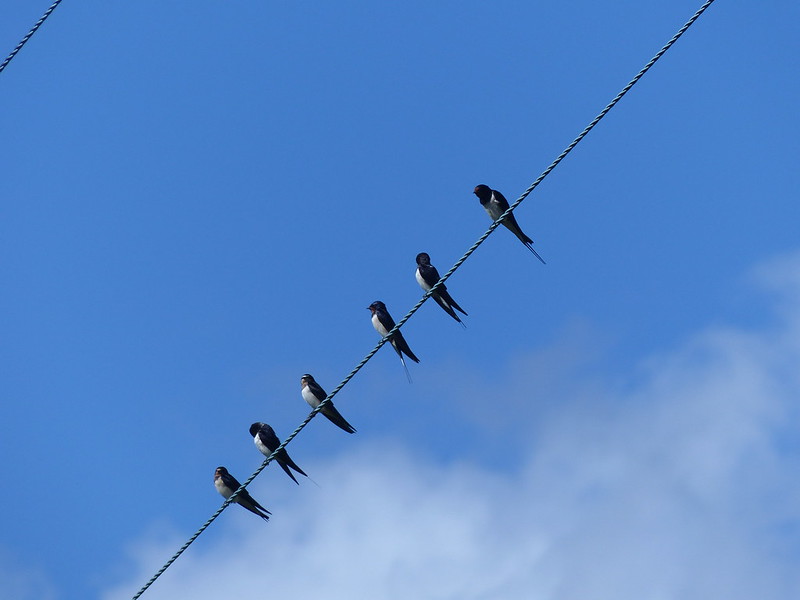
So, not a long walk, distance wise at least; not much over six miles, although that did take me four and a half hours. Lots of stopping and gawking, often, I’ve since realised, at creatures, like these swallows, which don’t live here all-year-round, and which are much more ready to travel beyond their home patch than I am.

I went first to Lambert’s Meadow and back to the lush strip of Great Willowherb which grows along one margin of the meadow, hoping to find Migrant Hawkers there. The air above the field was very busy with dragonflies, but at first I didn’t spot any at rest. But then, on a Willow Tree, I spotted one. Then two. And eventually six, all in close proximity to each other. There were still more on nearby Guelder Rose bushes. Even though they are very colourfully marked, the stripes and mottling are surprisingly good disguise when they’re perched amongst foliage.

I’ve since read that this social behaviour is peculiar to Migrant Hawkers; dragonflies are generally solitary, territorial and aggressive. Migrant Hawkers, however, have an unusual life-cycle; perhaps because in the southern end of their range they live in Algeria, where the pools where they breed can dry-out, their larval stage, typically at least two years for most dragonflies, is much shorter. On the other hand, they have an unusually long adult life and because they aren’t breeding for all of their adult life, the competitiveness which usually characterises dragonfly behaviour is not present.
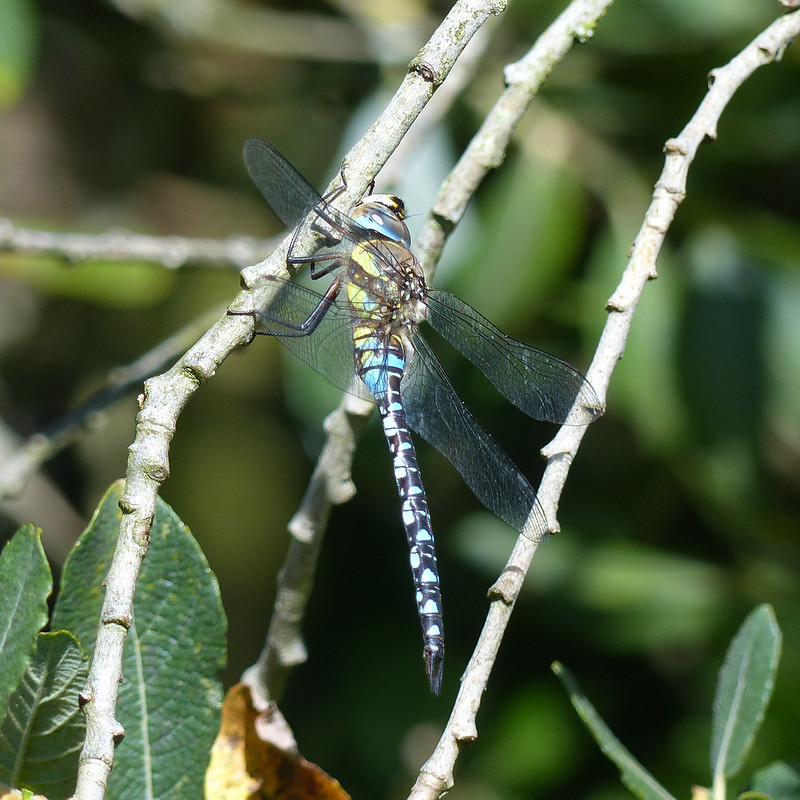
They are also much more likely than other species to travel considerable distances in search of likely breeding territory, hence the name ‘Migrant’, although I think that also relates to the fact that weren’t a resident British species until relatively recently.
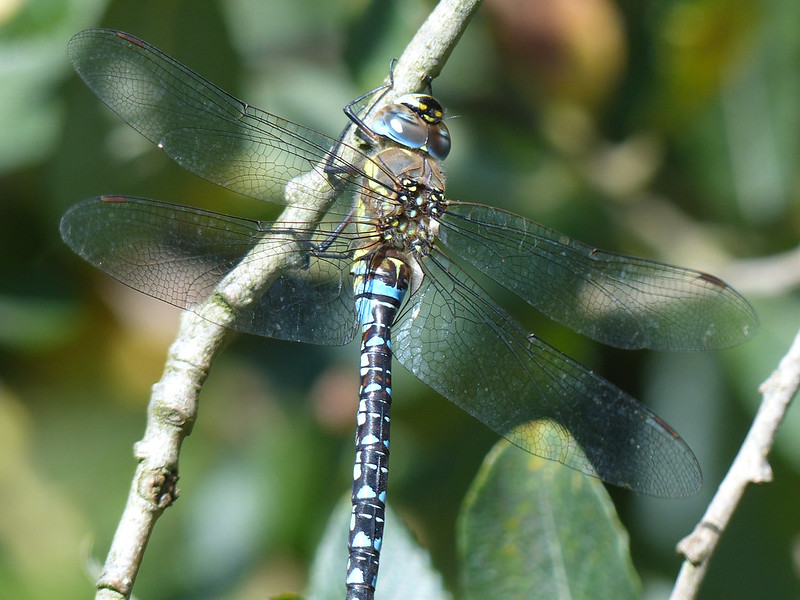

‘Britain’s Dragonflies’ is pretty clear that female Migrant Hawkers are predominantly brown with yellow markings. I saw several specimens which were definitely mostly brown, but with blue markings, like this one. So I’m a bit confused as to whether this is a male or a female.



From Lambert’s Meadow, I headed to Gait Barrows for a walk around Hawes Water and up on to the limestone pavement.


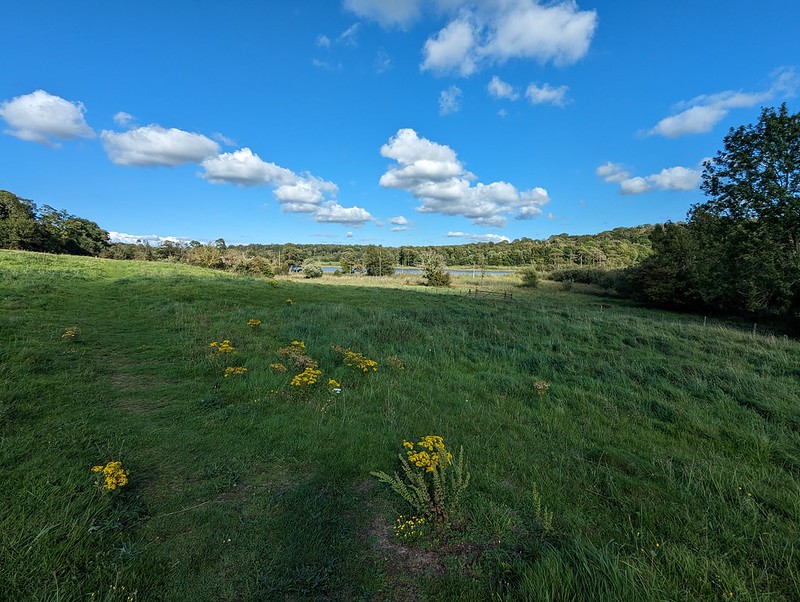
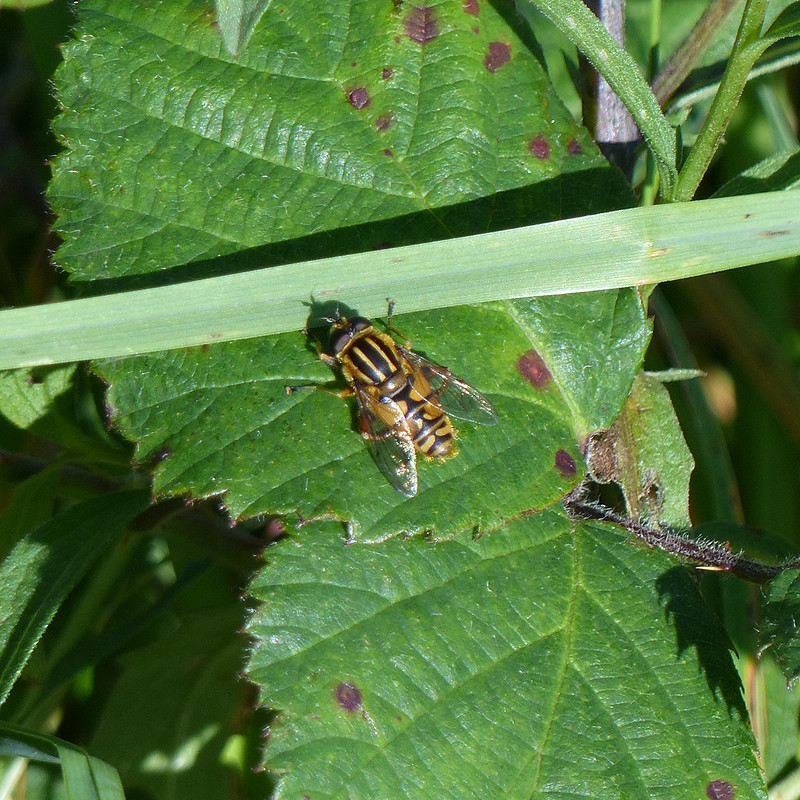
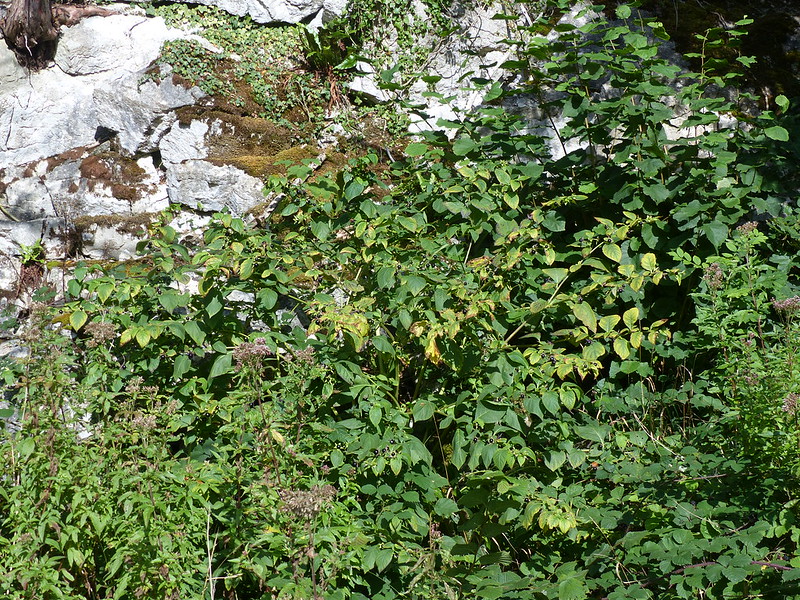
The two Deadly Nightshade shrubs growing beneath the low limestone crags close to Hawes Water, which I’d noticed when they were flowering earlier in the year, were now liberally festooned with berries. Apparently they are sweet to taste, which seems like a waste since, like all parts of the plant, they are hallucinogenic in small doses and highly toxic in even moderate amounts.
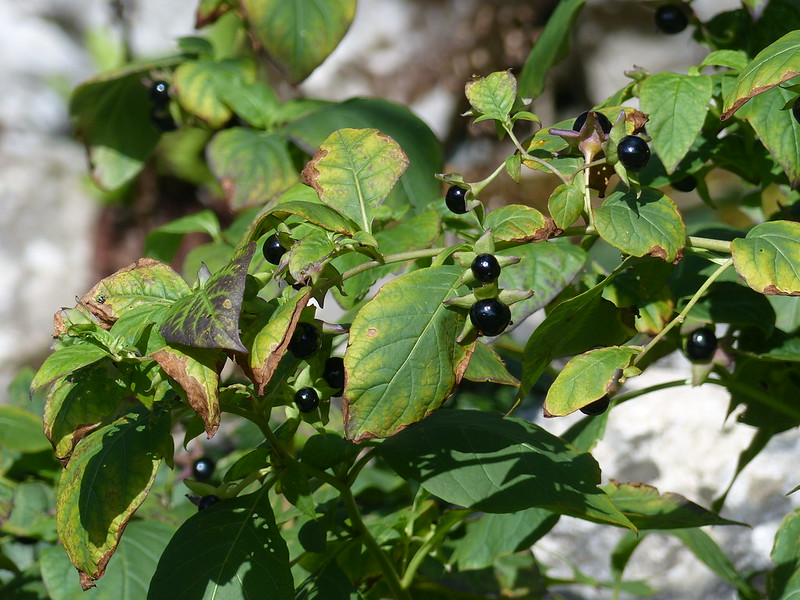
In Greek mythology the three fates are Clotho, Lachesis and Atropos. Clotho spins the thread of life, Lachesis measures it, and Atropos cuts it. In other words, Atropos personifies death itself, hence Atropa in the Latin name of this plant. Meanwhile, Belladonna, ‘beautiful lady’ comes from the practice by women of using some part of the plant to dilate their pupils.
Apparently, the plant is considered to be native only in the south of England and plants found further north are the remnant of plants grown in the past for medicinal purposes, which, perhaps surprisingly, given its toxicity, were legion. So: another migrant.
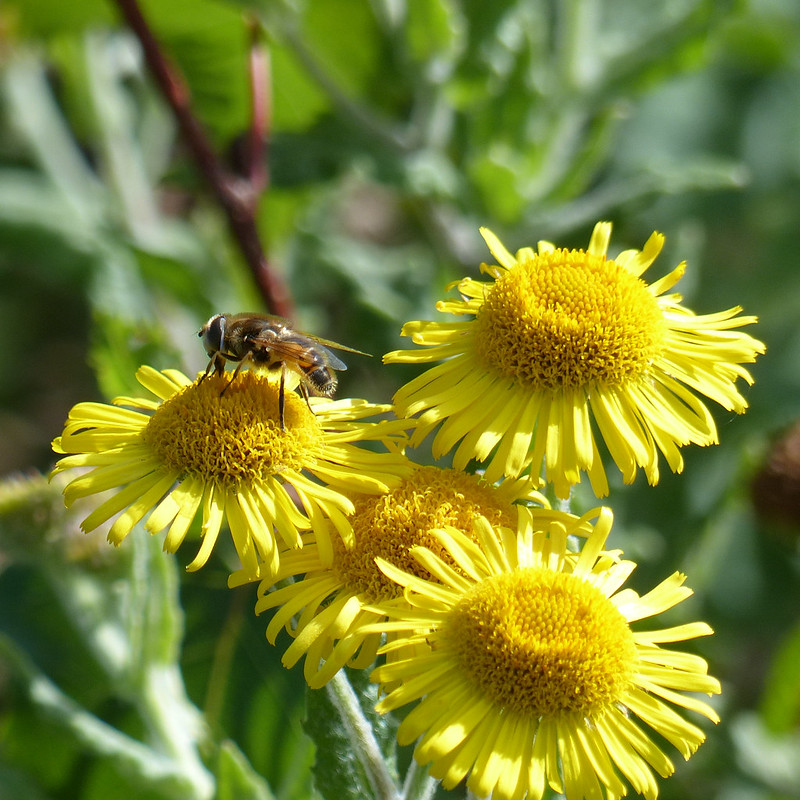
I think this is also Eristalis arbustorum; Eristalis species are the Drone Flies. Other photos show that this one has a pale face which is why I think it’s arbustorum. In honesty, I was more interested in the Fleabane which is not, despite its name, all that common in this area.
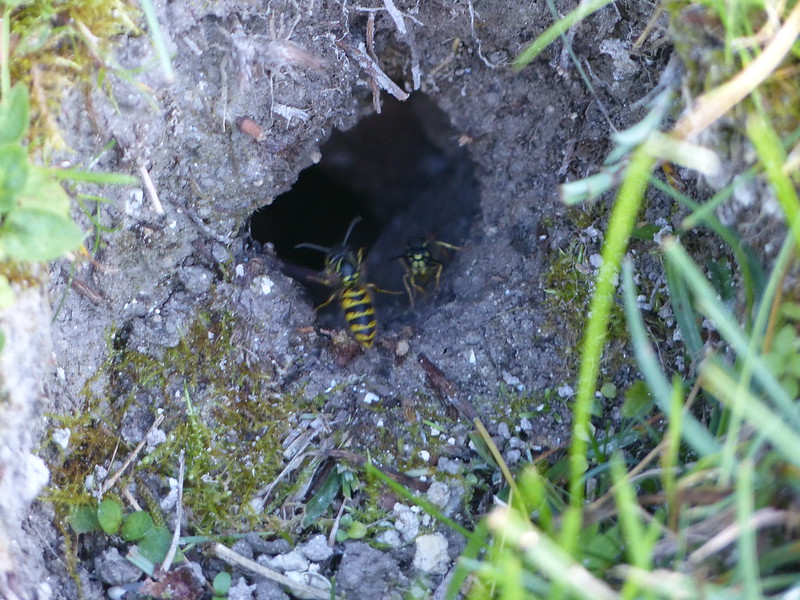
Not the best photo, I know, but the best of the many I took. It had to be included to remind me of the happy moments when I watched, fascinated, as wasps ferried in and out. At the time I assumed that there was a nest in the hole. I suppose another explanation is that there was some abundant food source in there that they were exploiting.
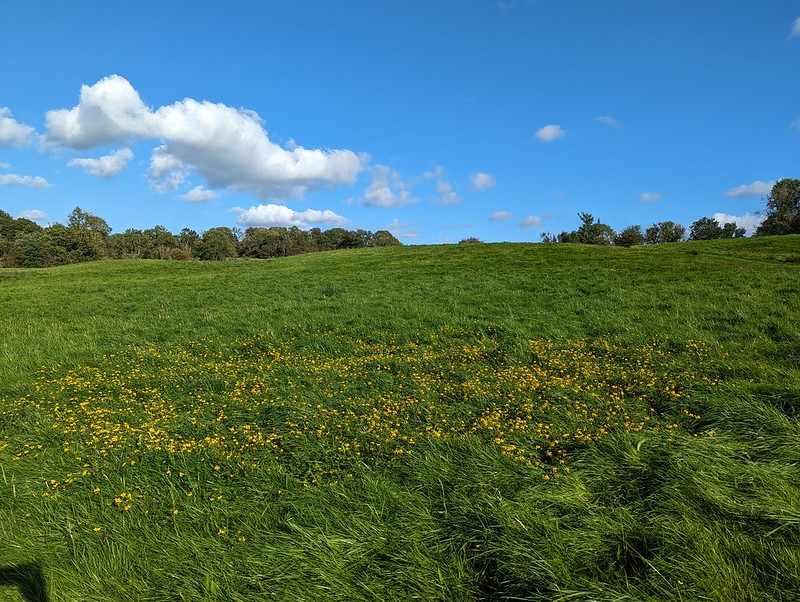
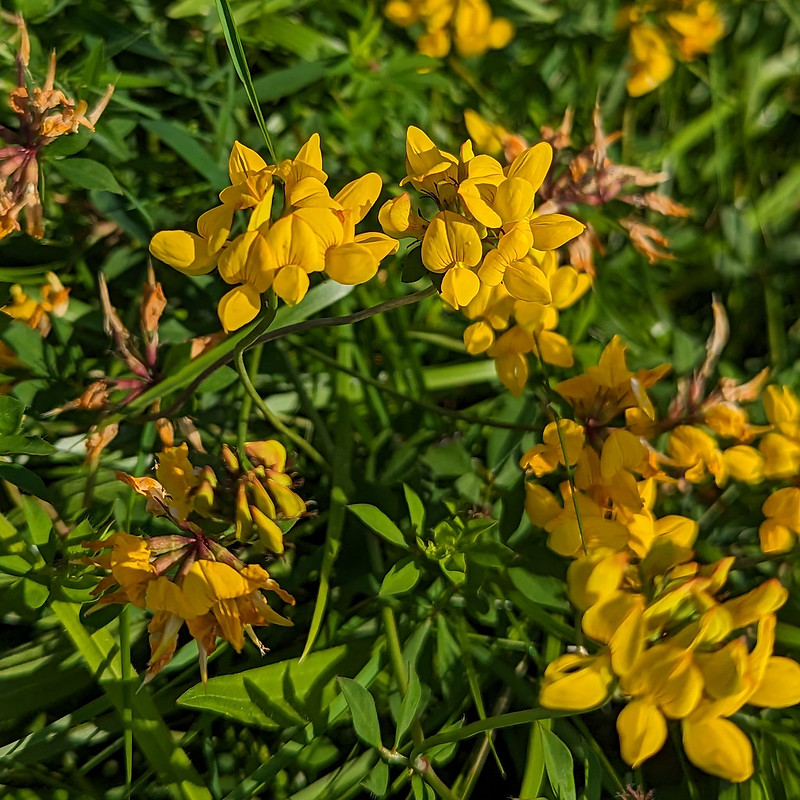
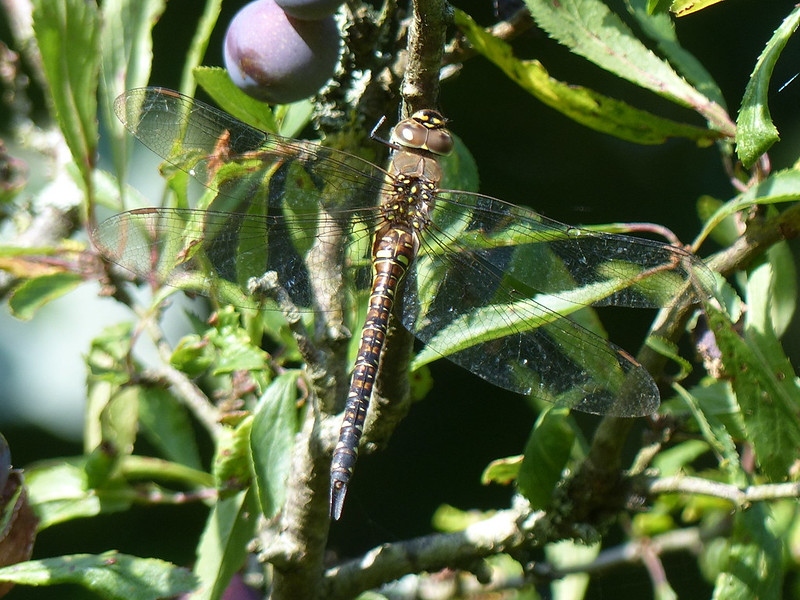
Just below the extensive area of limestone pavement at Gait Barrows a large Blackthorn, which had grown out to be a small tree, proved to be another resting spot for a group of Migrant Hawkers.


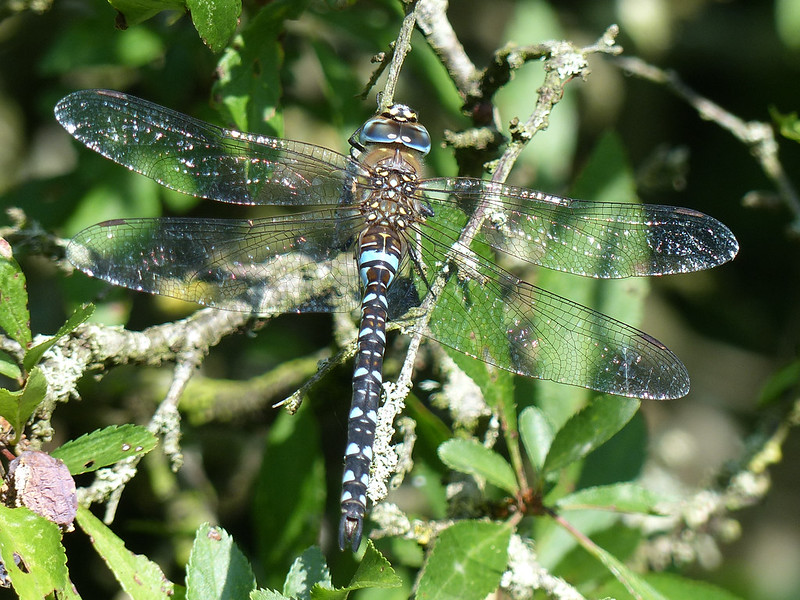
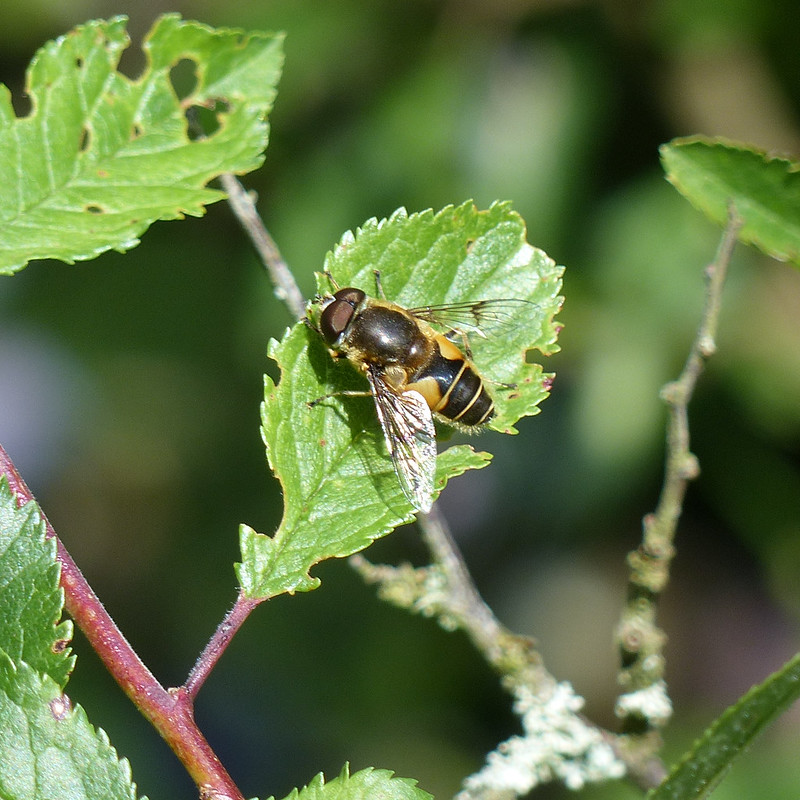


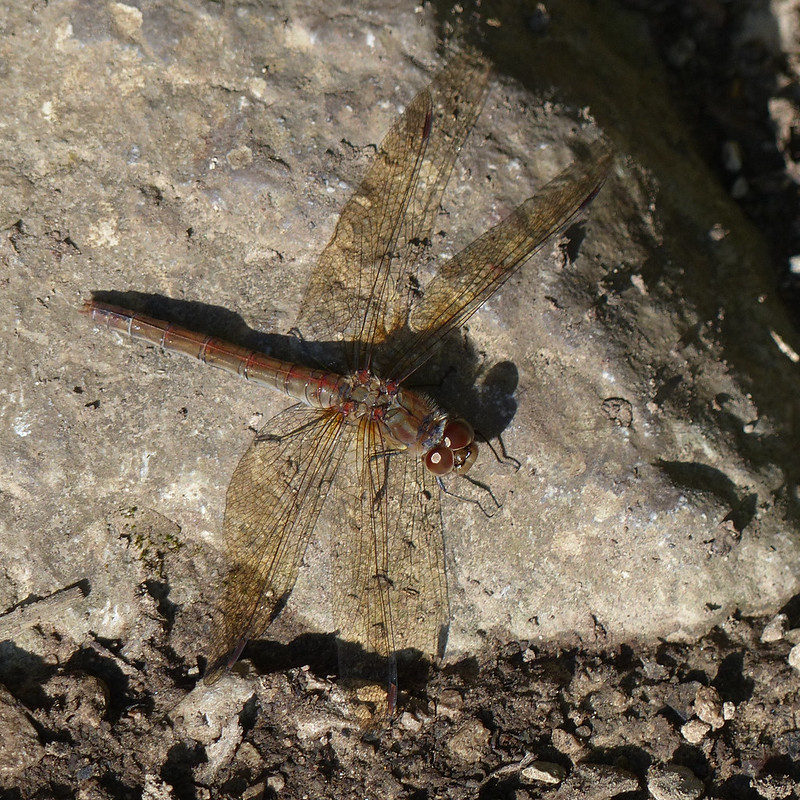

This looks, to my untutored eye, very like a Rufous Grasshopper. It probably isn’t. My field guide shows the distribution of that species being solely along, or close to, the south coast. However, I looked up a more recent distribution map, and whilst they are largely restricted to the south of England, there have been verified sightings near Doncaster. Admittedly, that’s still a long way from here, but, on the other hand, they do like calcareous grassland, so this is the right kind of habitat. Maybe they’re migrating north too?
Wishful thinking aside, whilst trying to research whether or not it would be possible to find Rufous Grasshoppers in this area, I came across an old annual newsletter of the North Lancashire Naturalists Group. I’ve only read the Orthoptera section so far, but now I know where and when to look for Dark Bush Crickets locally, which might not excite everyone I realise, but is obviously right up my street. I also came across some familiar names of friends from the village who are members (and, in one case, Chair) of the group and are involved in recording. Why haven’t I joined myself? No doubt they would tell me what kind of grasshopper I have here.
At the point which I think of as the ‘top’ of the limestone pavement, where there’s a substantial memorial cairn, there’s a small set of steps with a rustic wooden handrail. As I climbed the three steps something seemed to fly away from the handrail.
‘That’s an unusual bird,’ I was thinking.
It seemed to land nearby, on or close to some bracken…

I couldn’t. Or rather, I could, but it was so still and so well disguised, I thought I was looking at the end of a dried branch or twig. Fortunately, I decided to investigate.
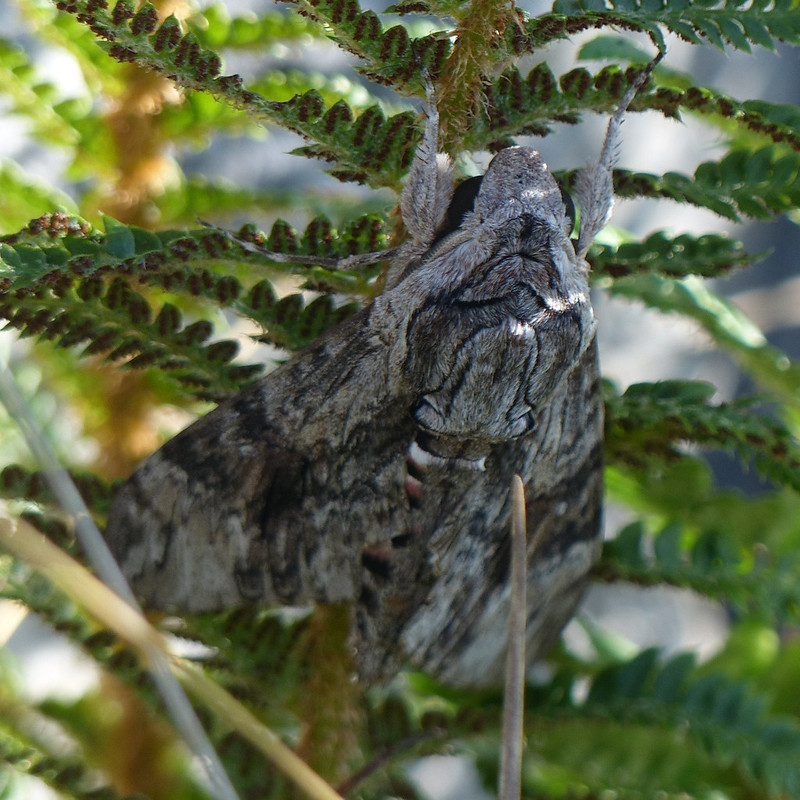
It was a Convolvulus Hawk-moth. I think this is probably the biggest moth I’ve ever seen; I’ve read that they can have a five inch wing-span. Their daytime defence strategy is to keep very still and hope not to be noticed. This one let me crawl right up to the bracken frond it was hanging beneath.
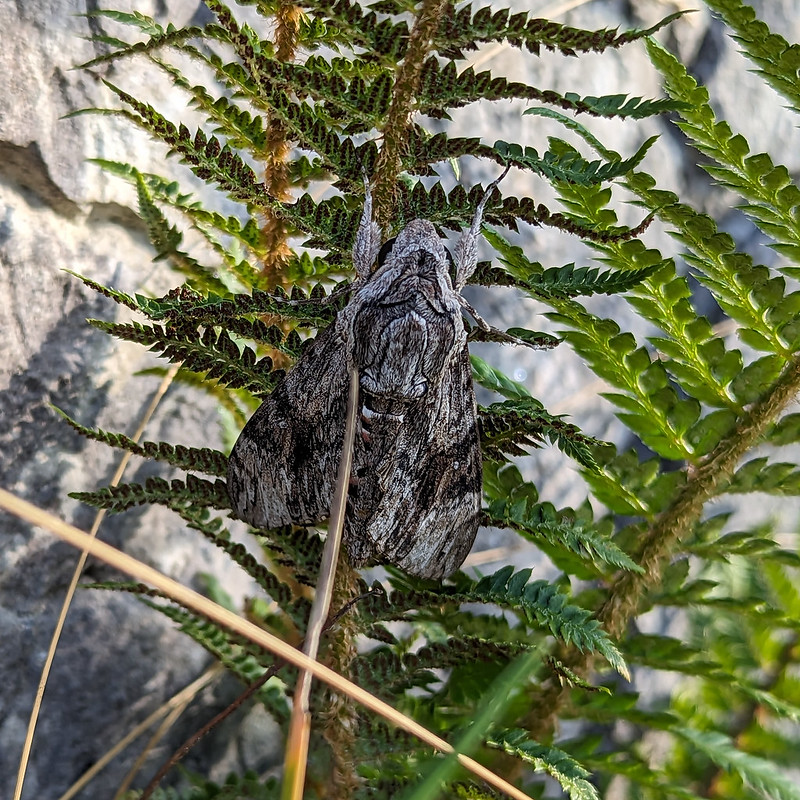
This moth is native to North Africa and Southern Europe. It can’t generally overwinter in the UK, so this was a true migrant. The large, colourful, horned caterpillars live on Convolvulus – Bindweed. There’s plenty of that in our garden, but it dies back every winter, which I think is why the caterpillars can’t survive here. I’m not sure the photos do it justice: it was breathtaking.
Fortunately, nobody happened by whilst I was spread-eagled on the ground trying to find the best vantage points for photos.
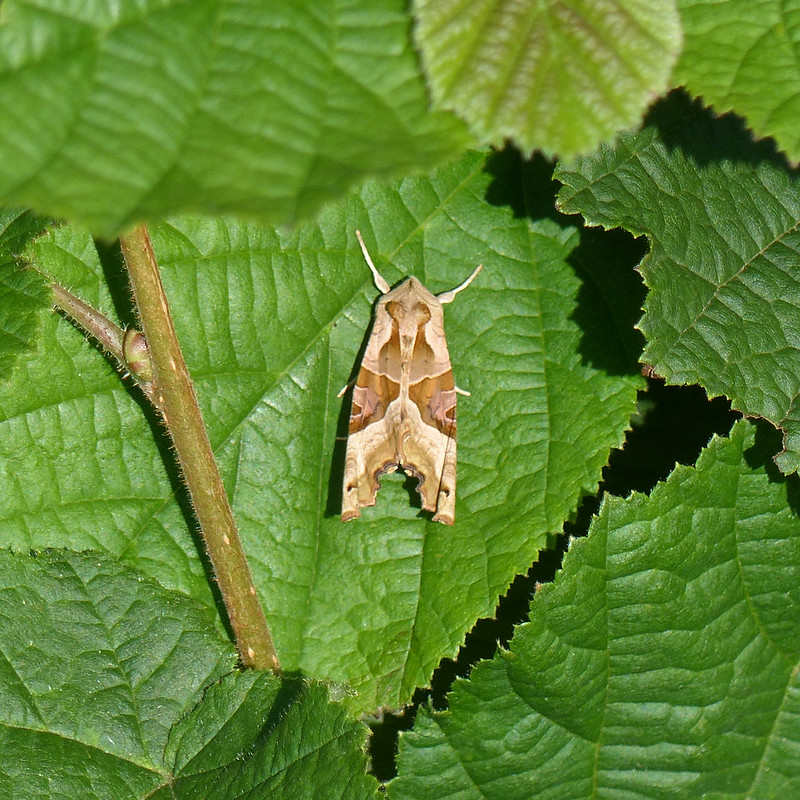
One final surprise for the day, on a leaf of a small Hazel sapling, an Angle Shades Moth. I knew that it was an Angle Shades, even though I don’t think I’ve seen one before. It’s bizarre that obscure facts like that stick with me, but that I can’t remember useful things like people’s names.
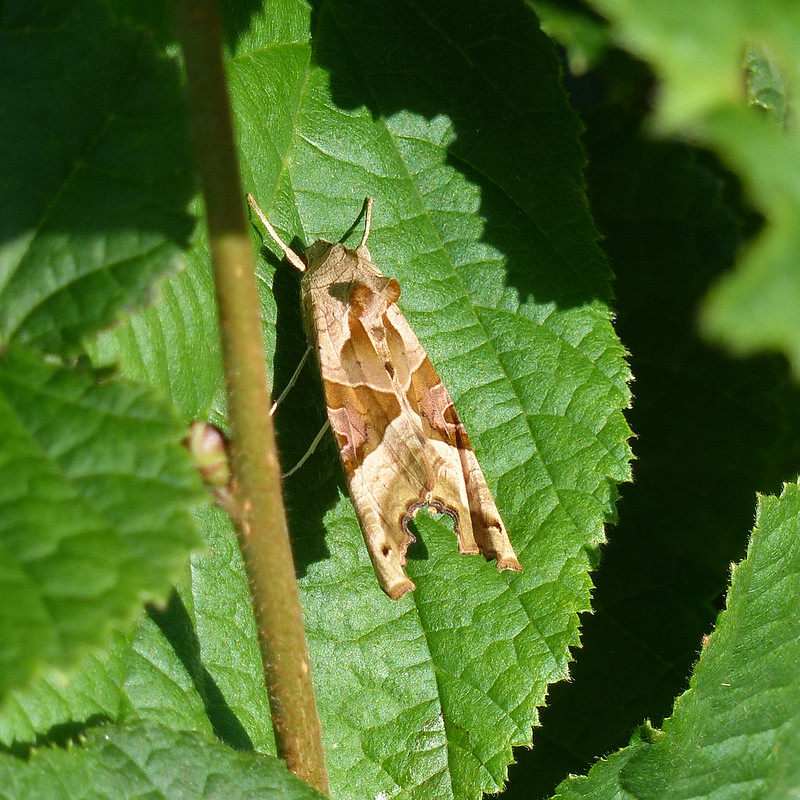

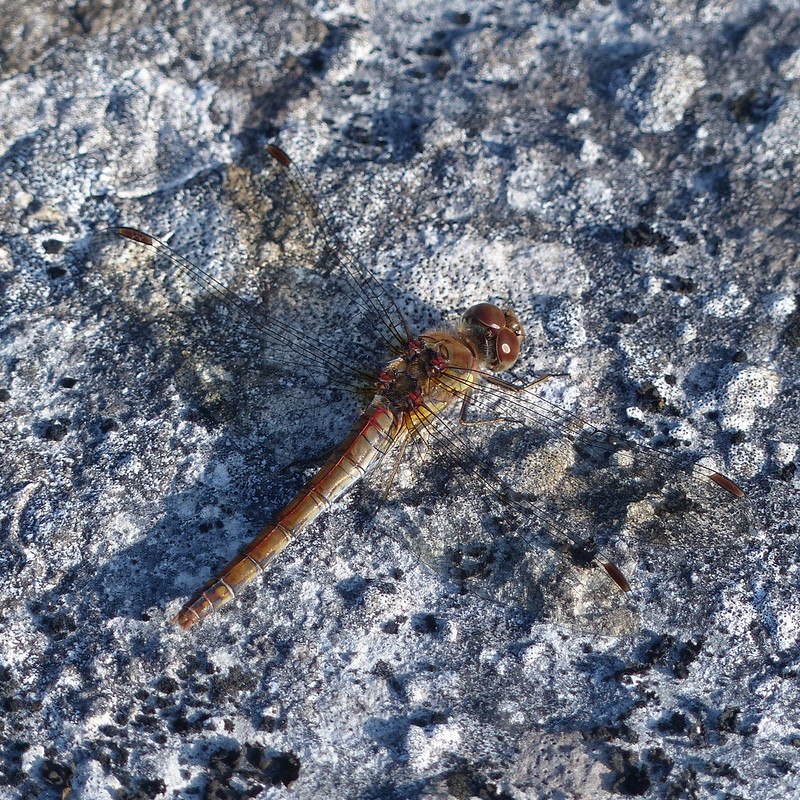
If every local walk were as packed with interest as this one, I might never both going anywhere else!
